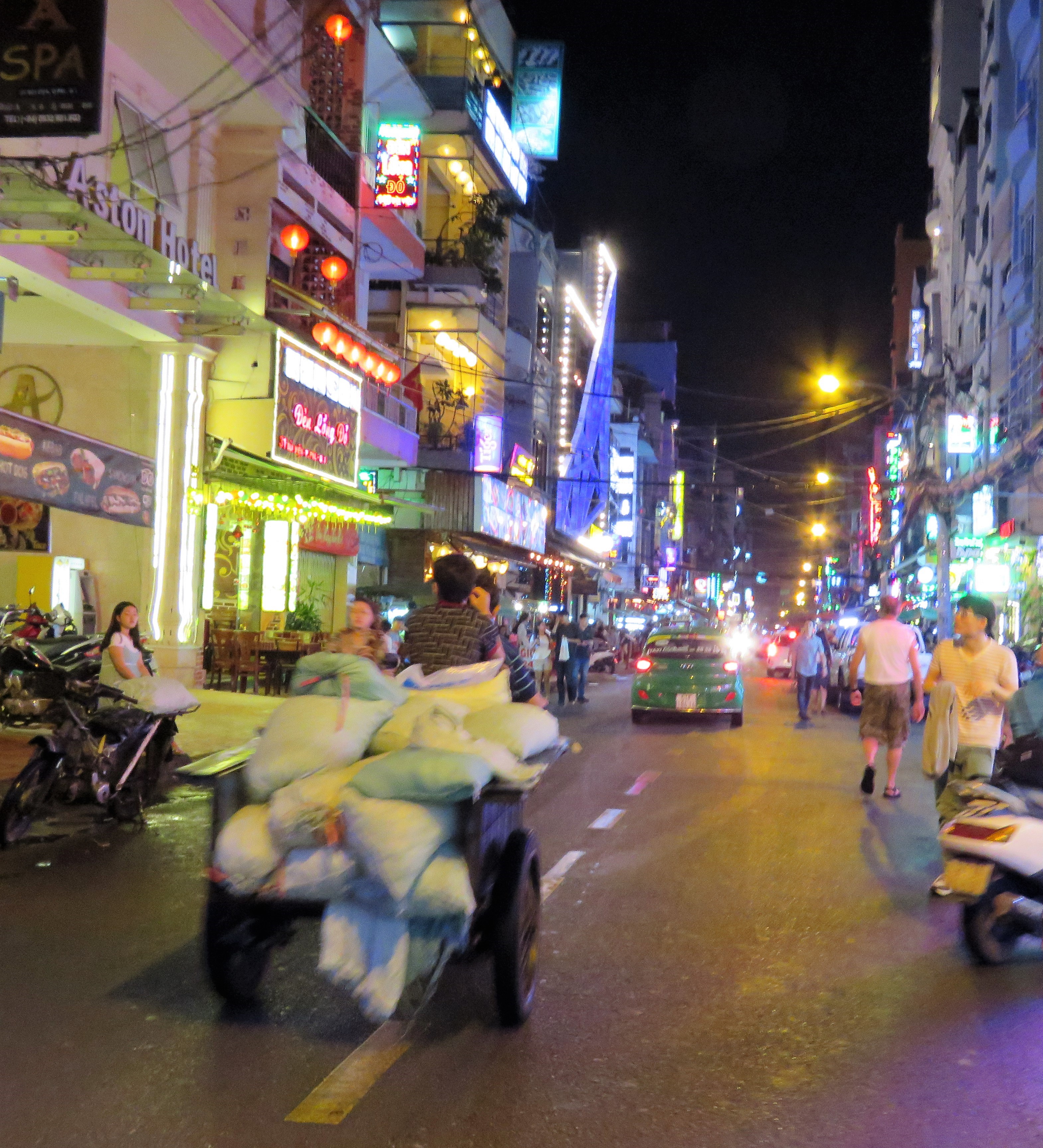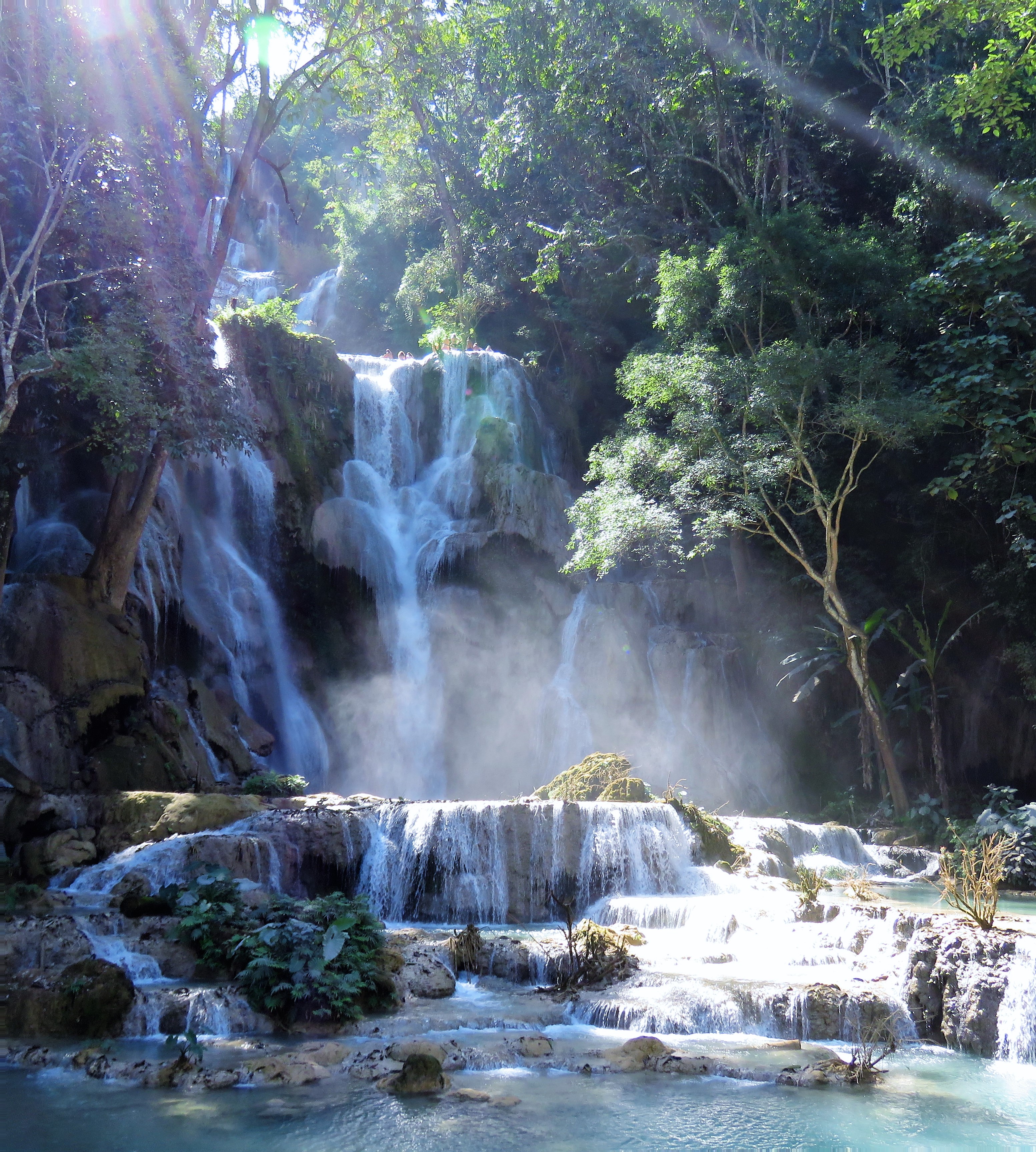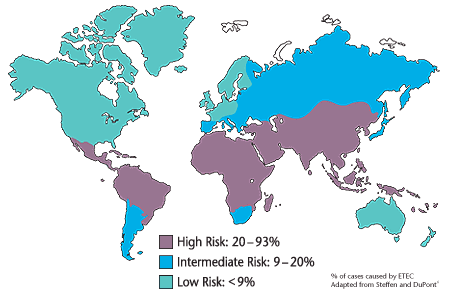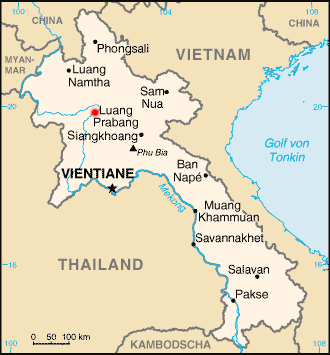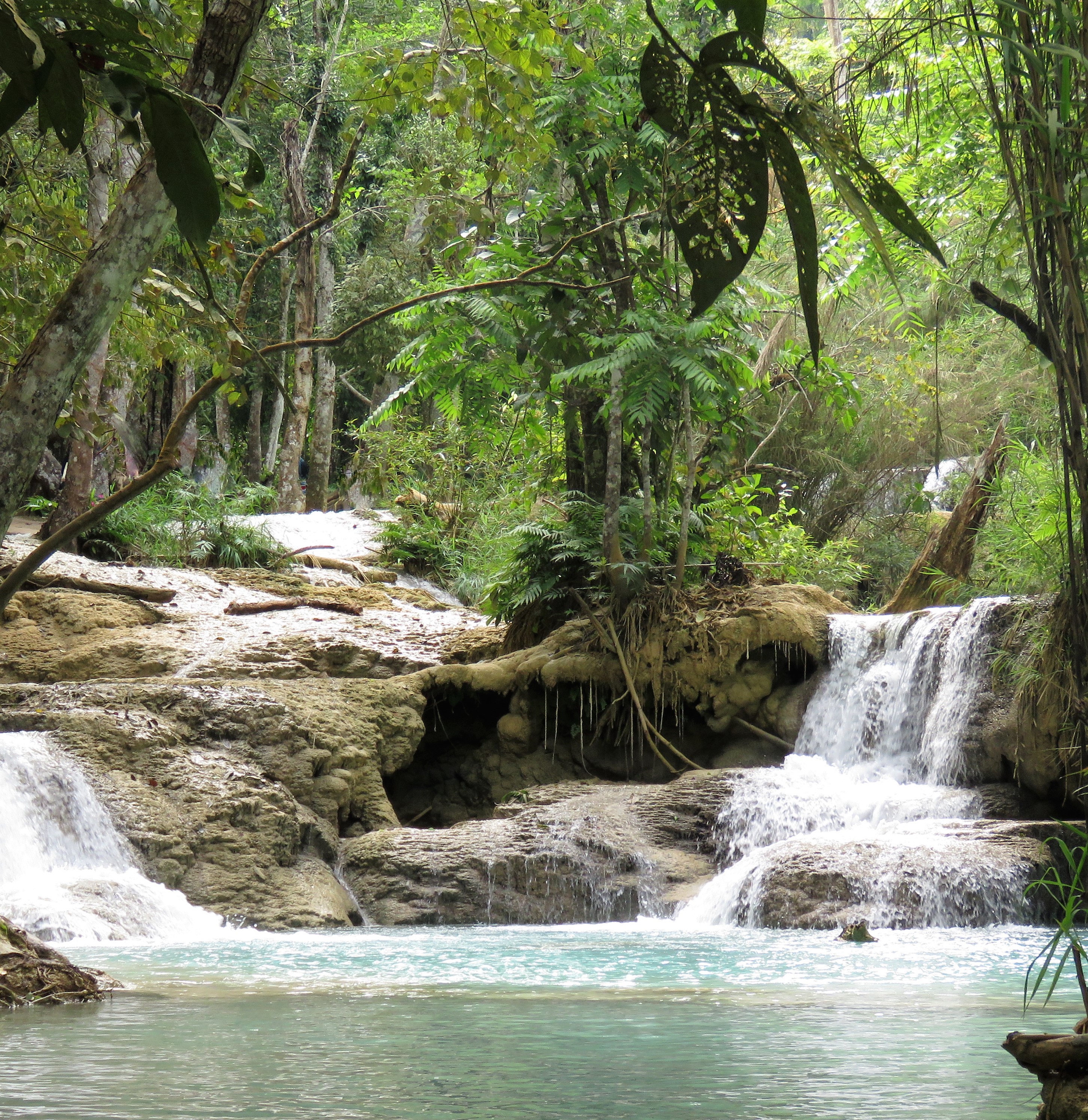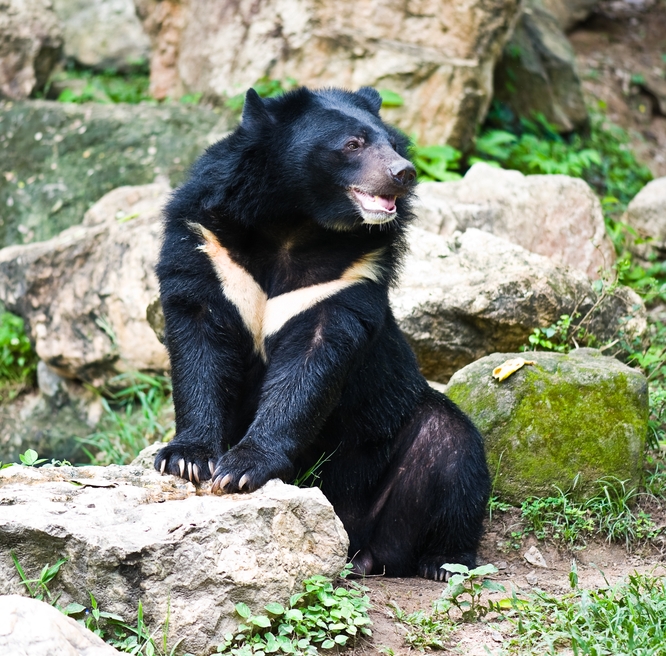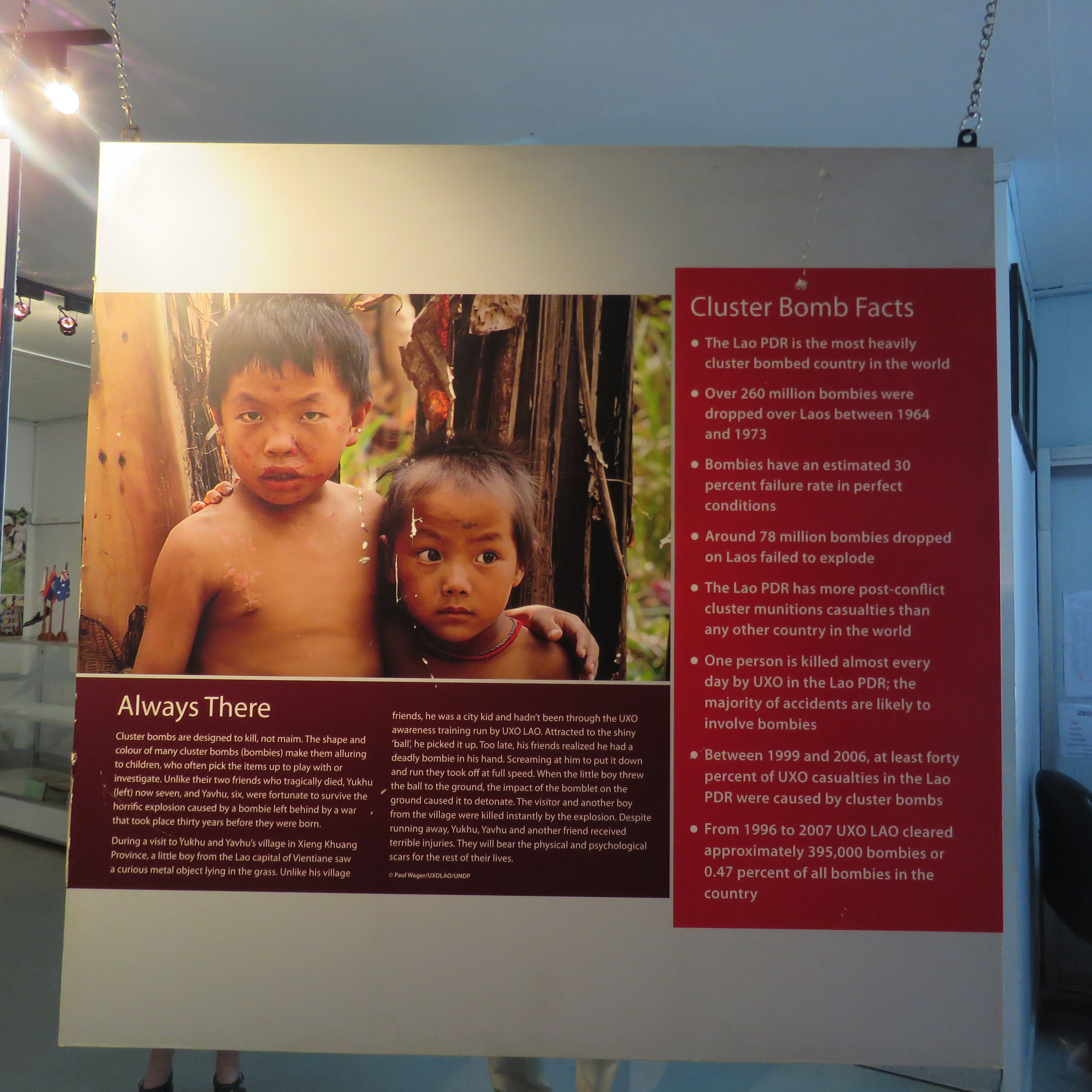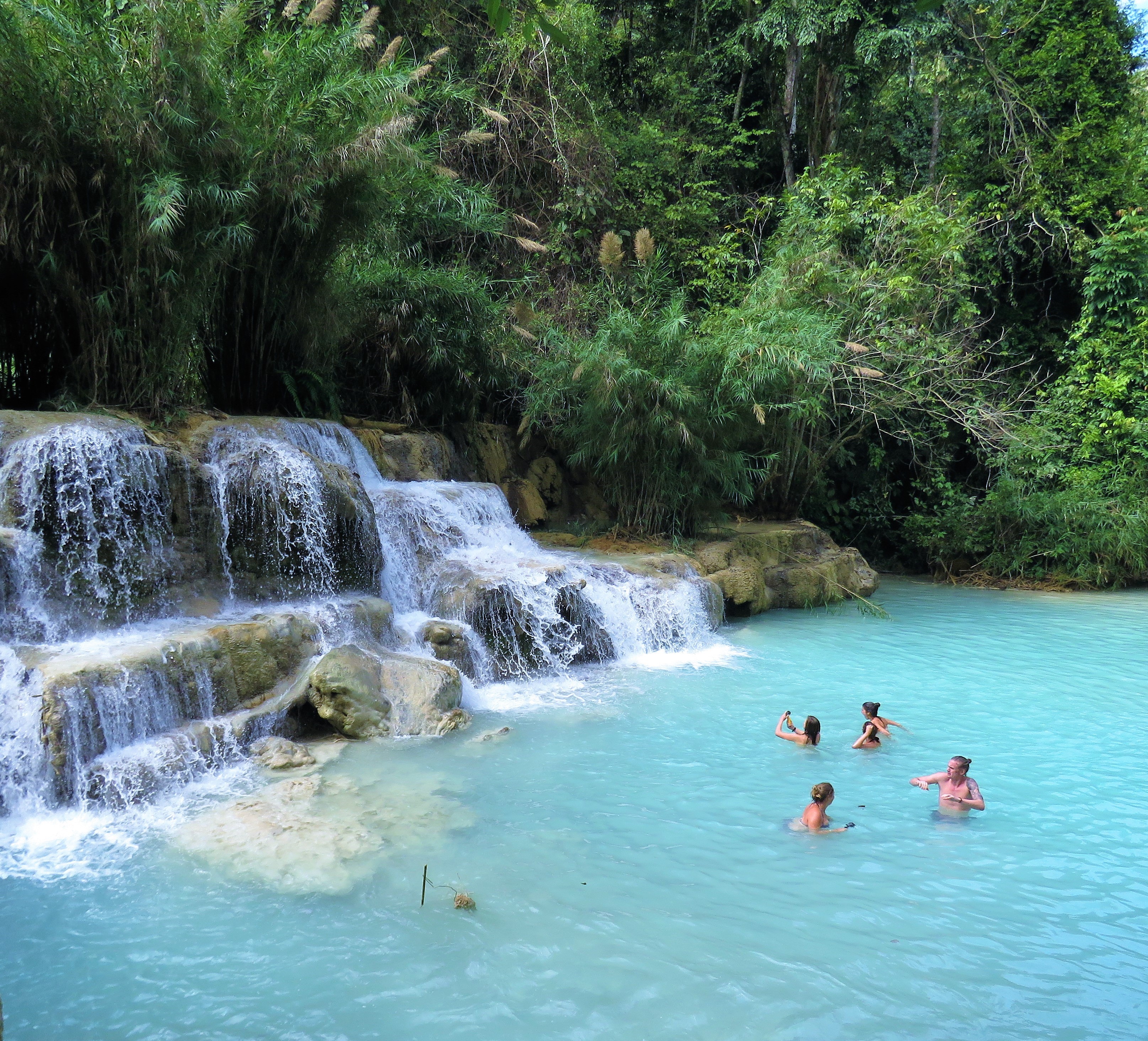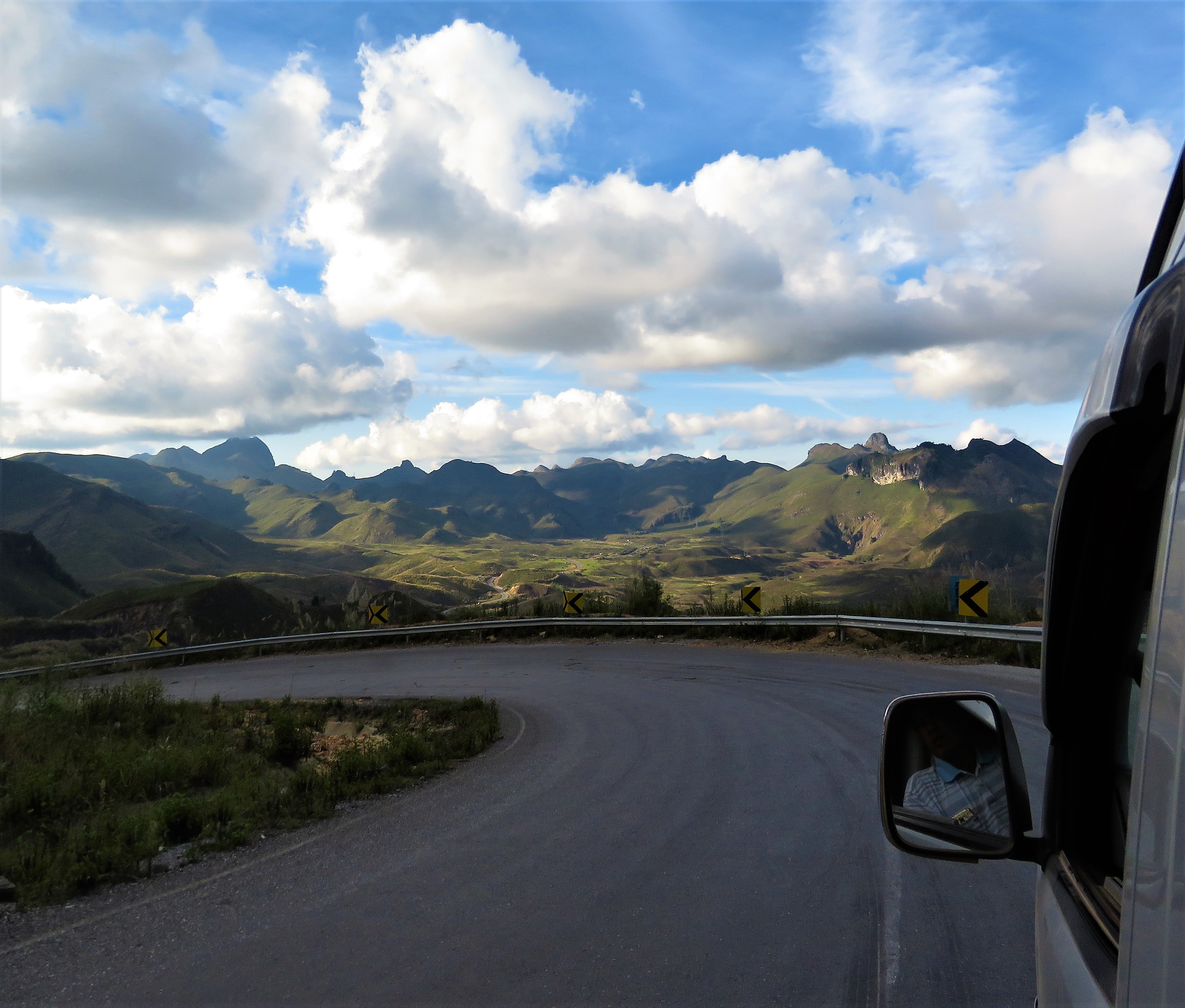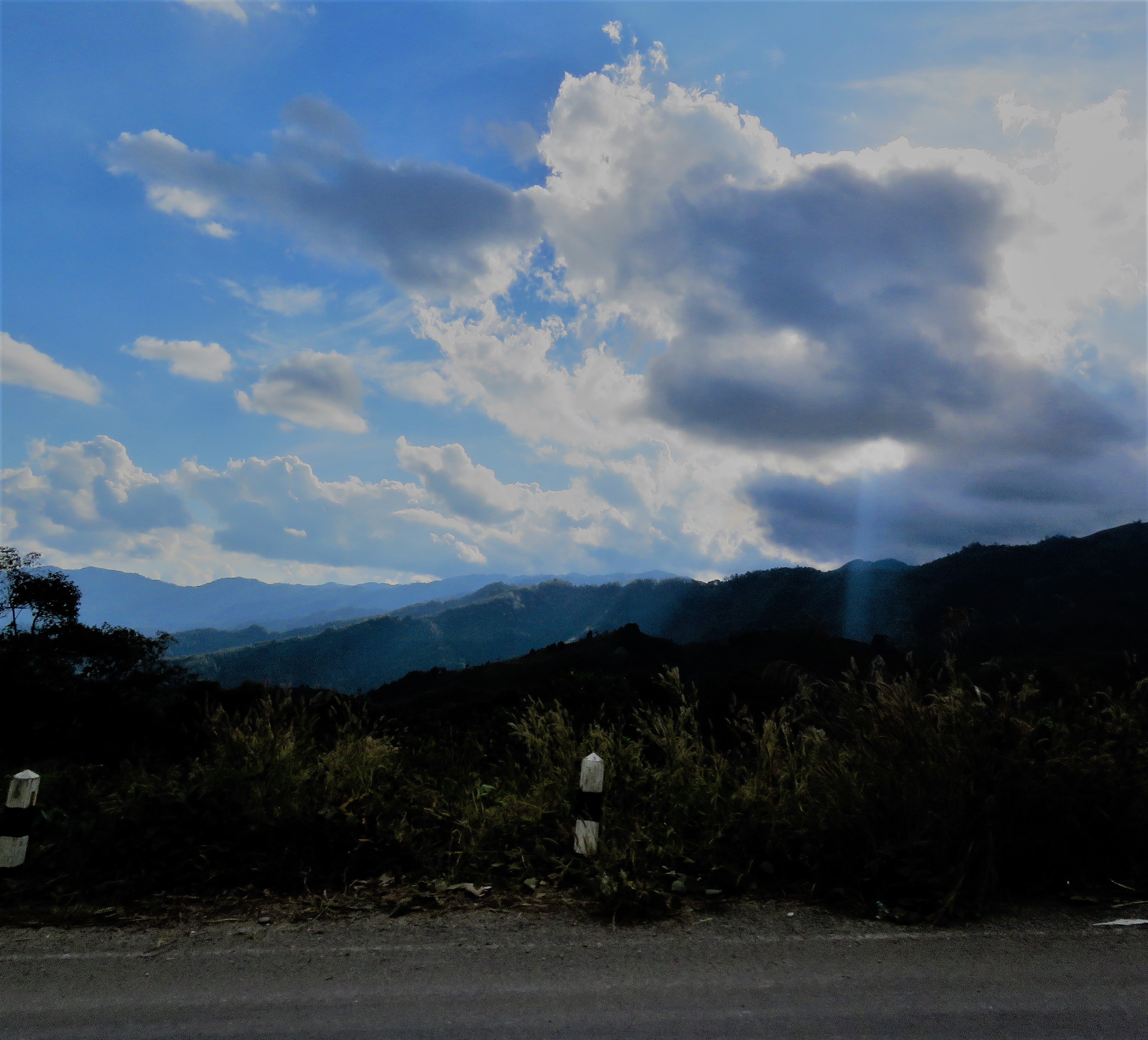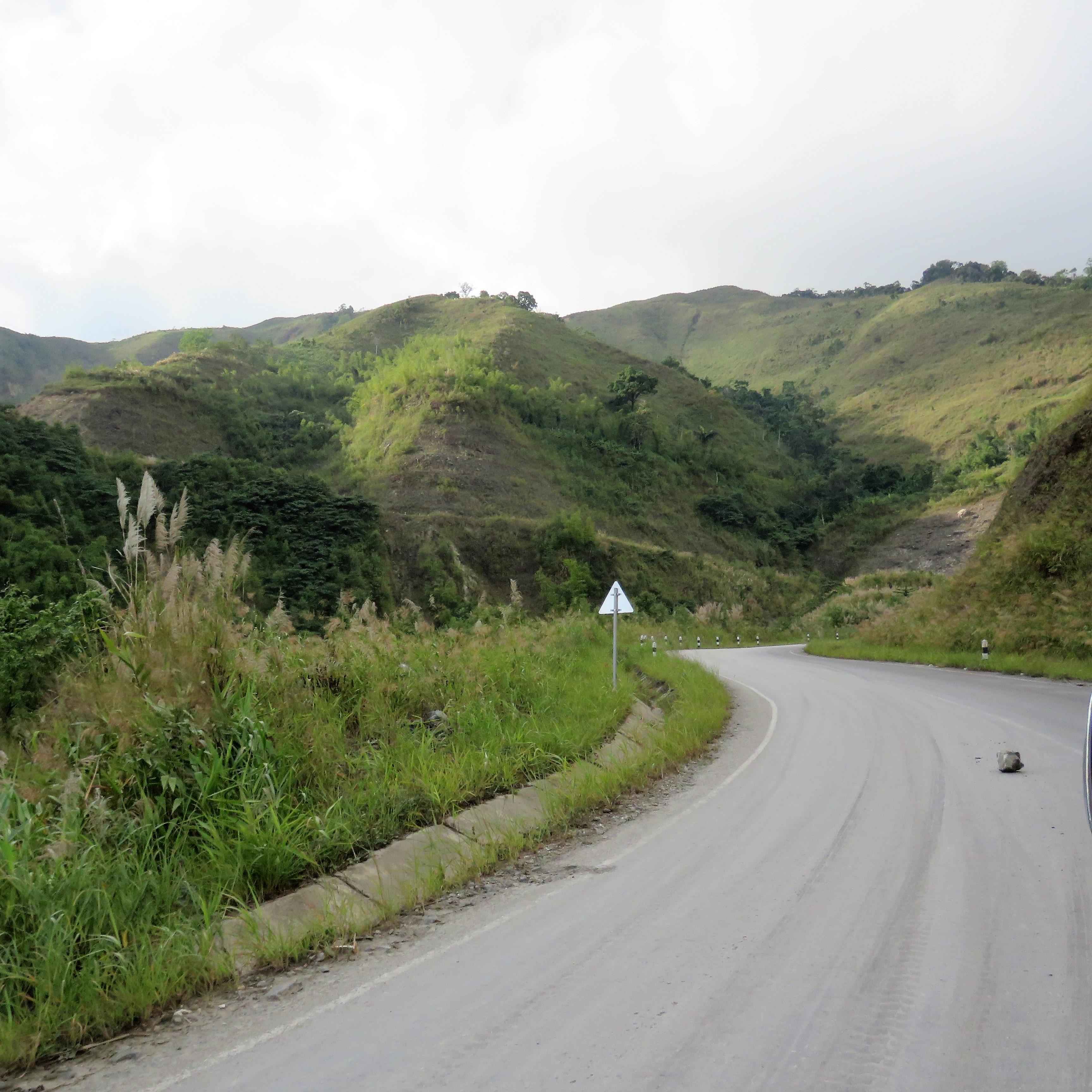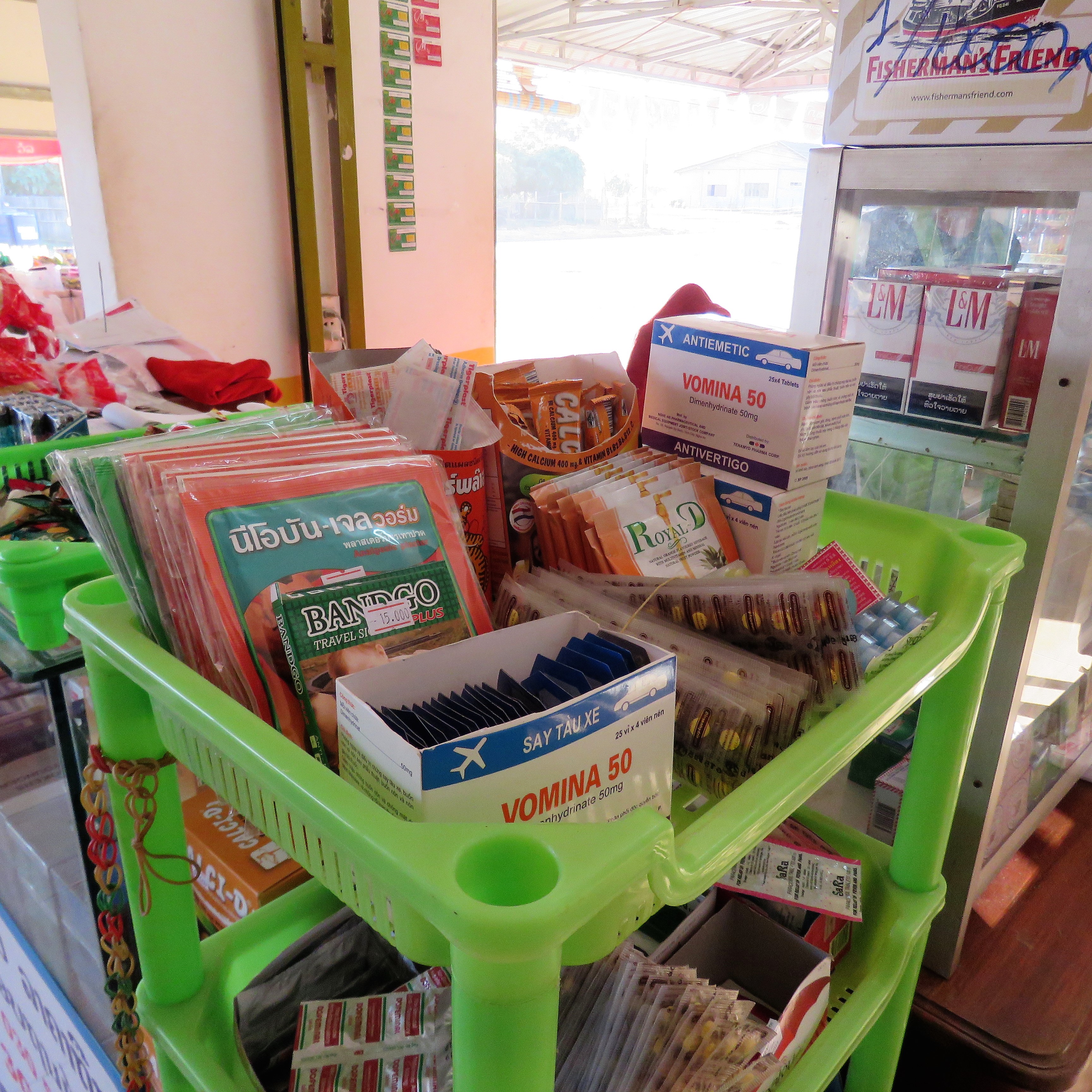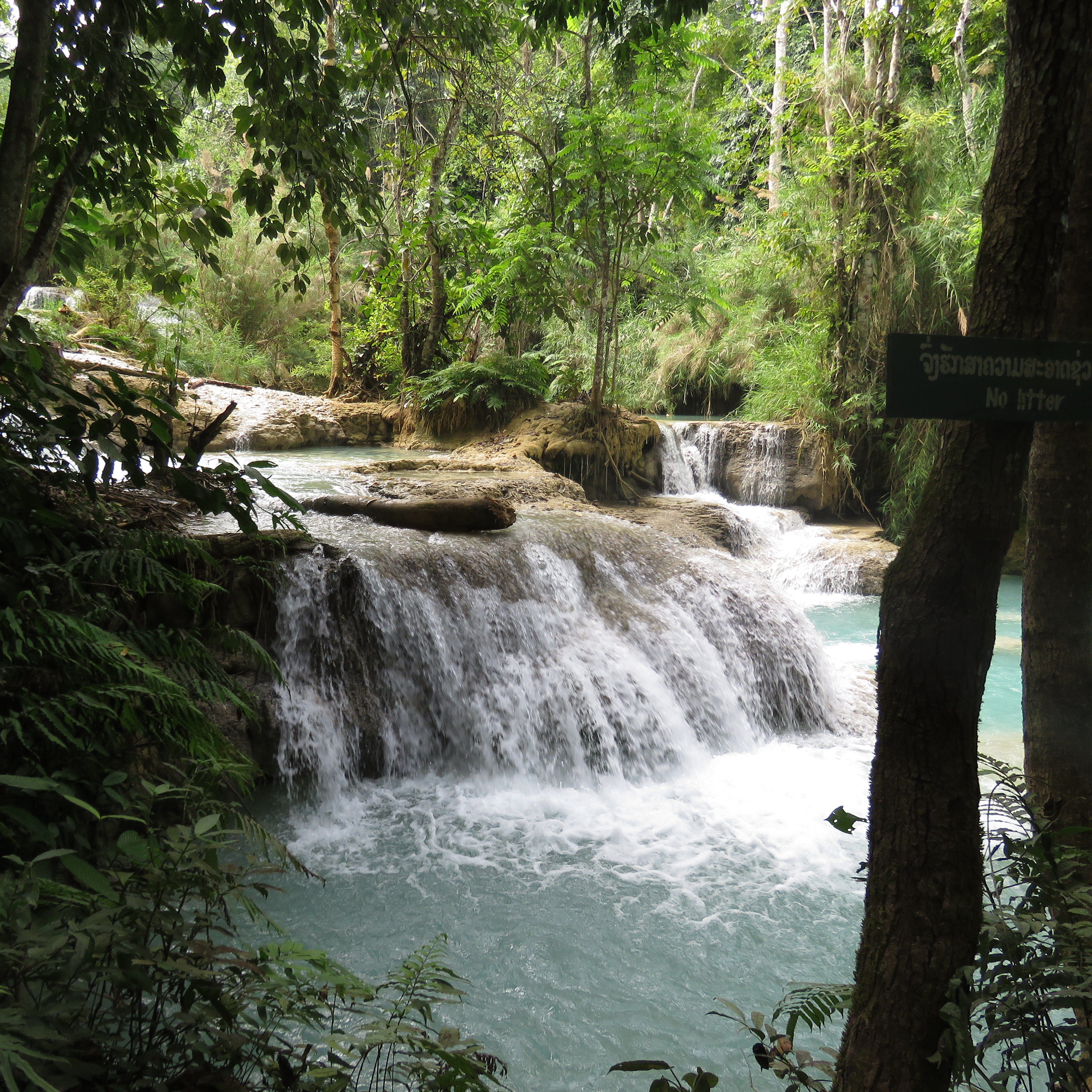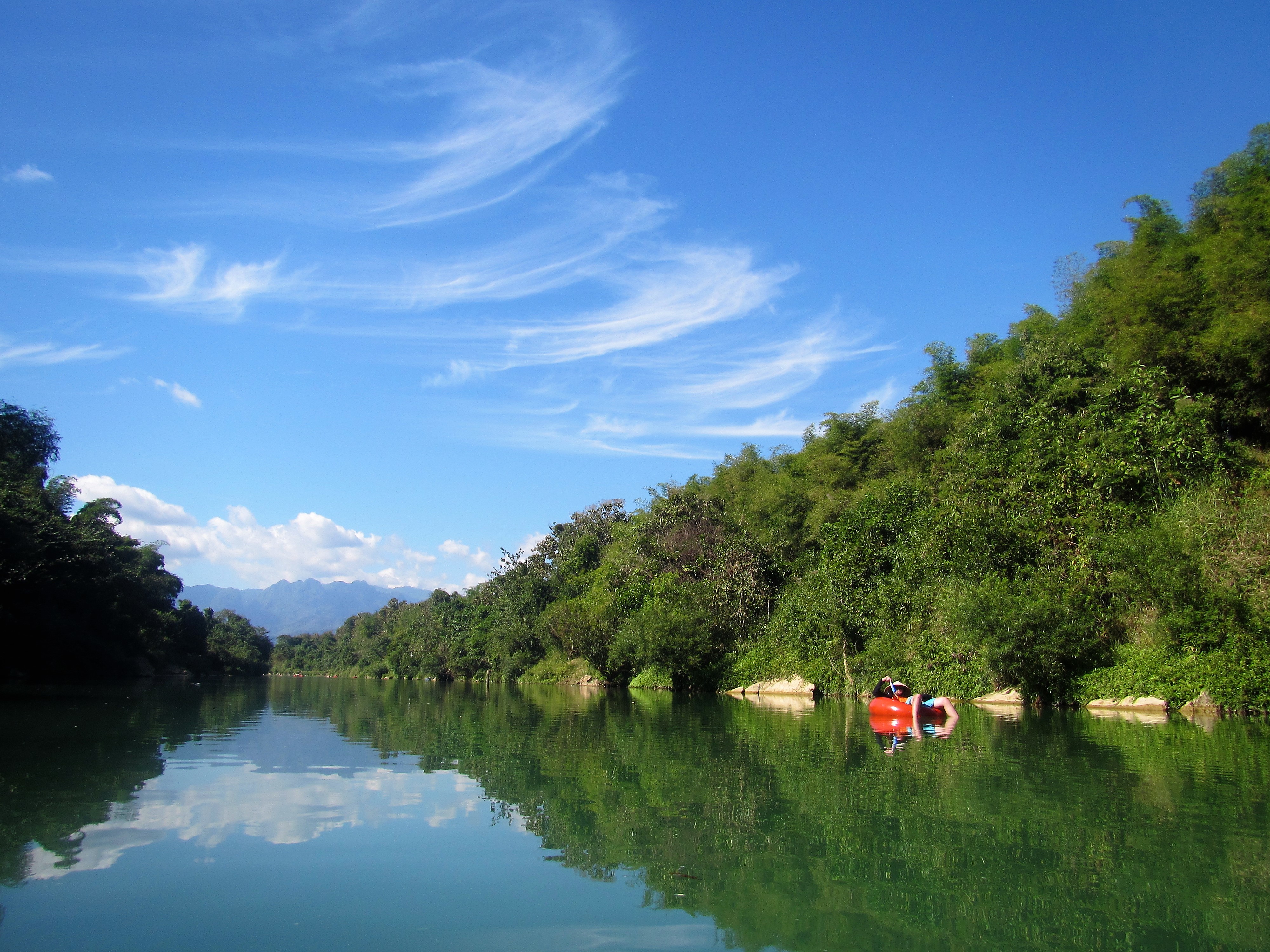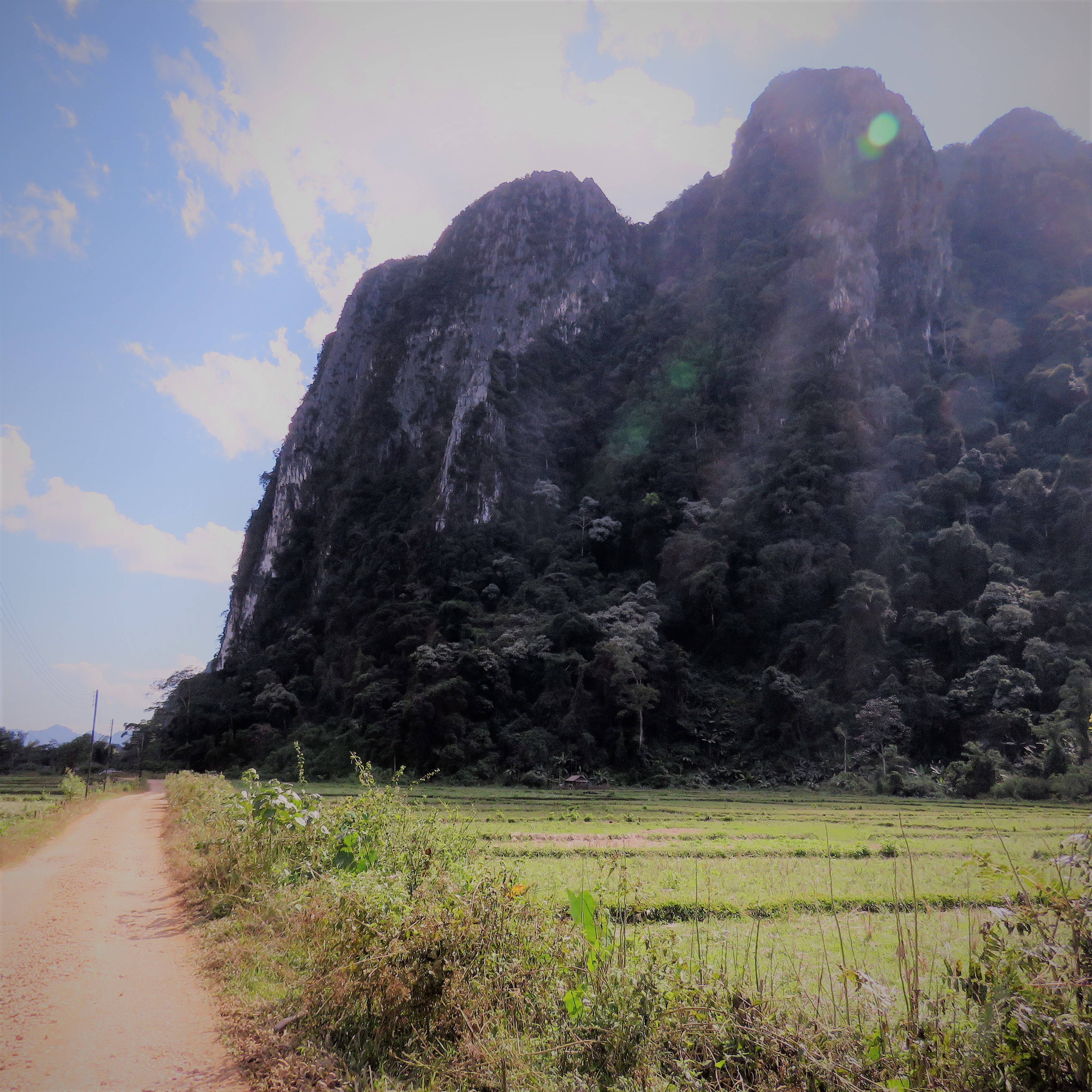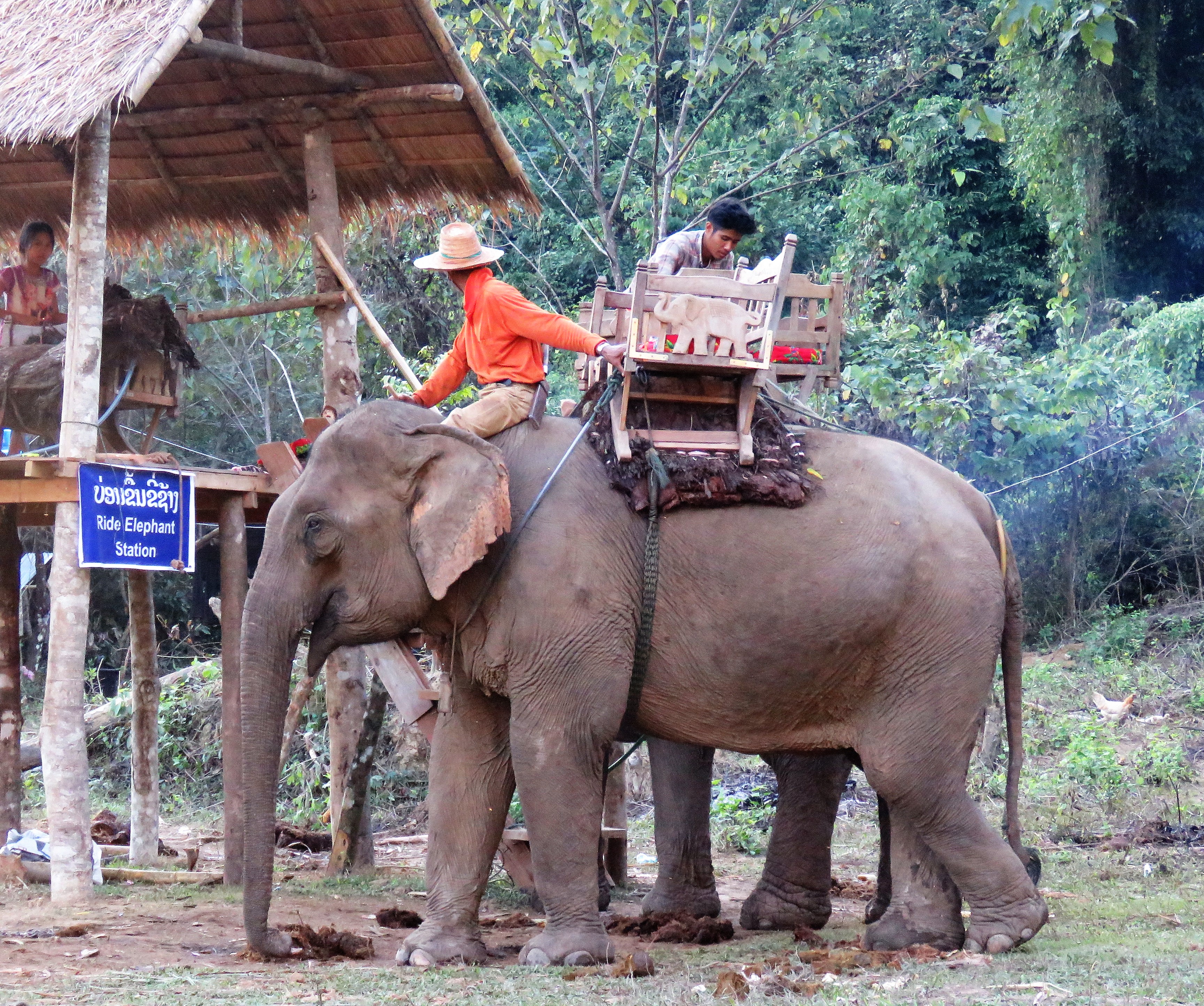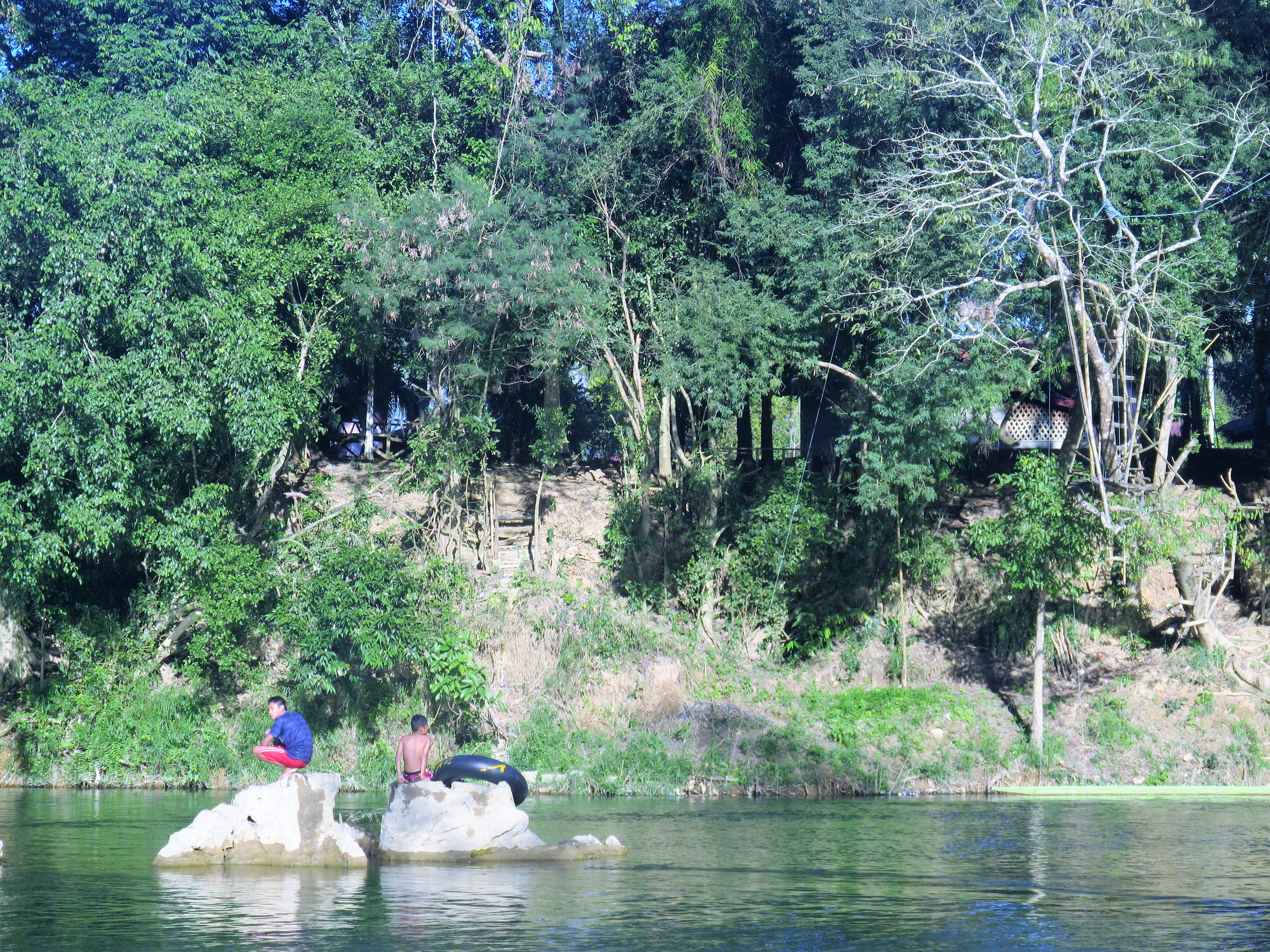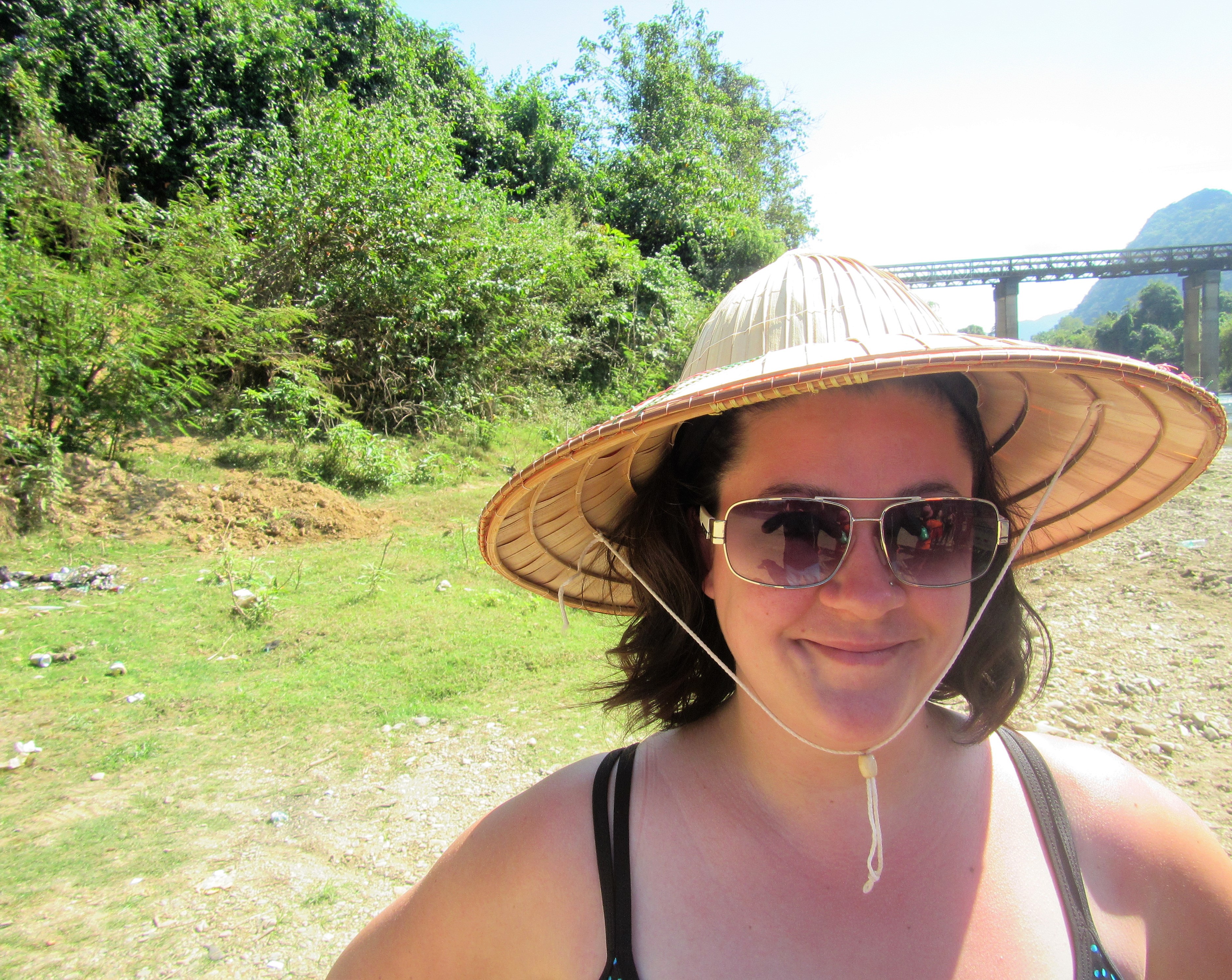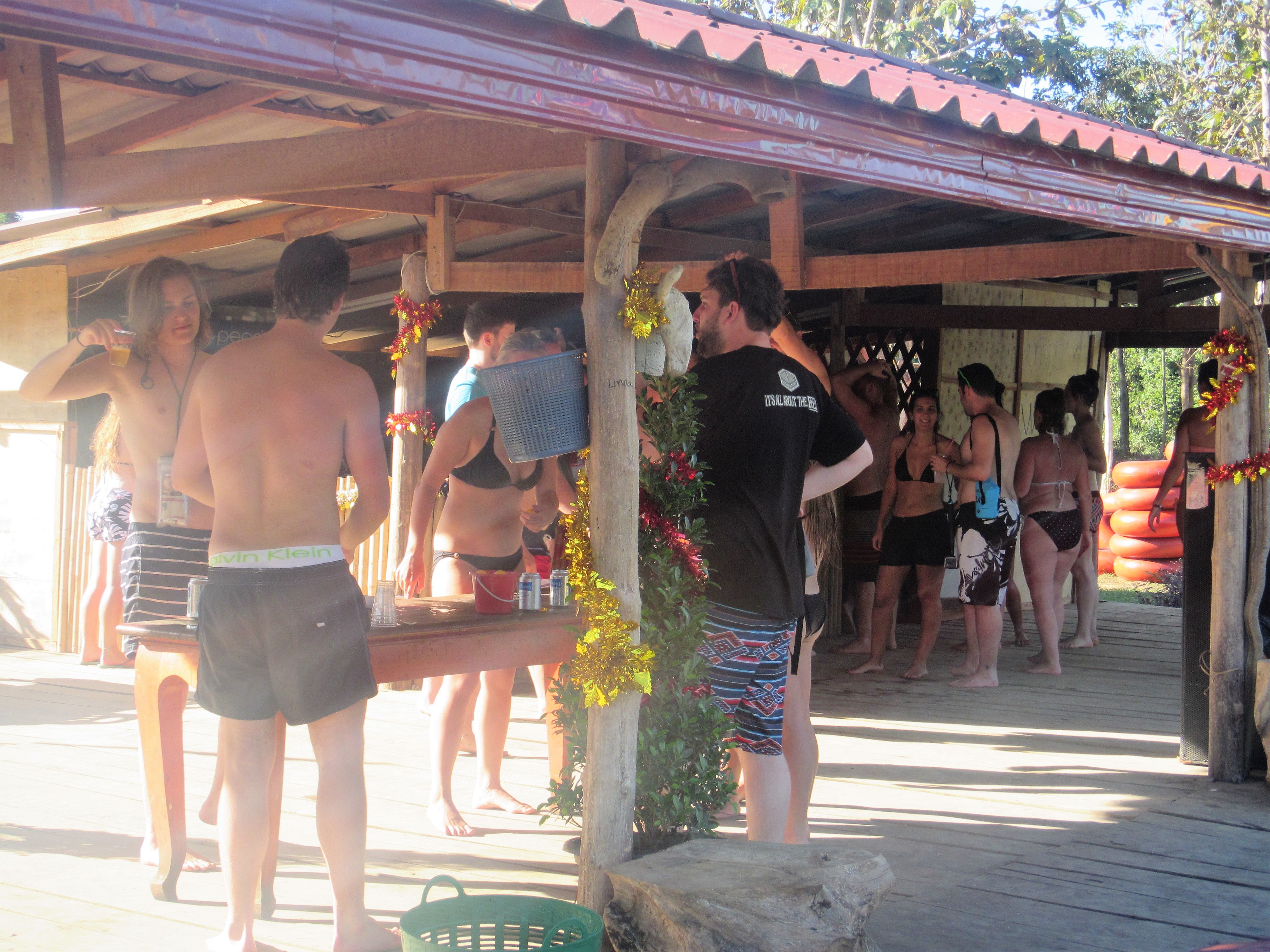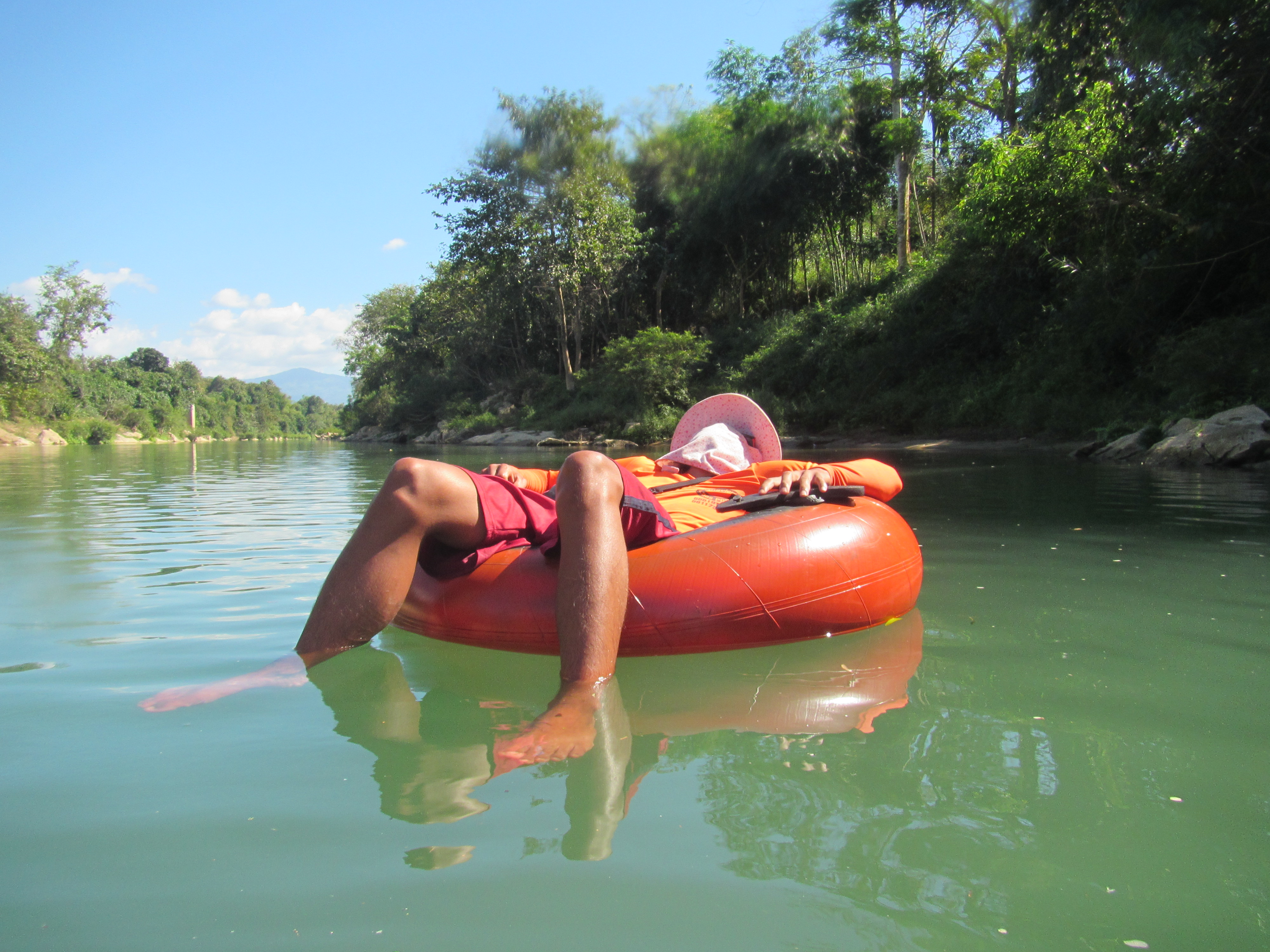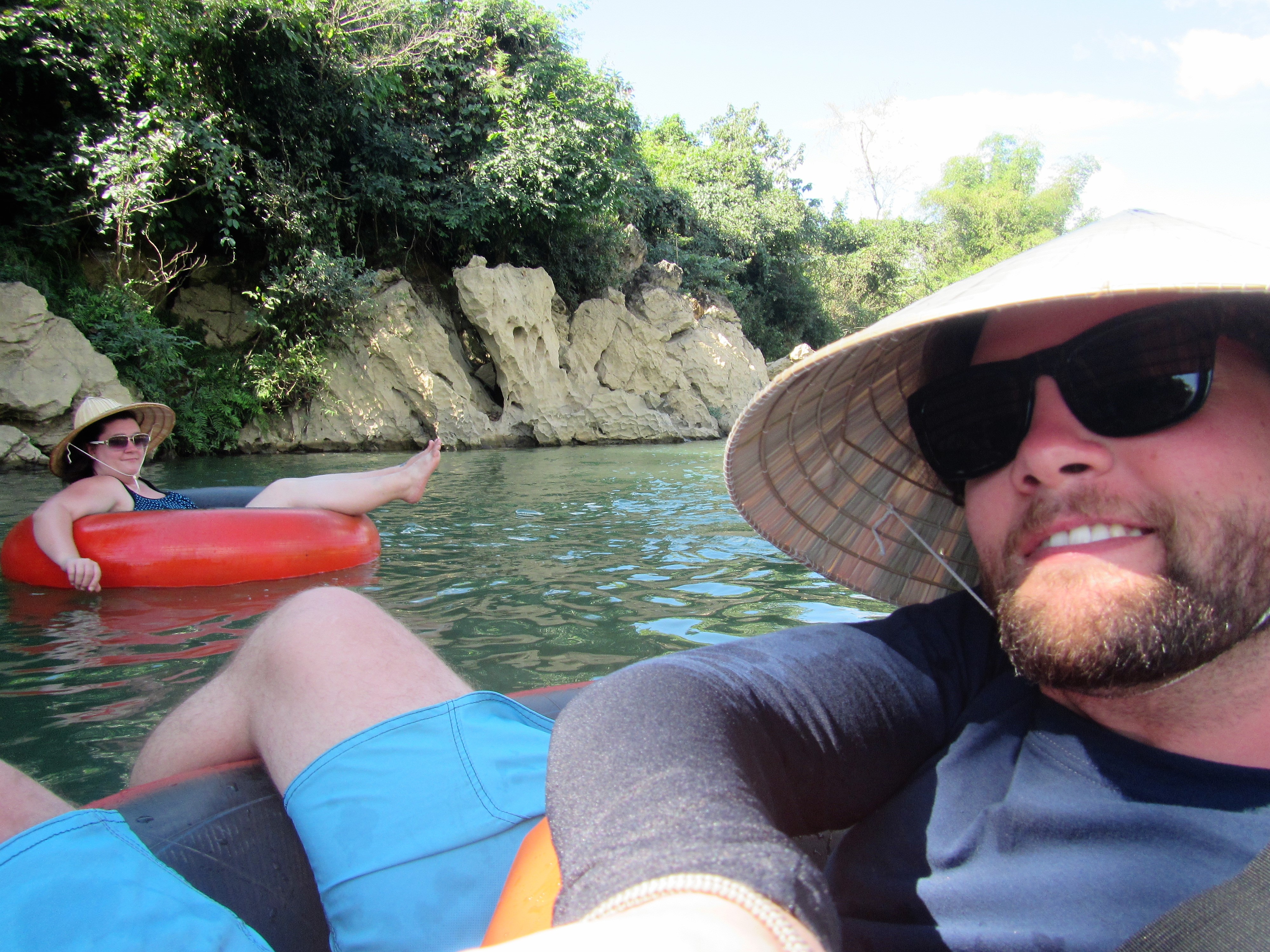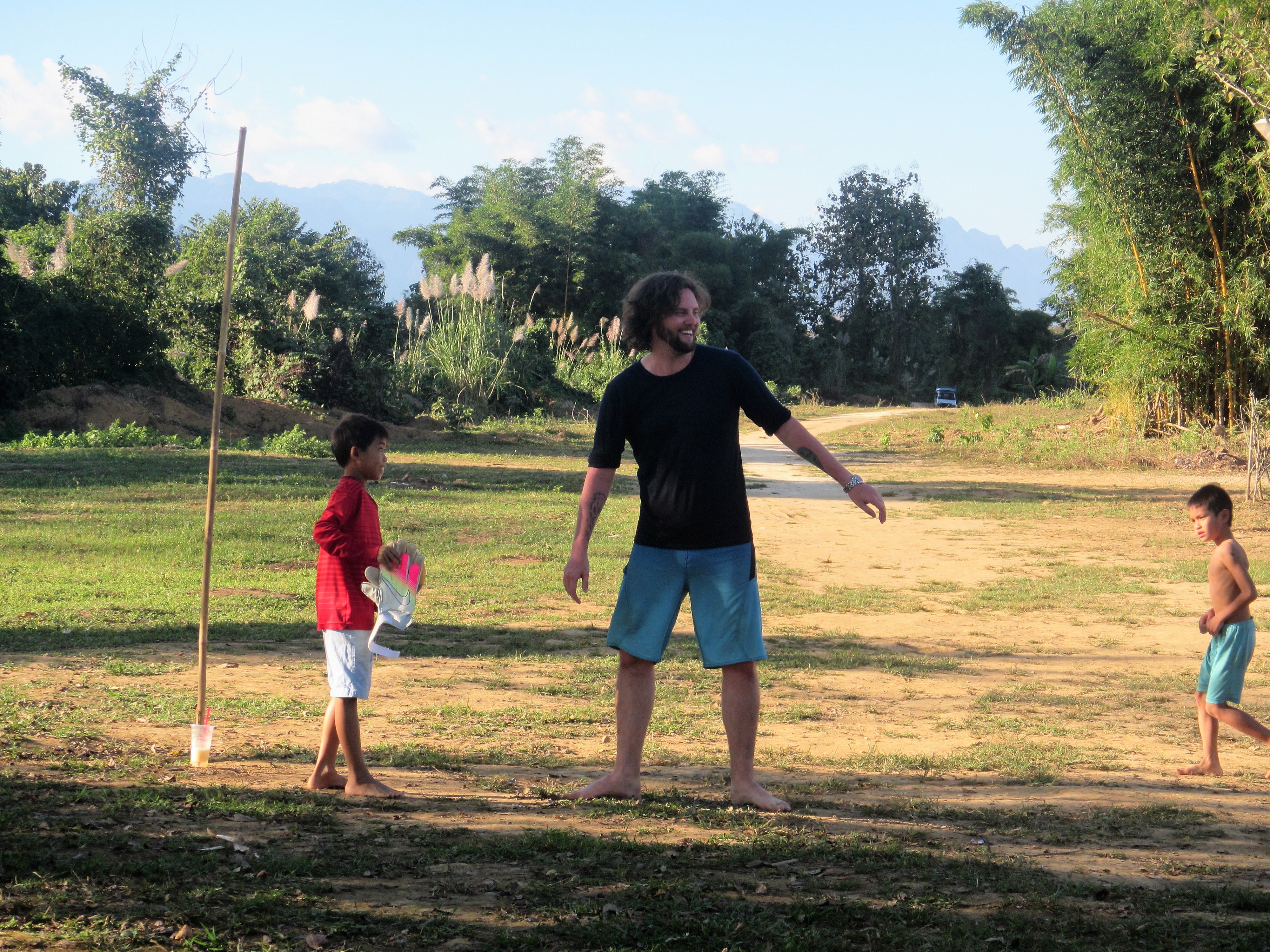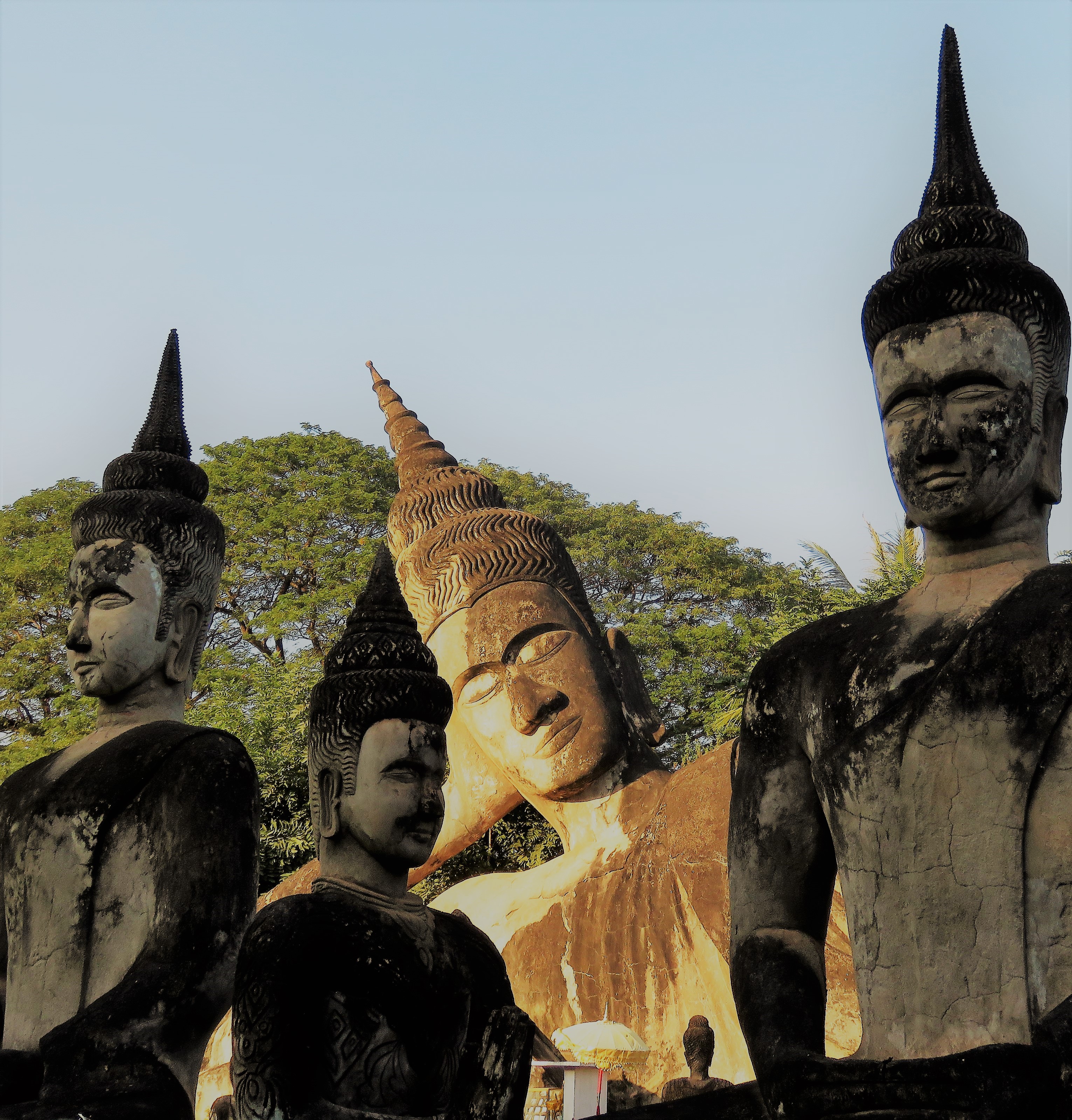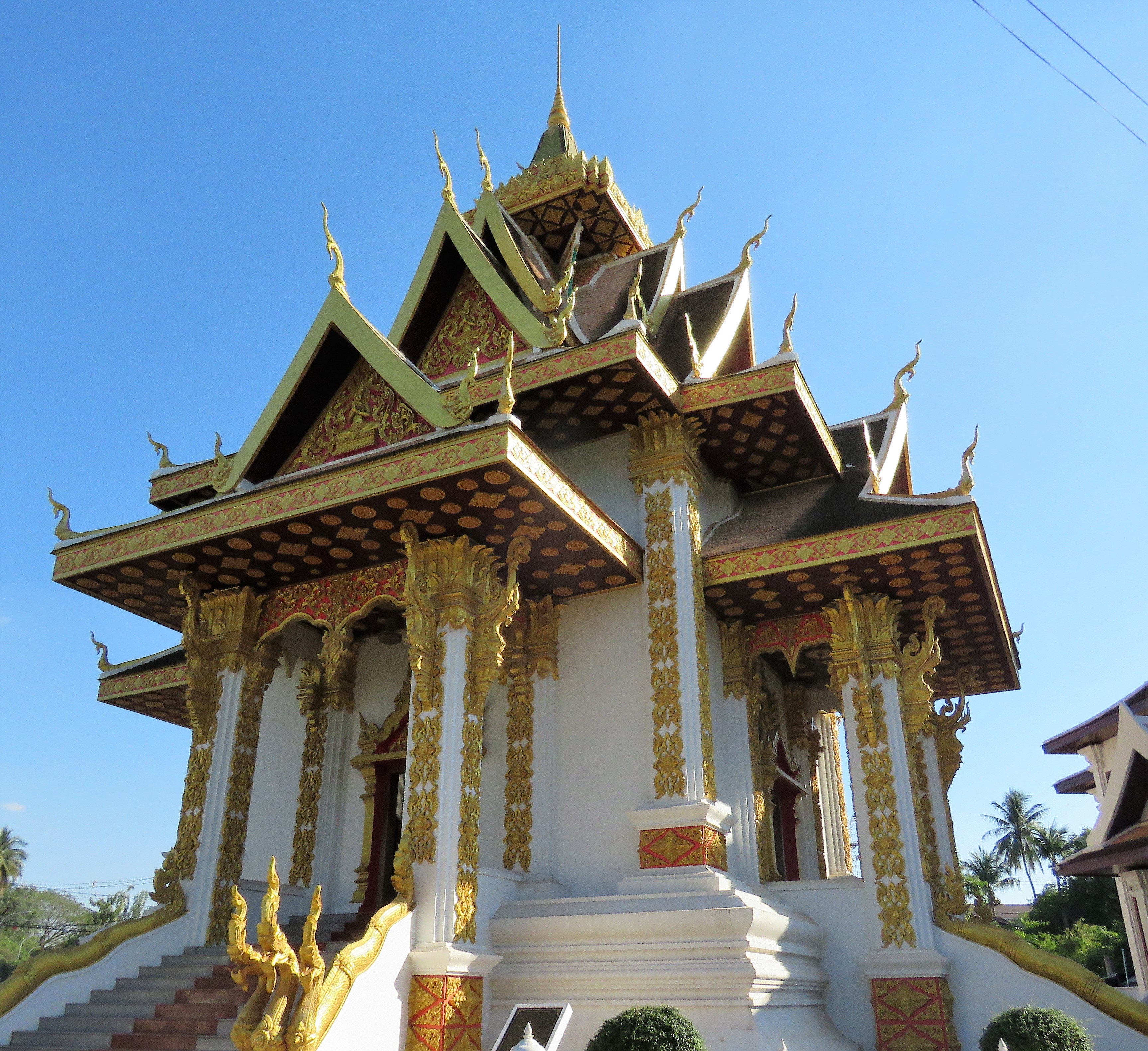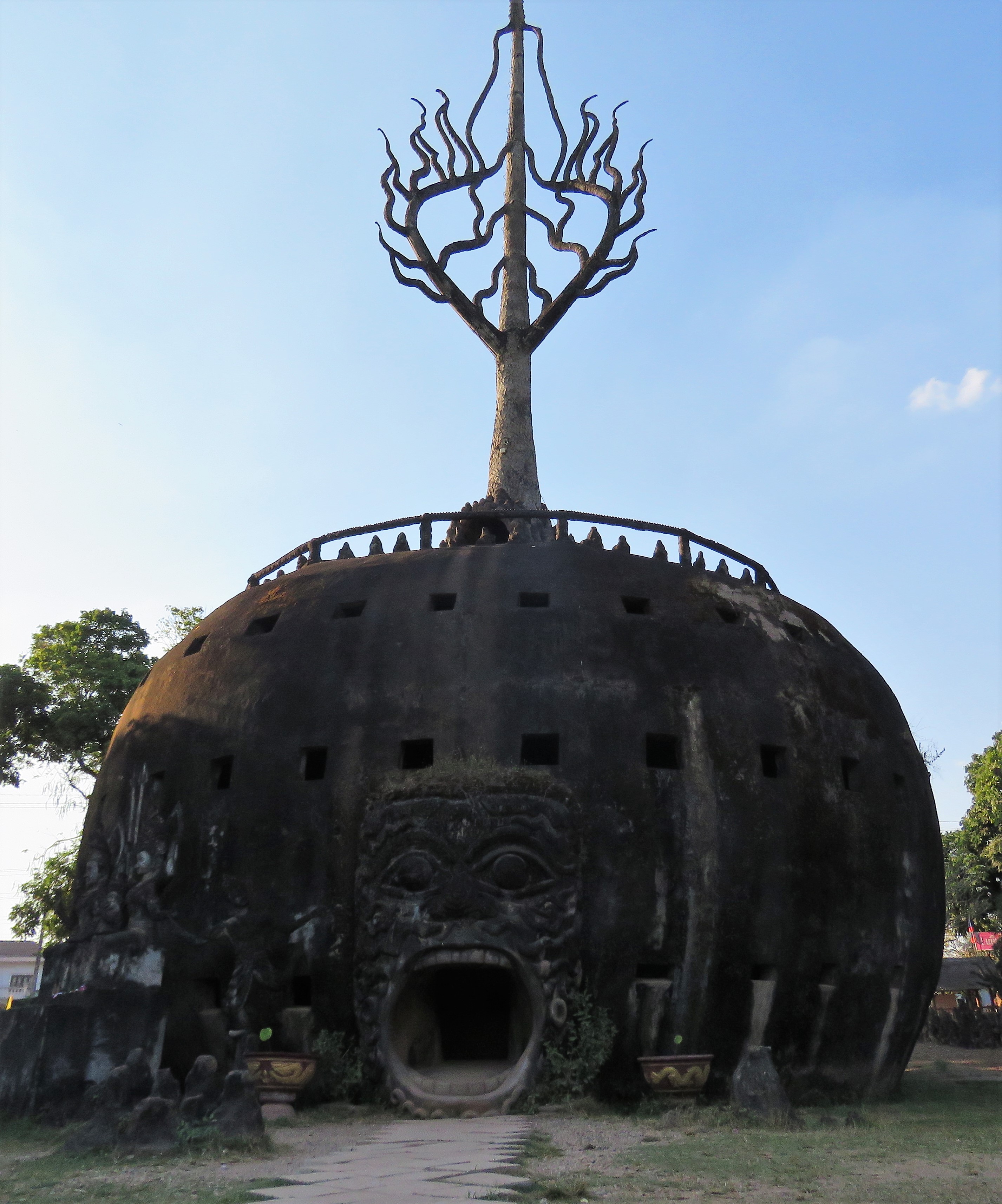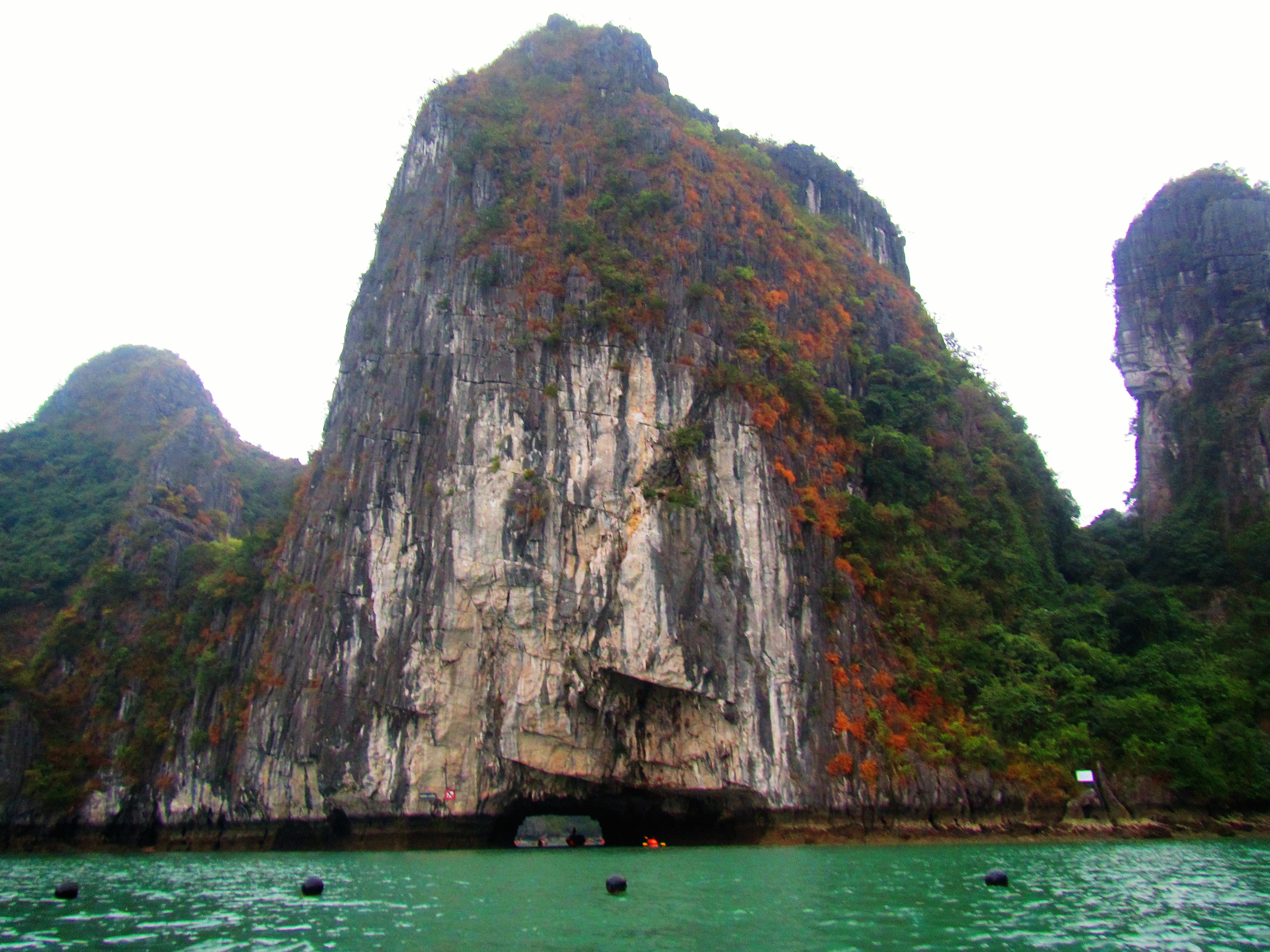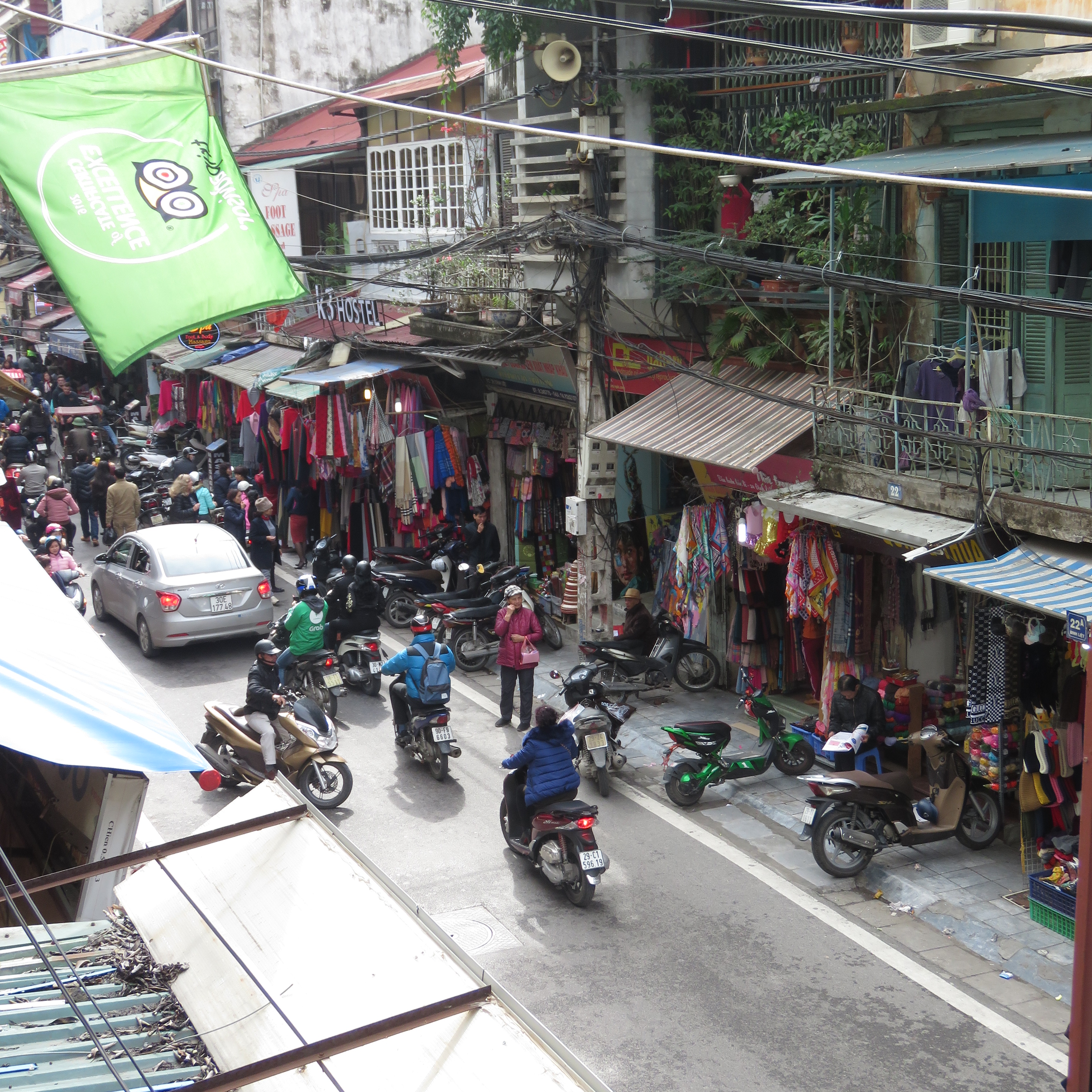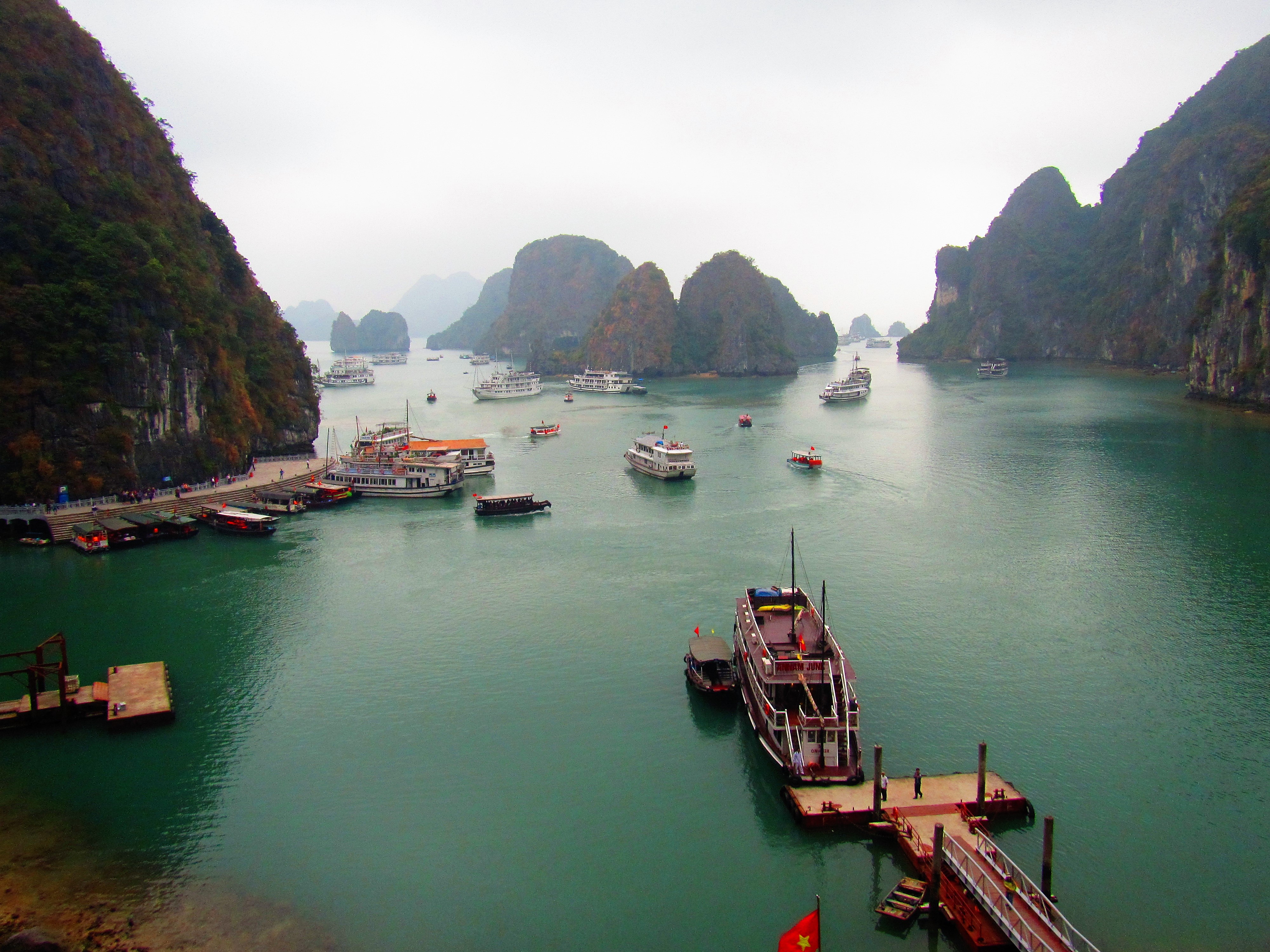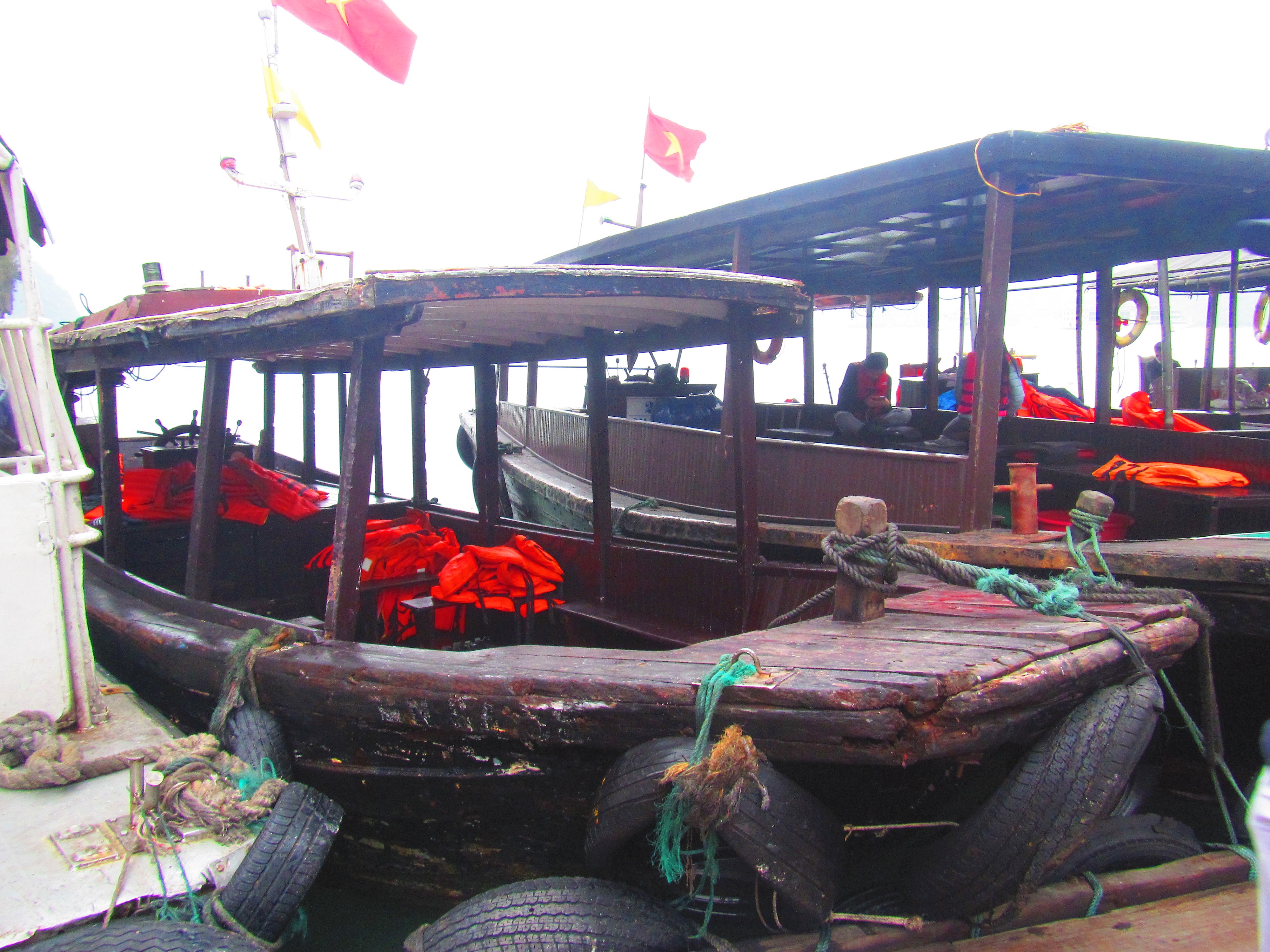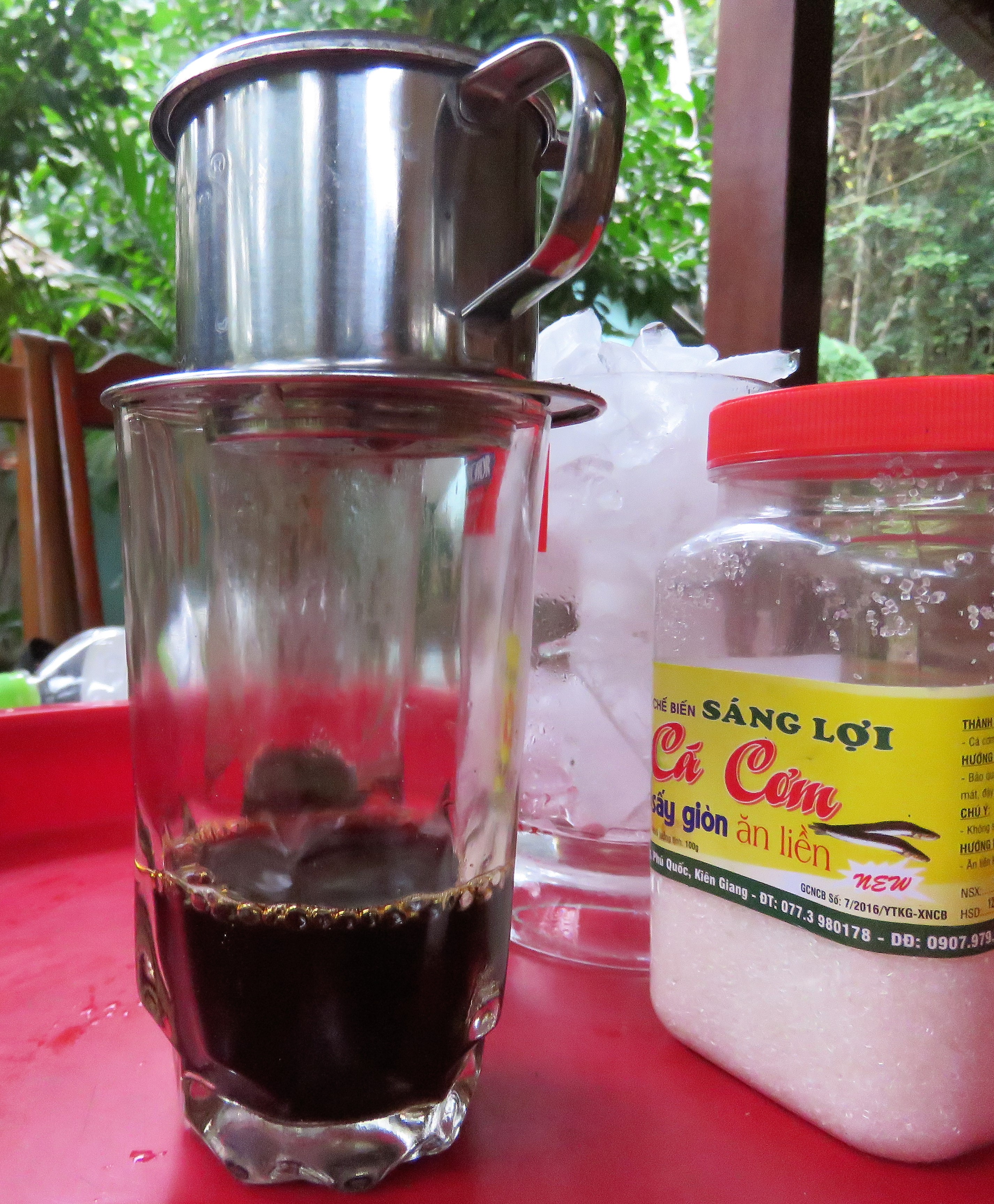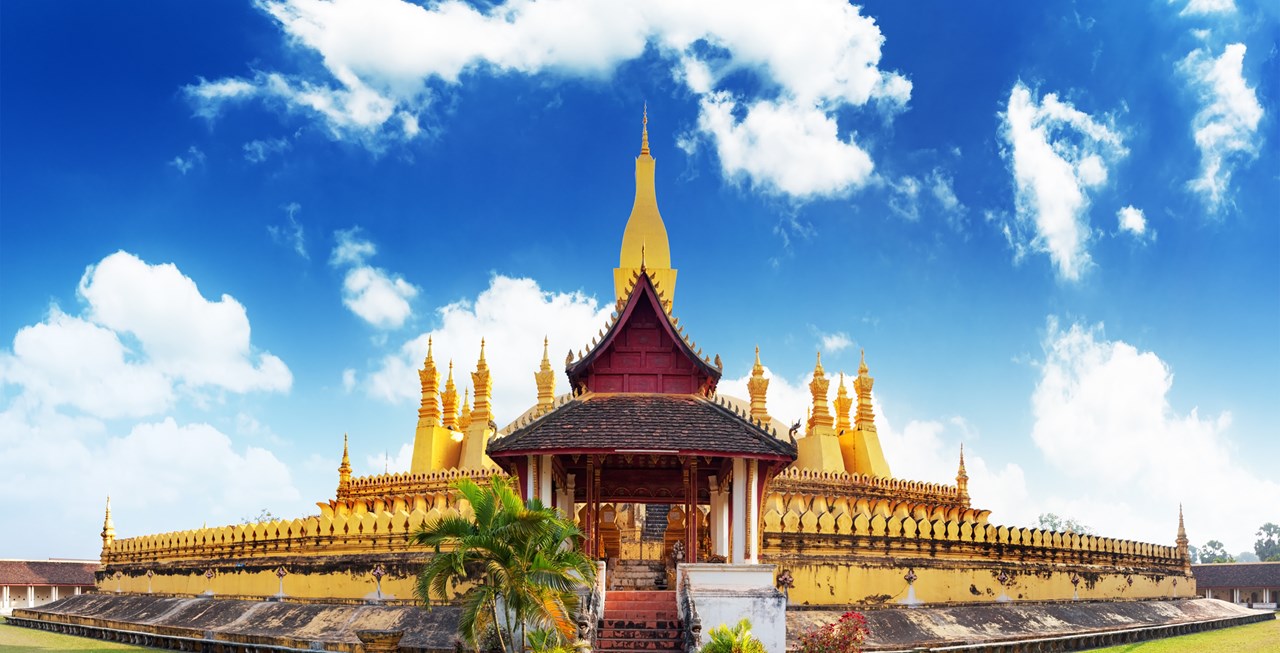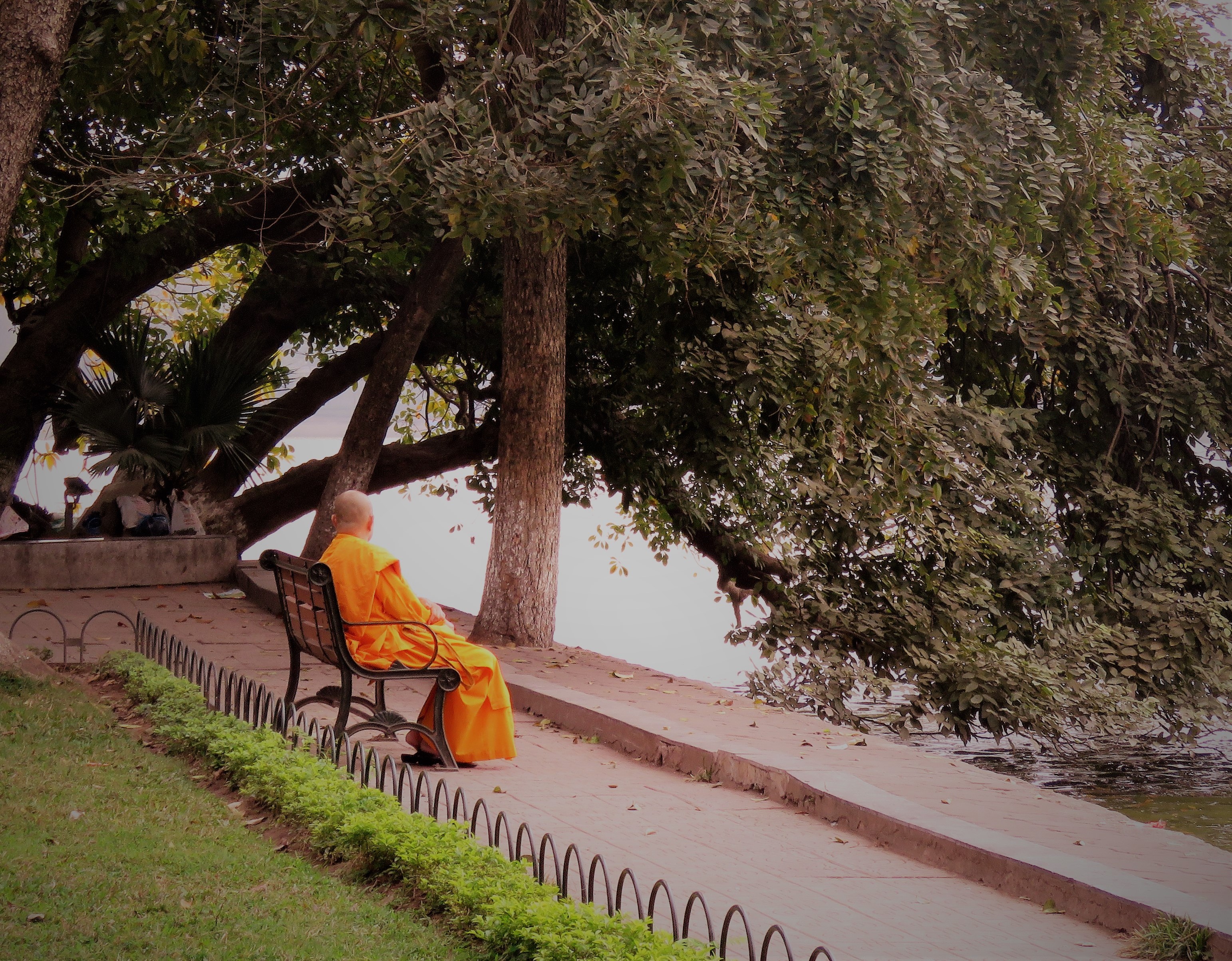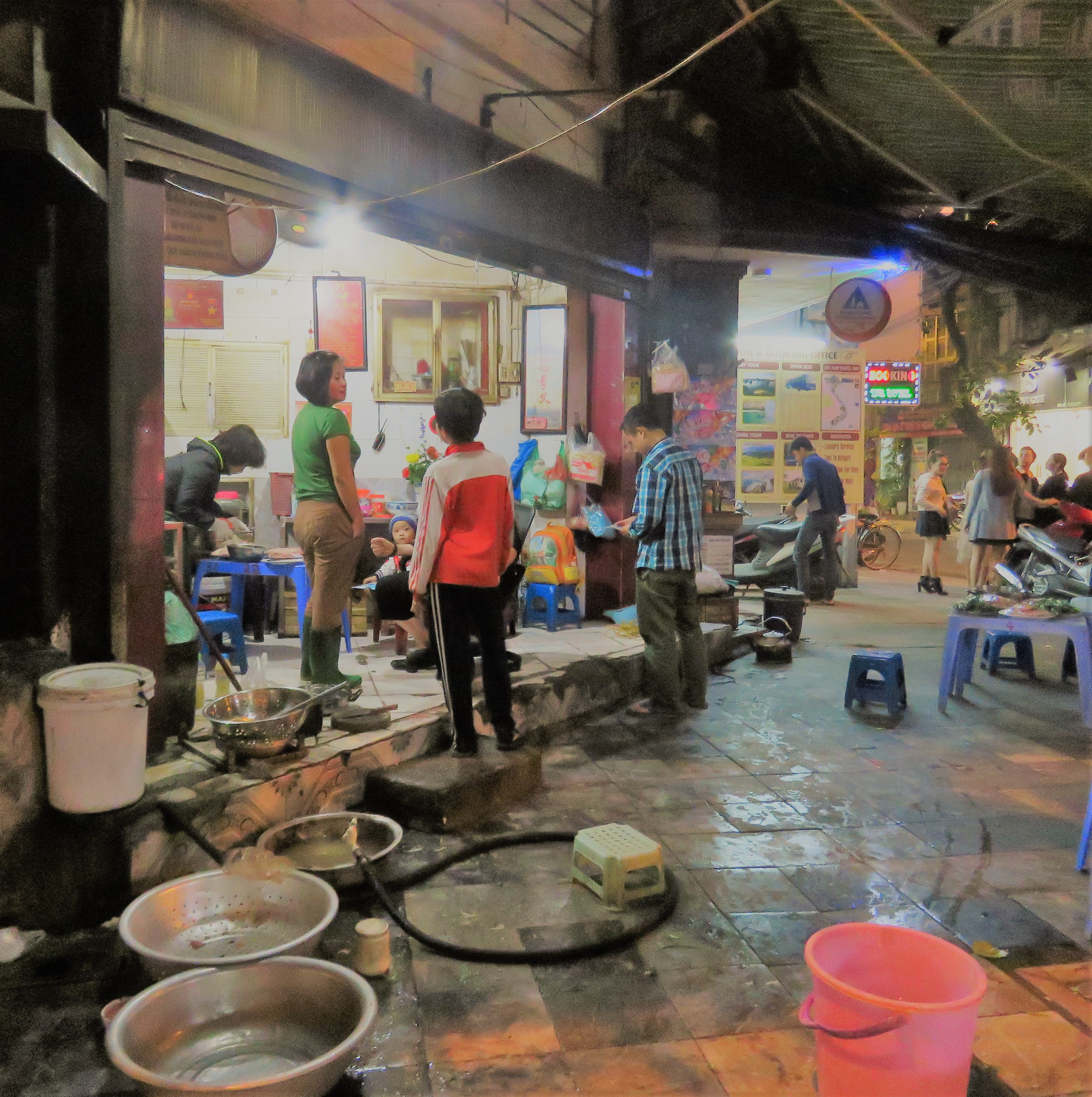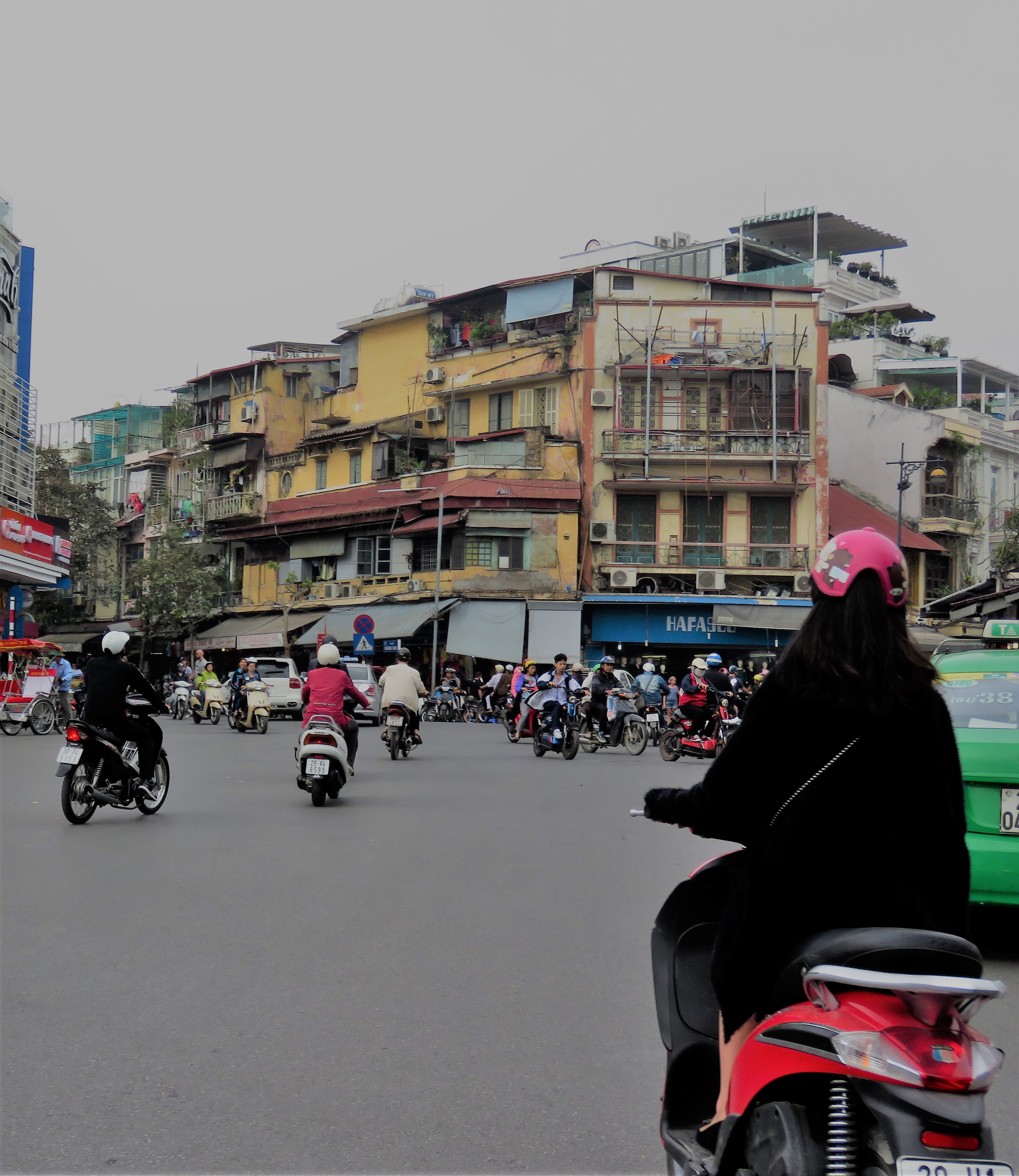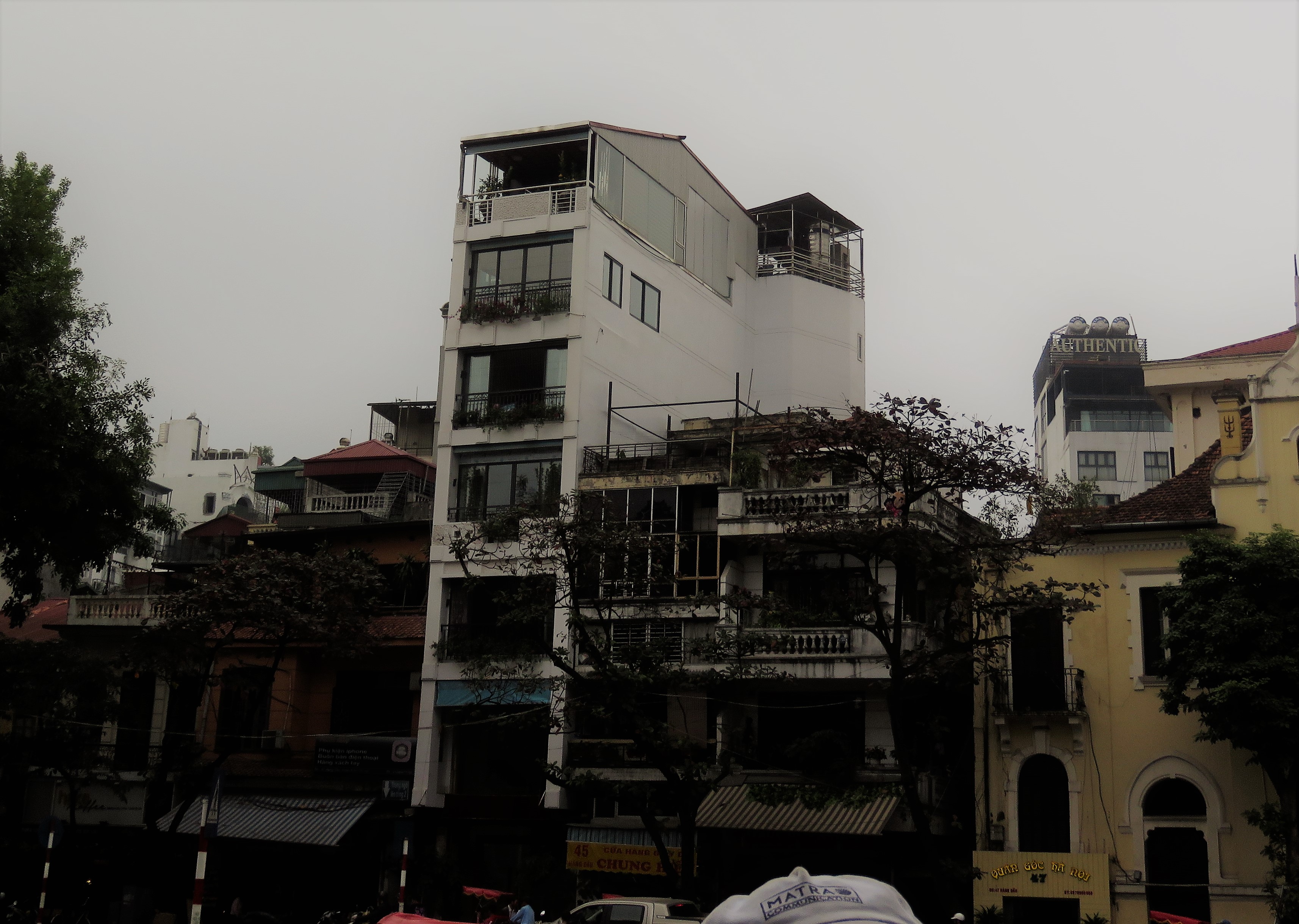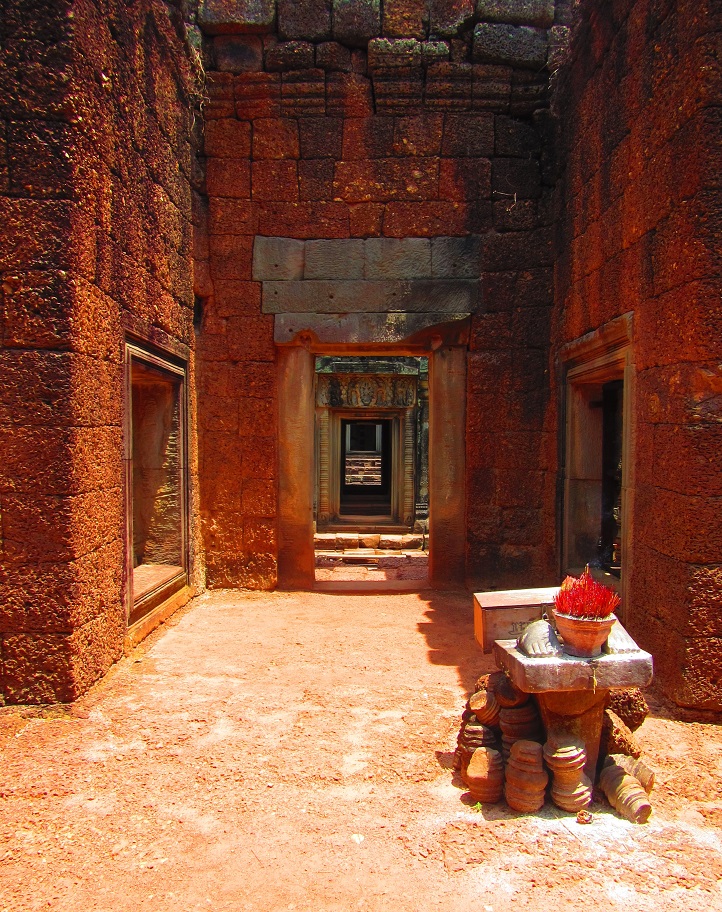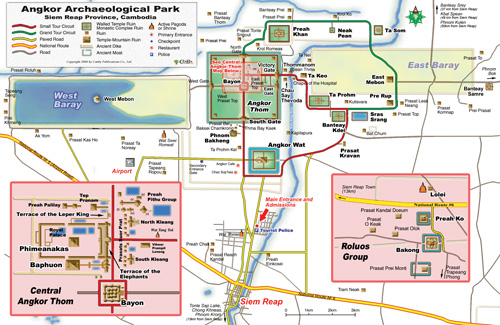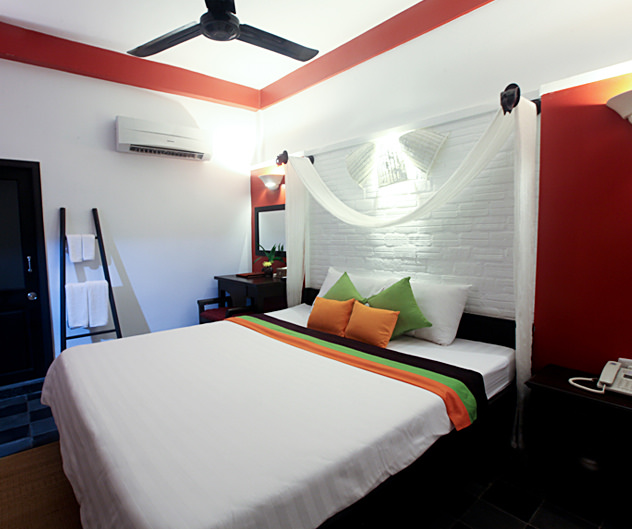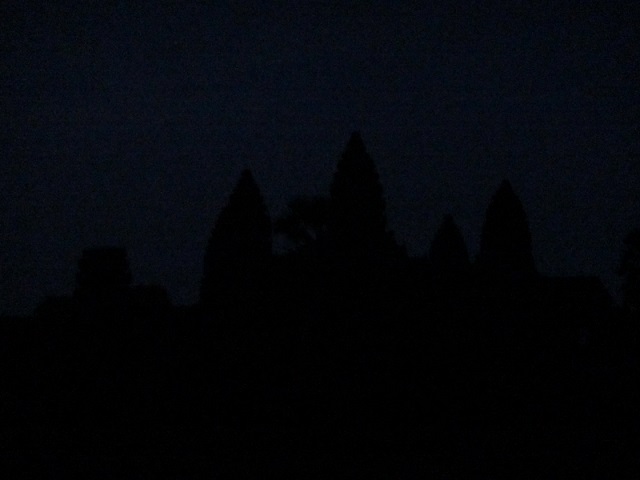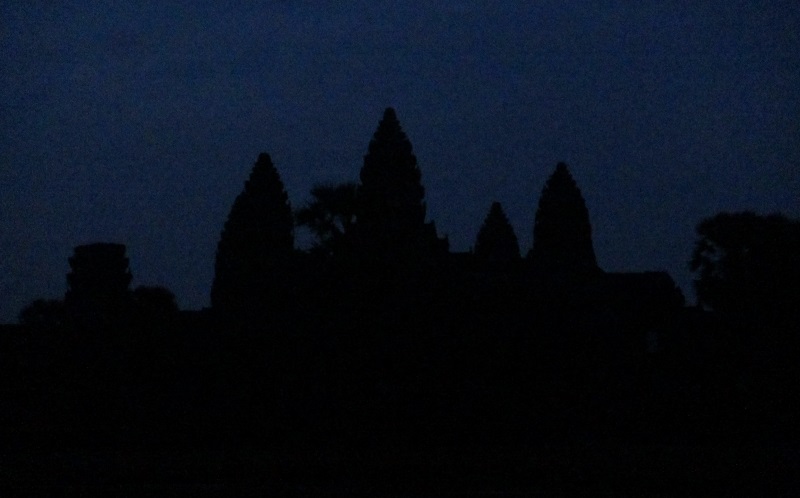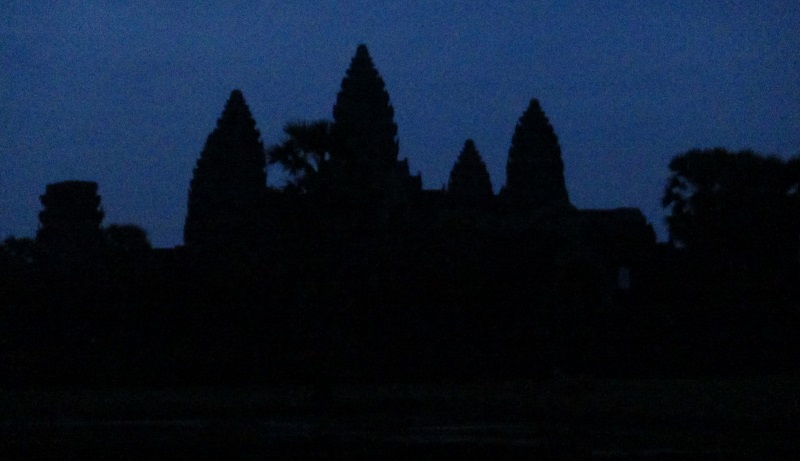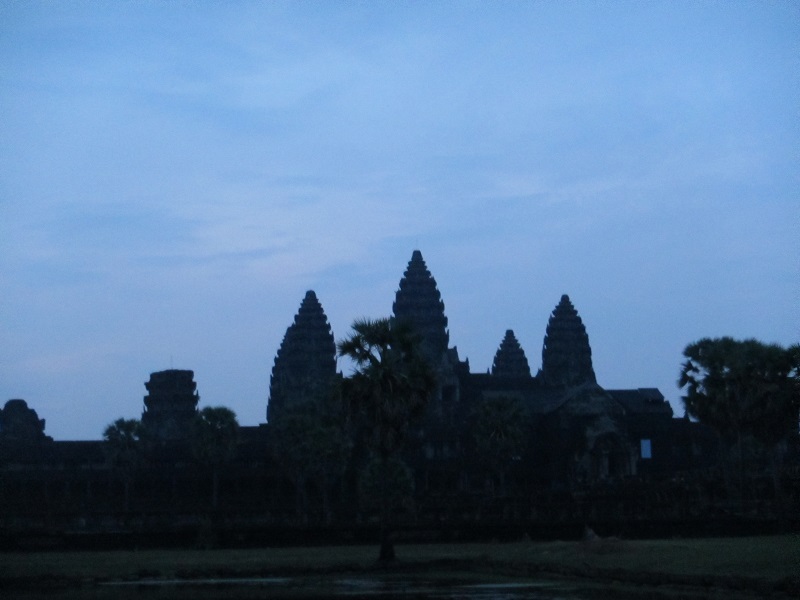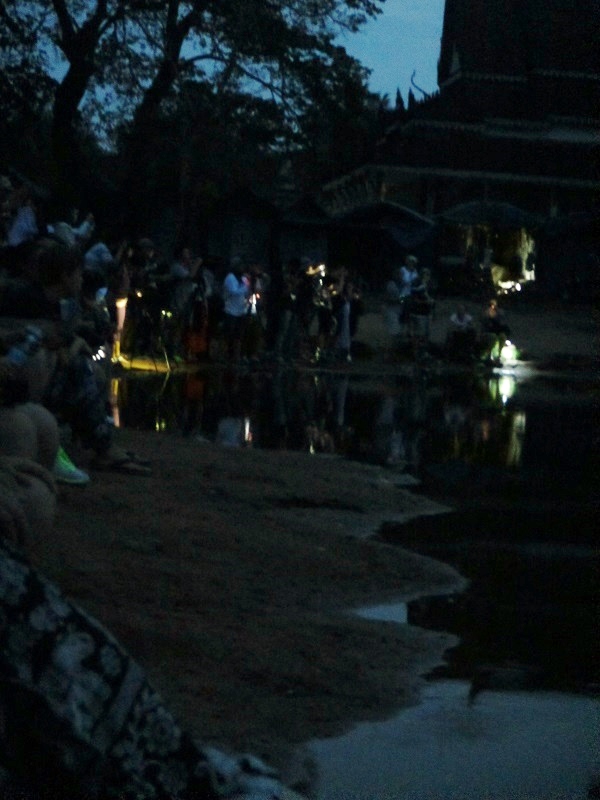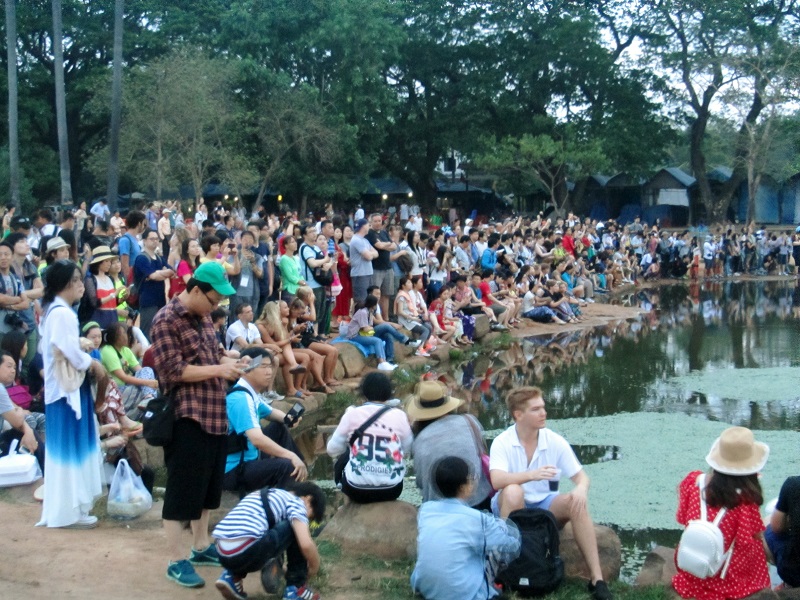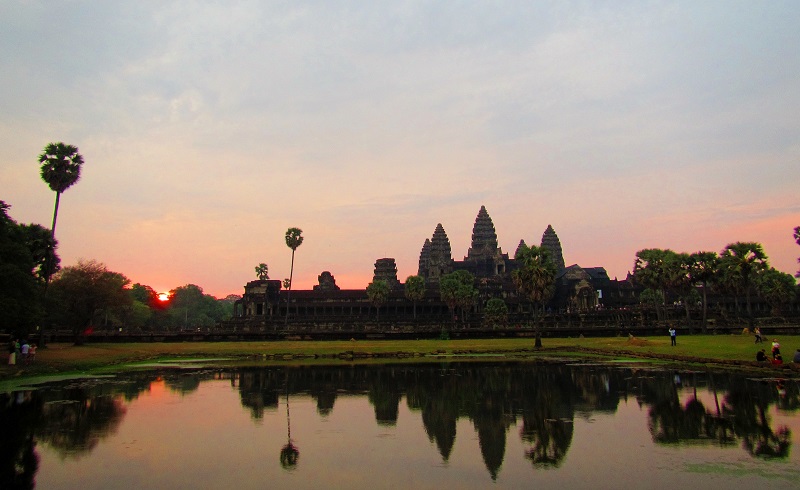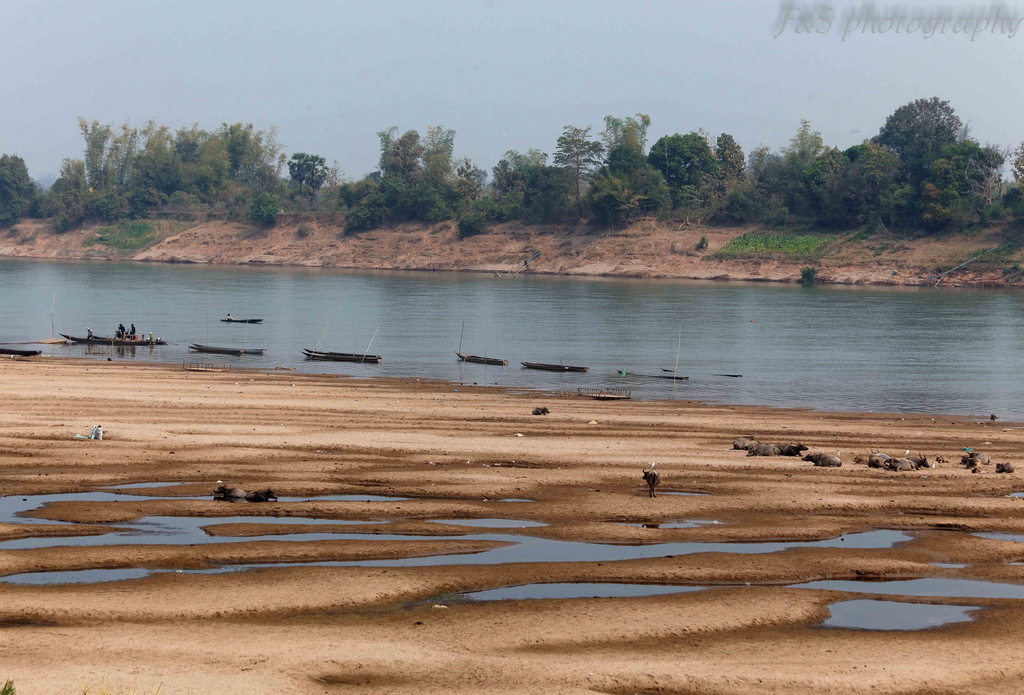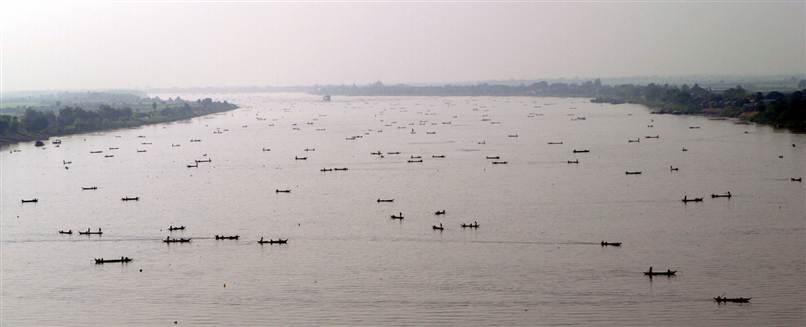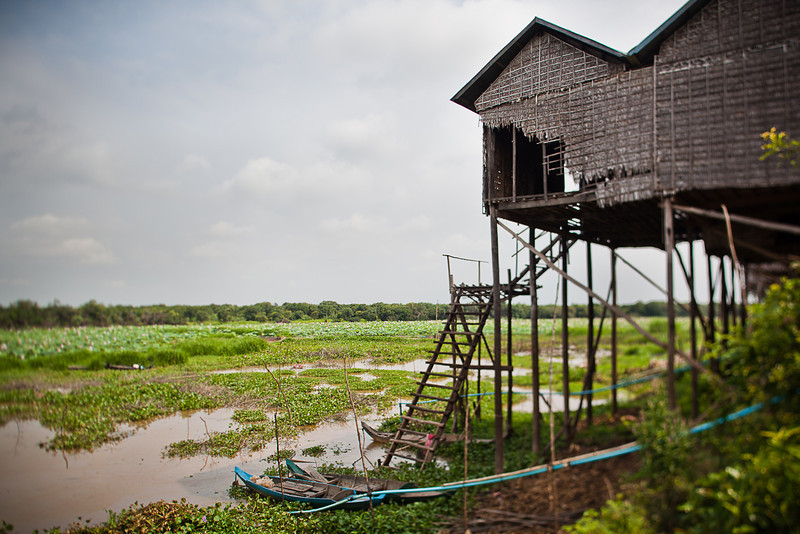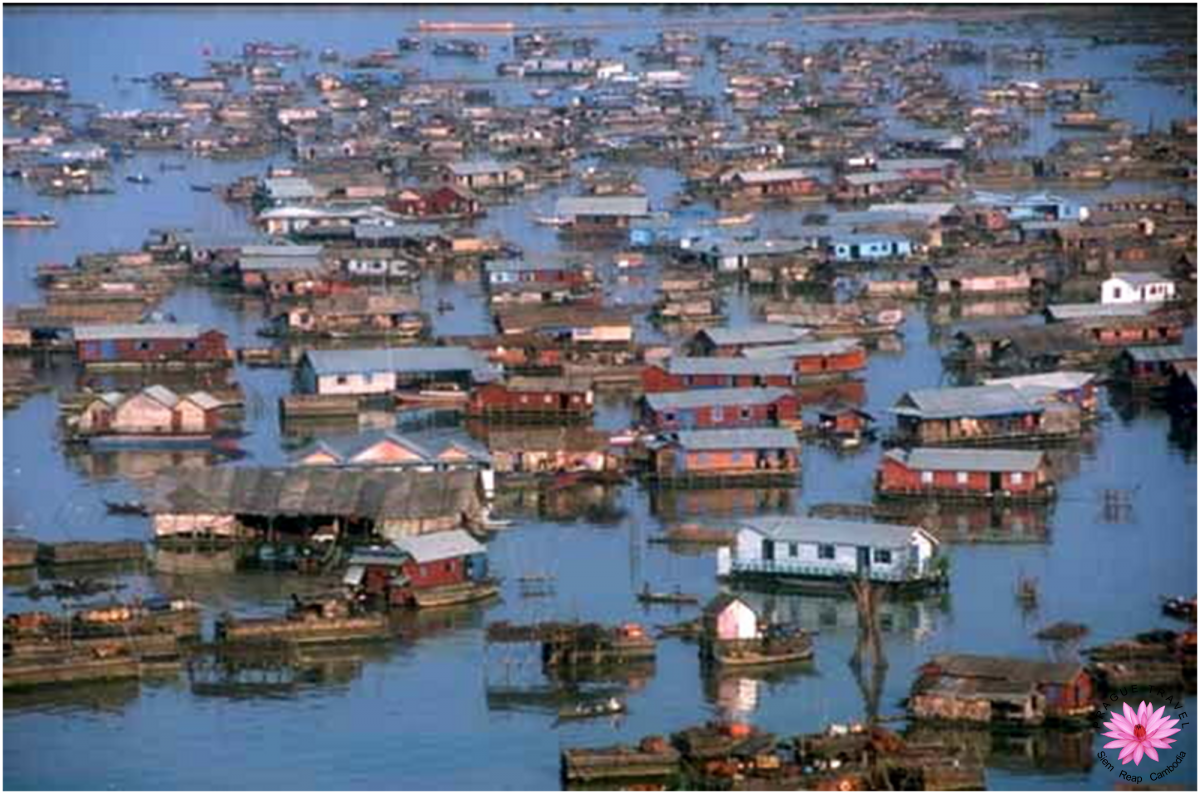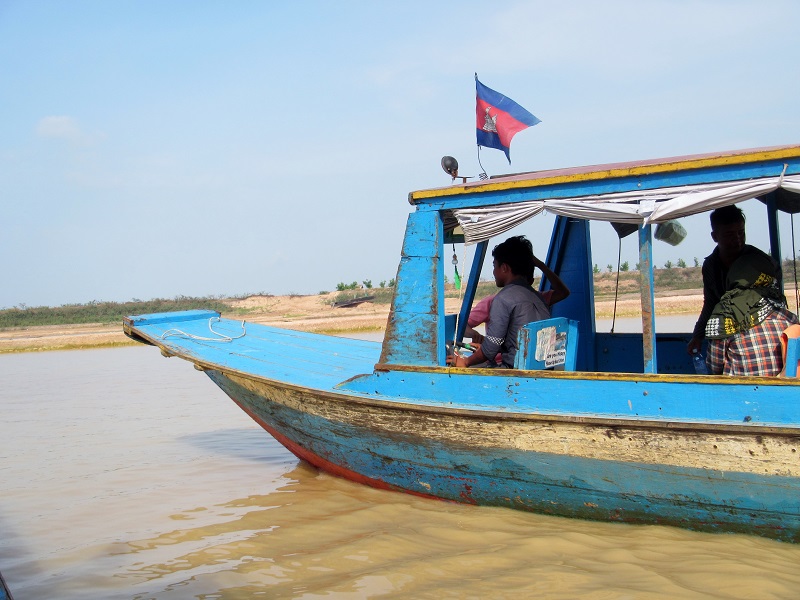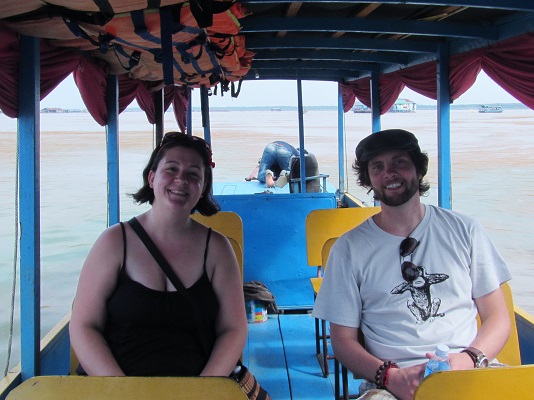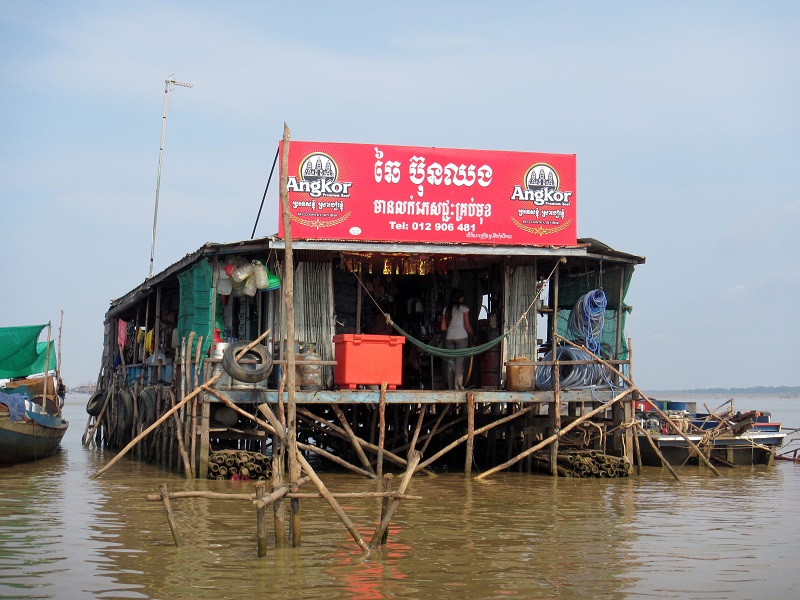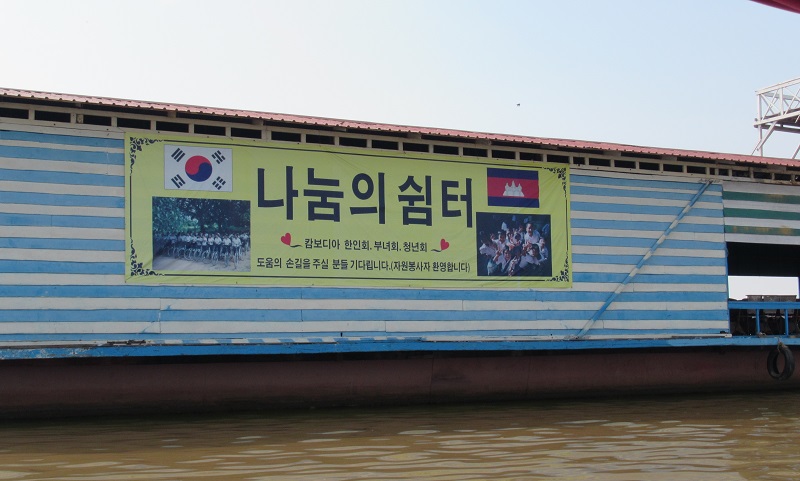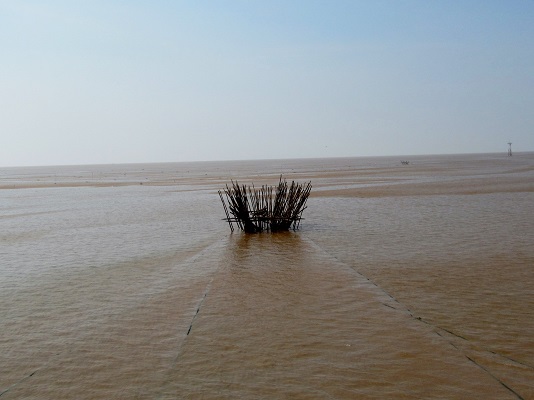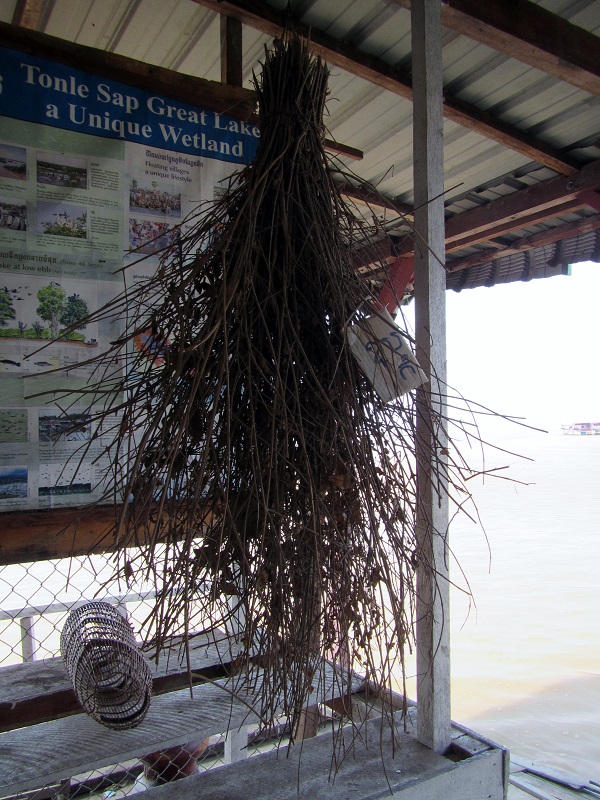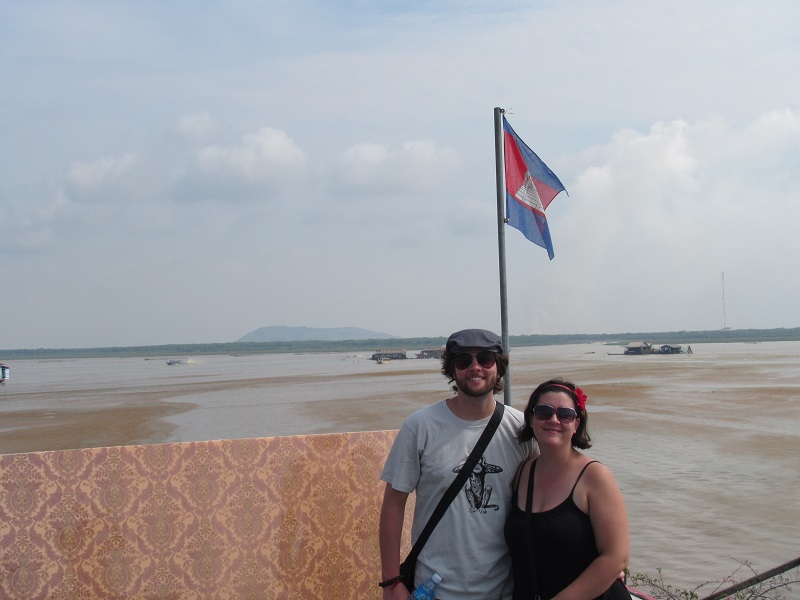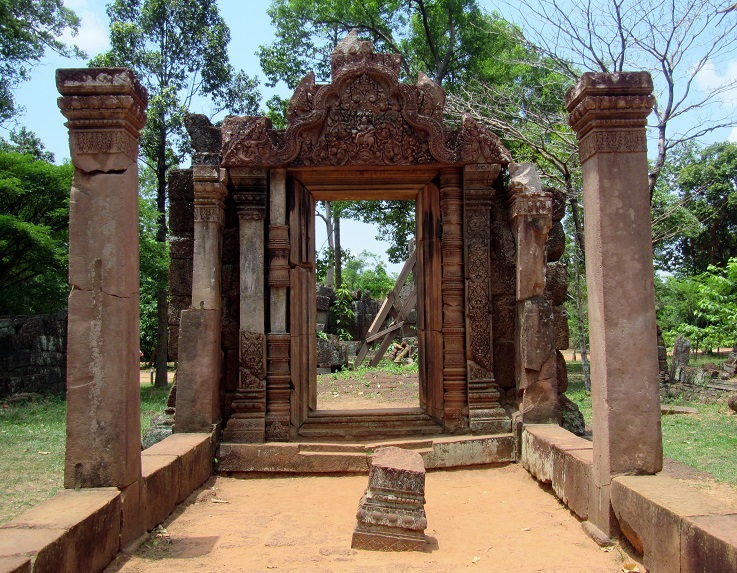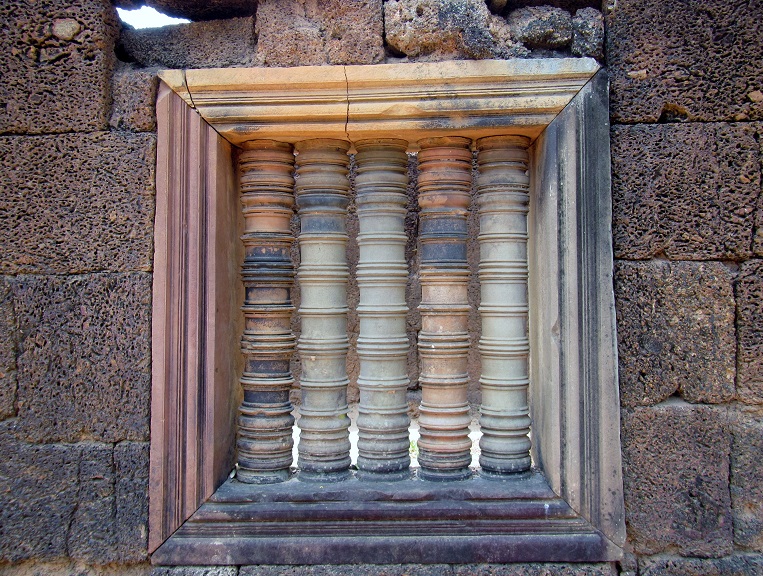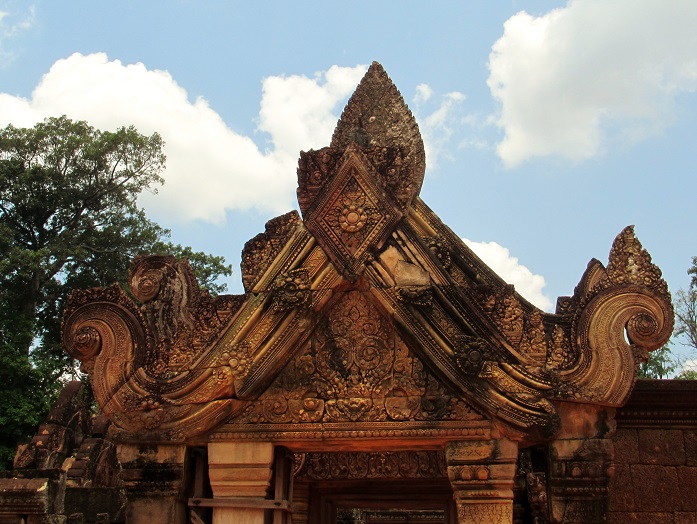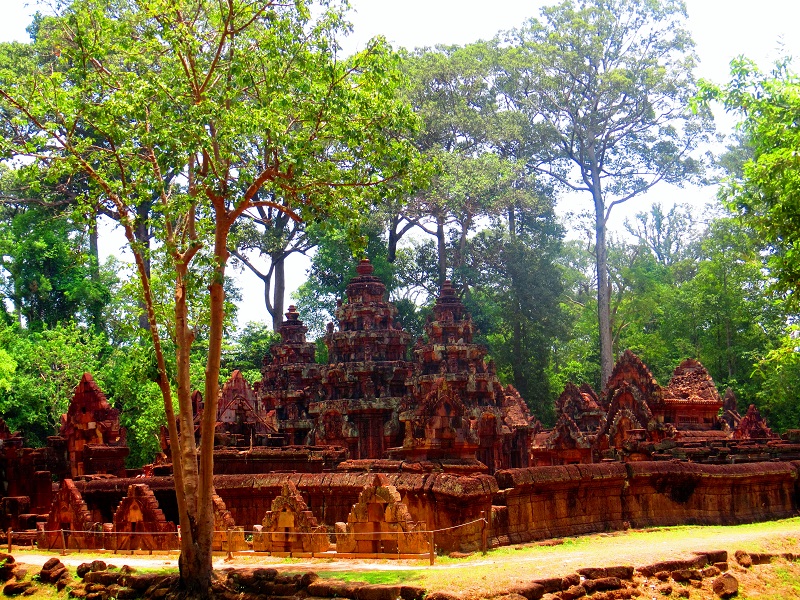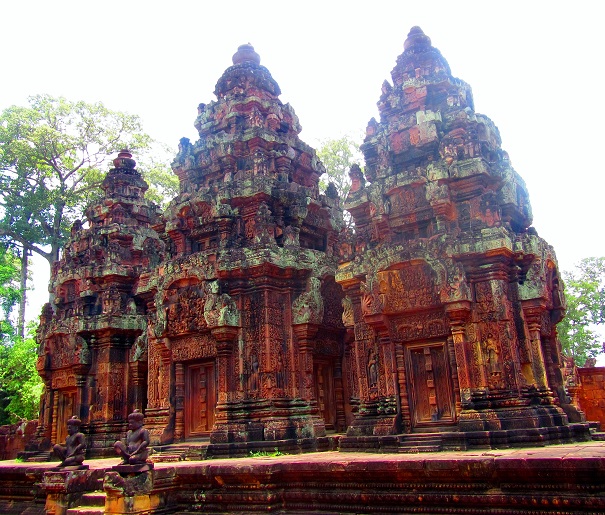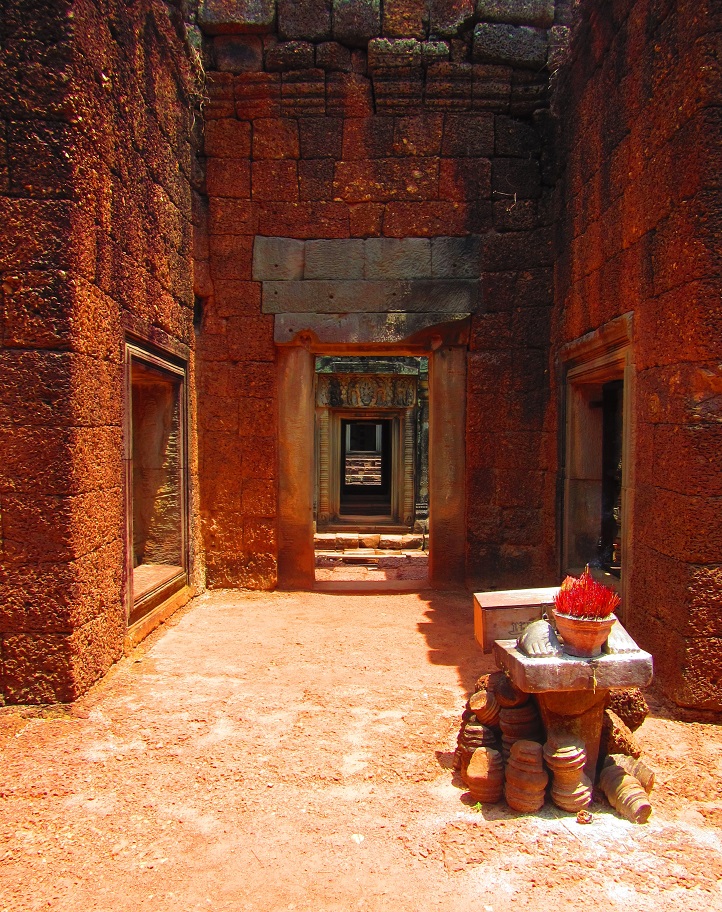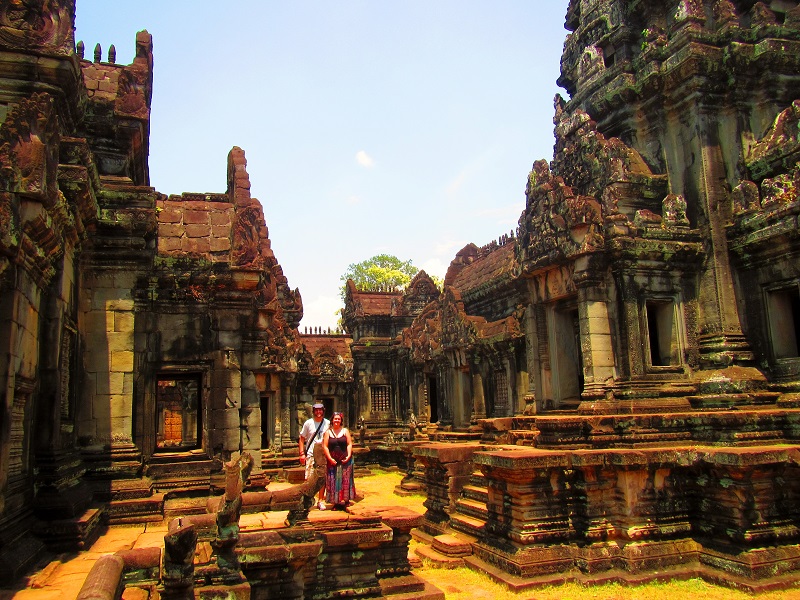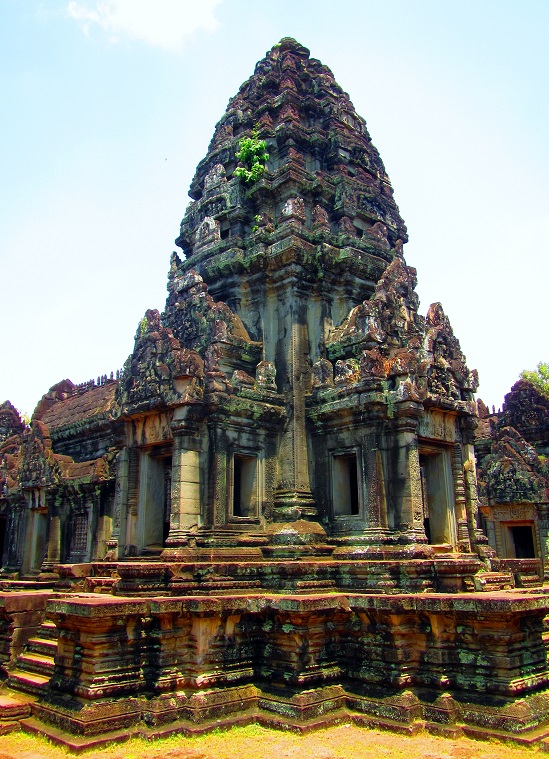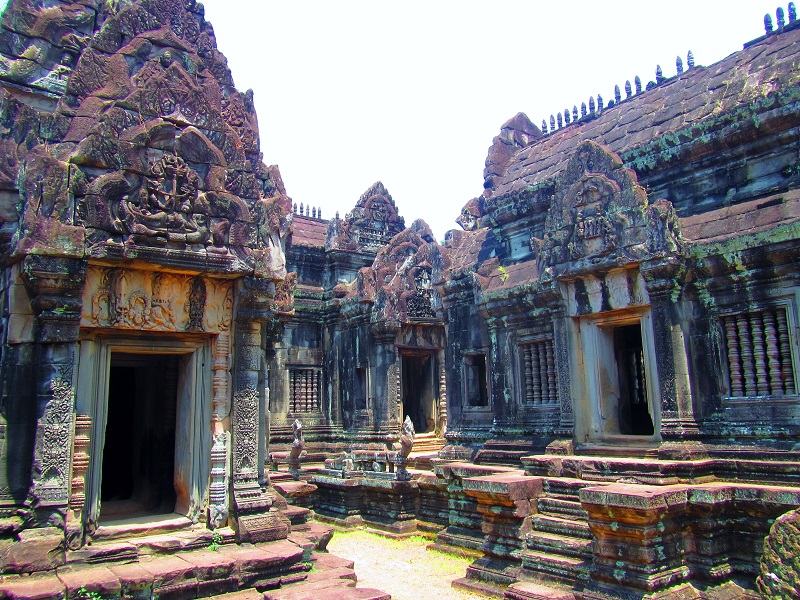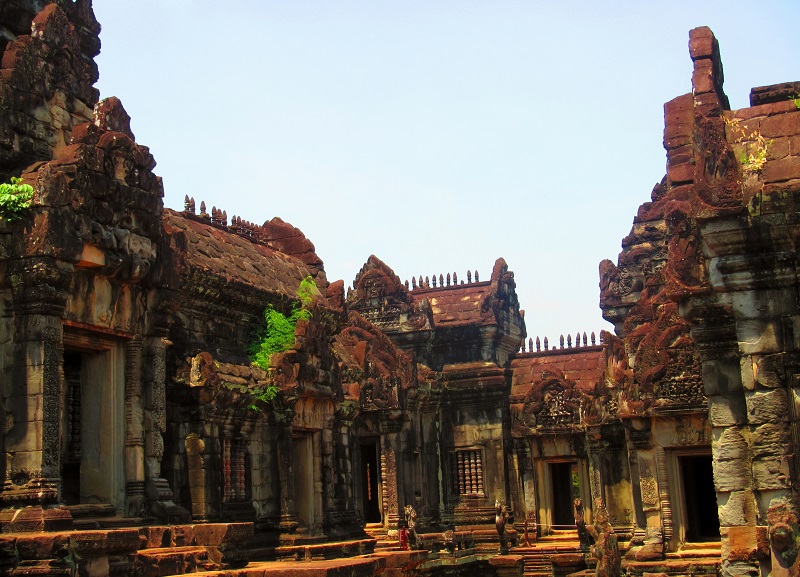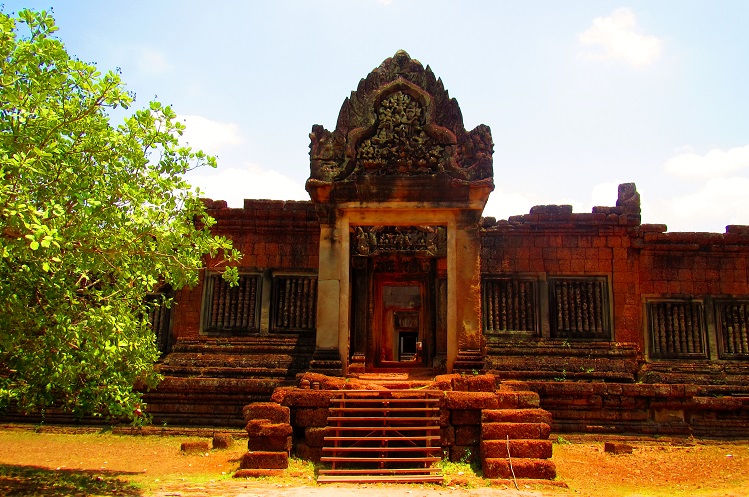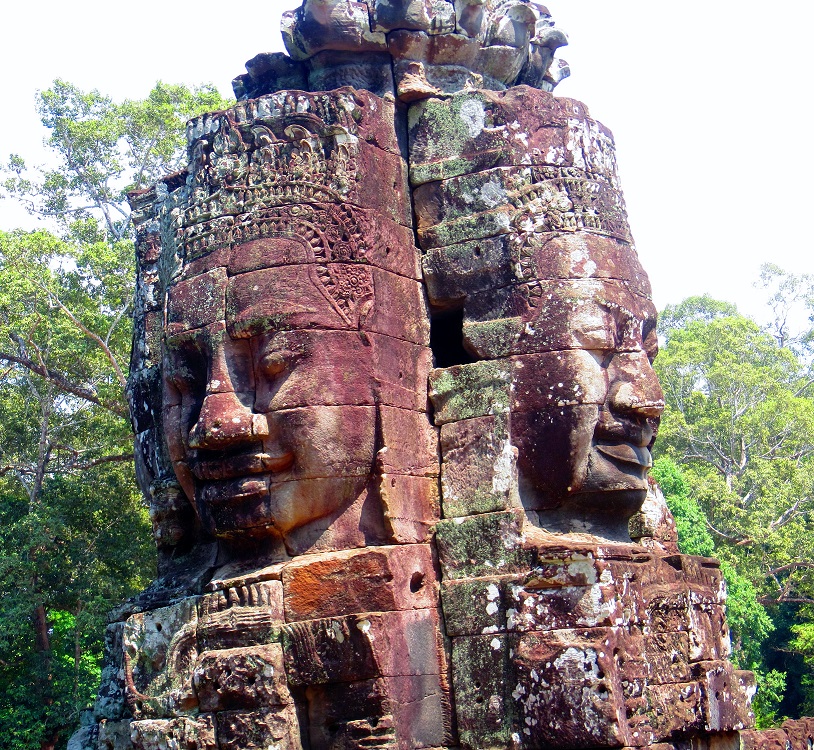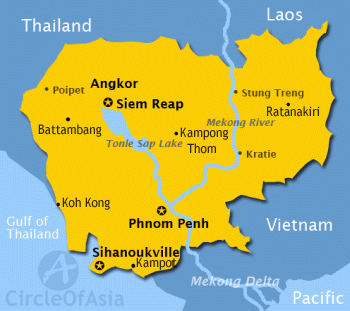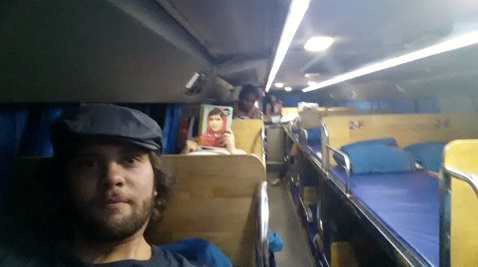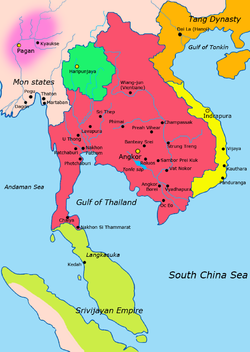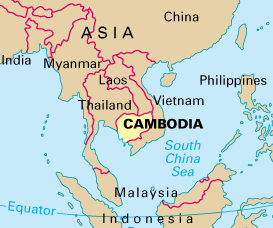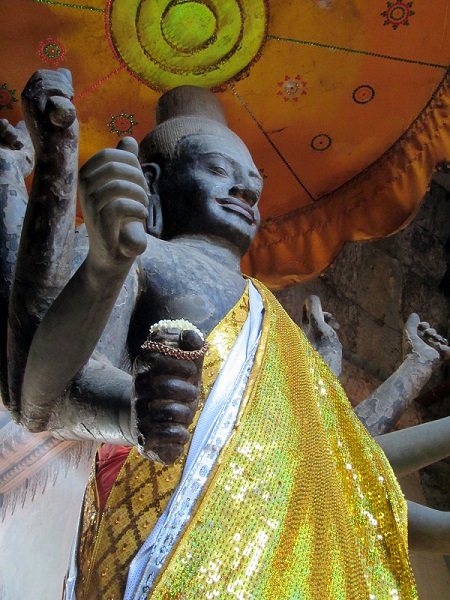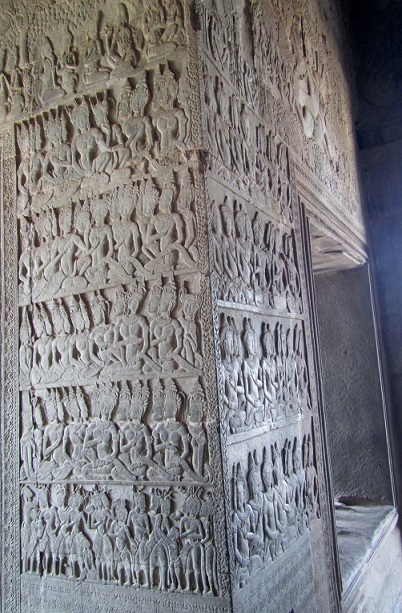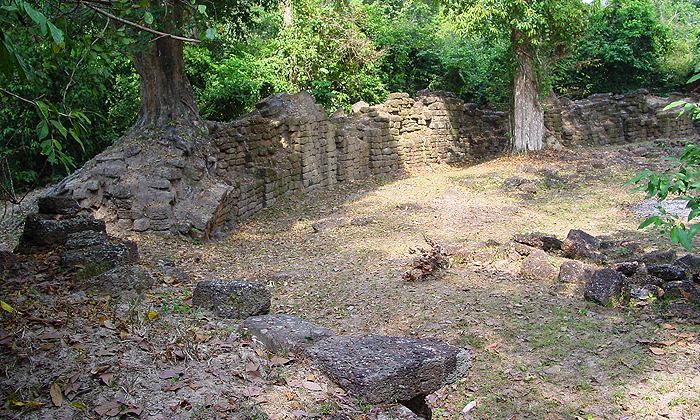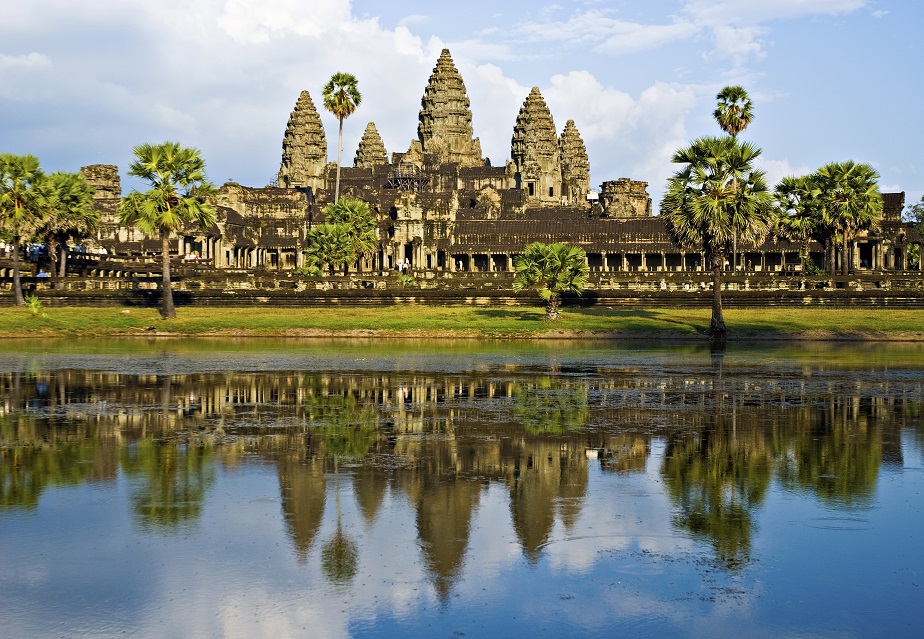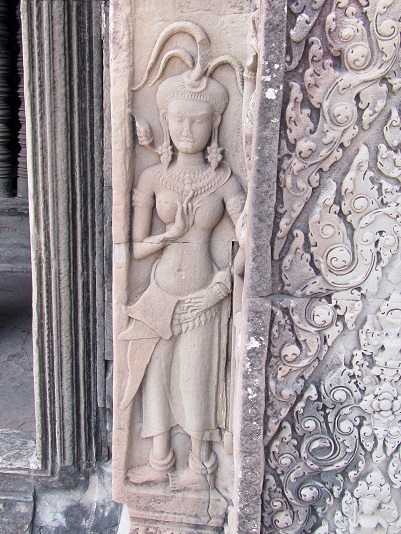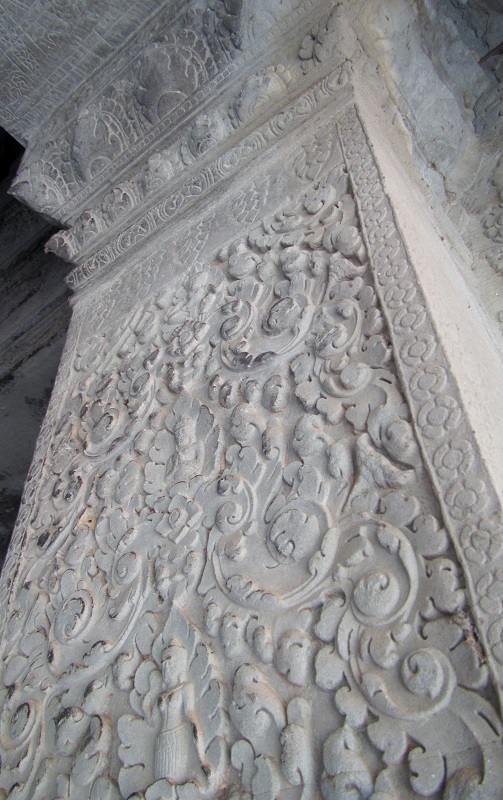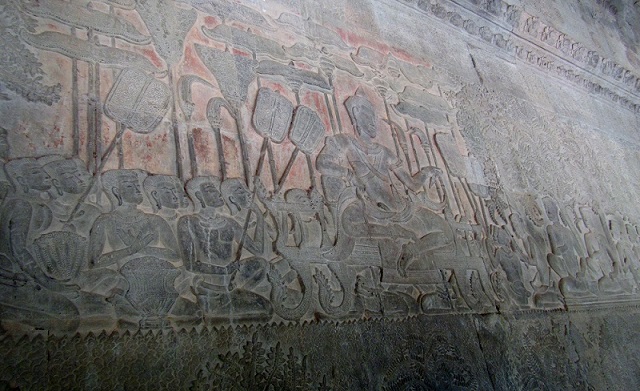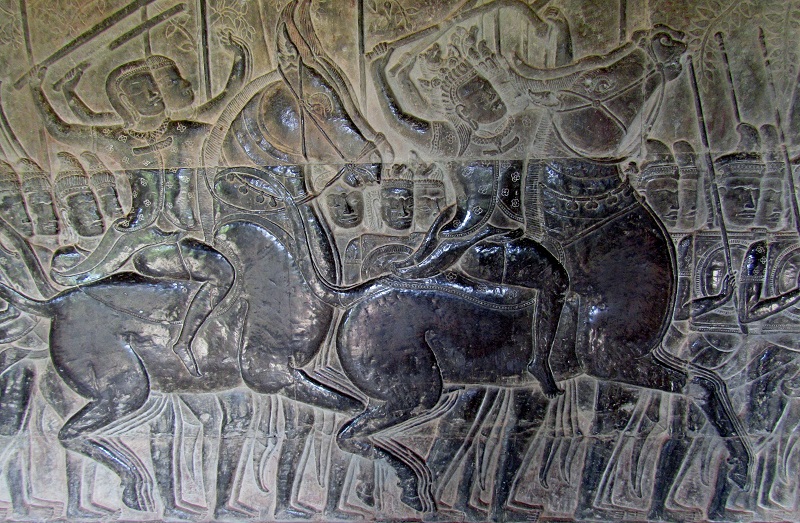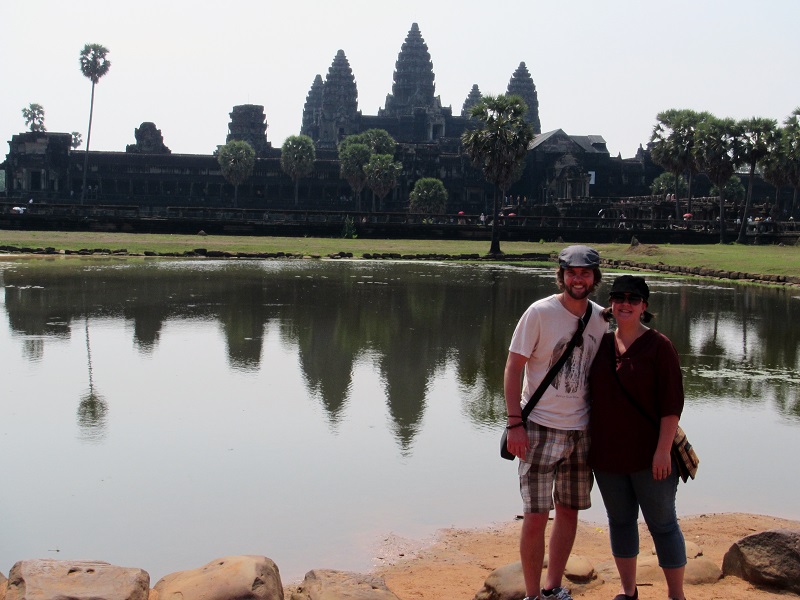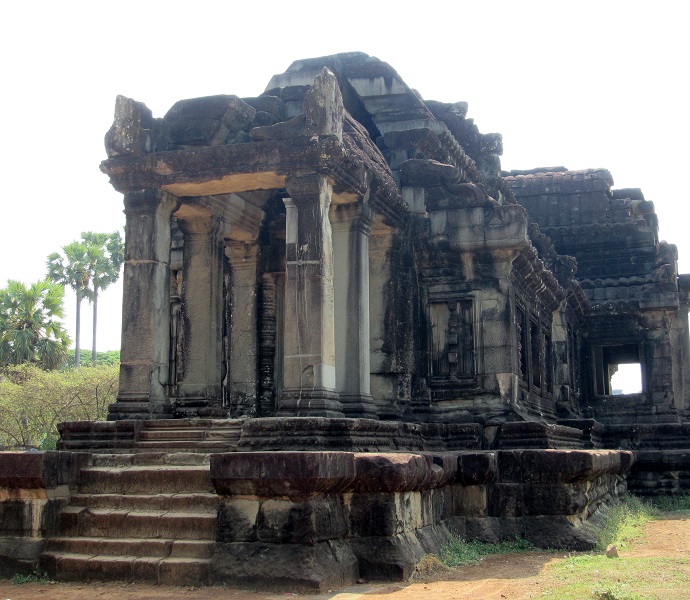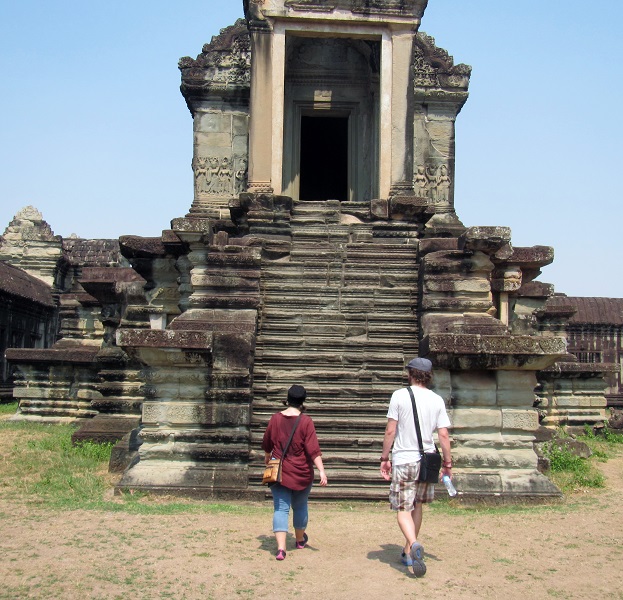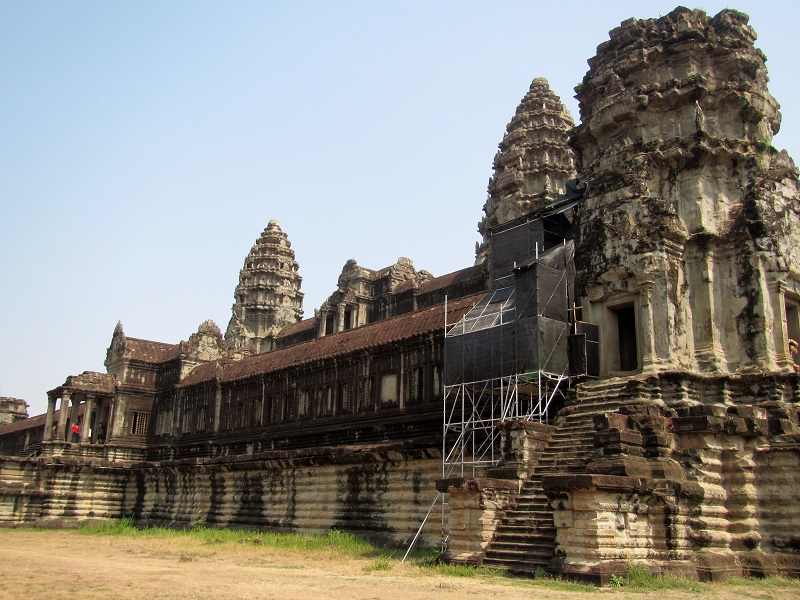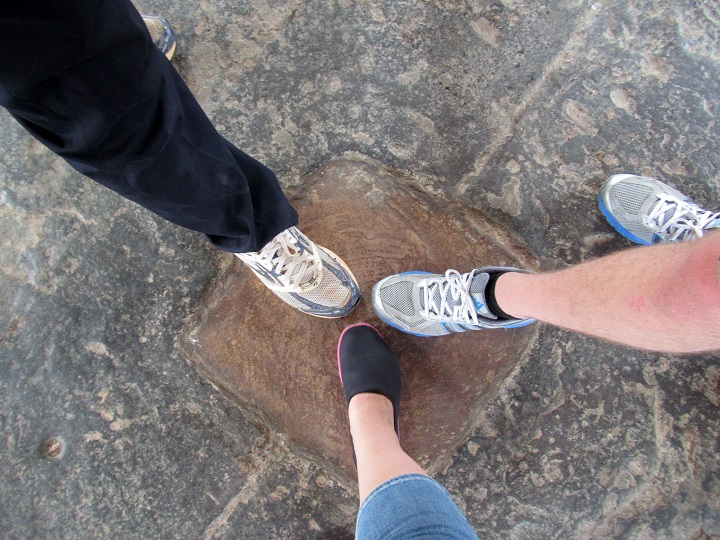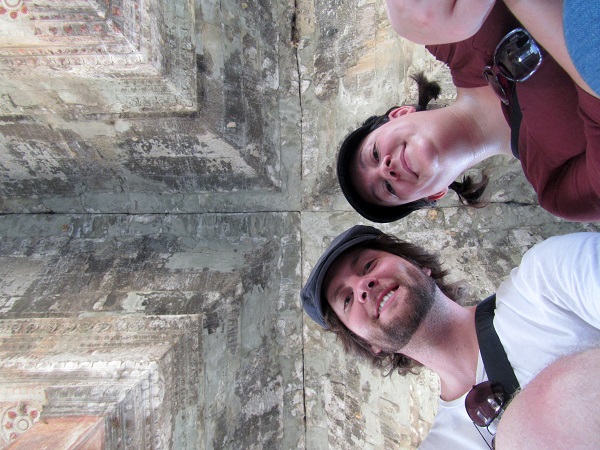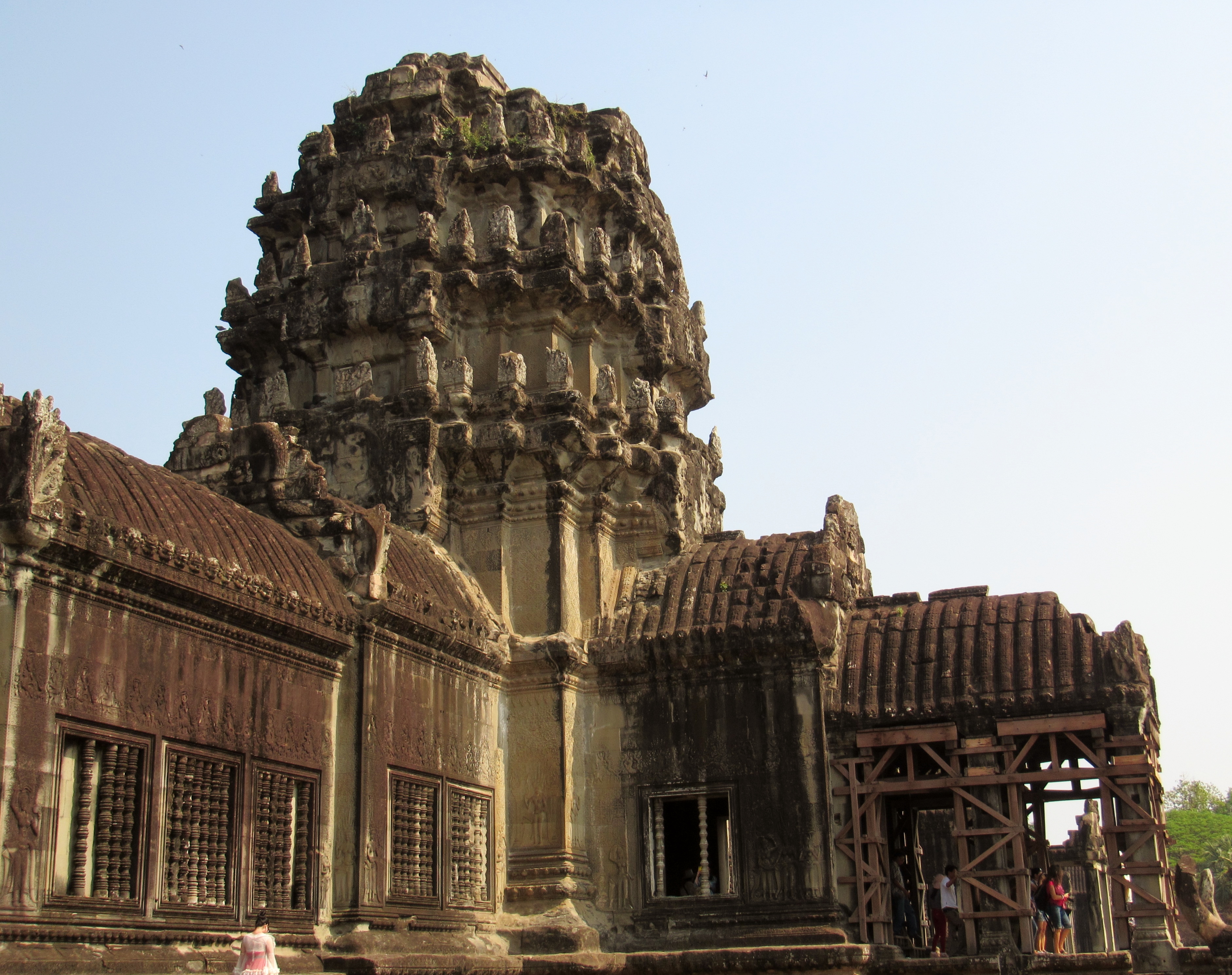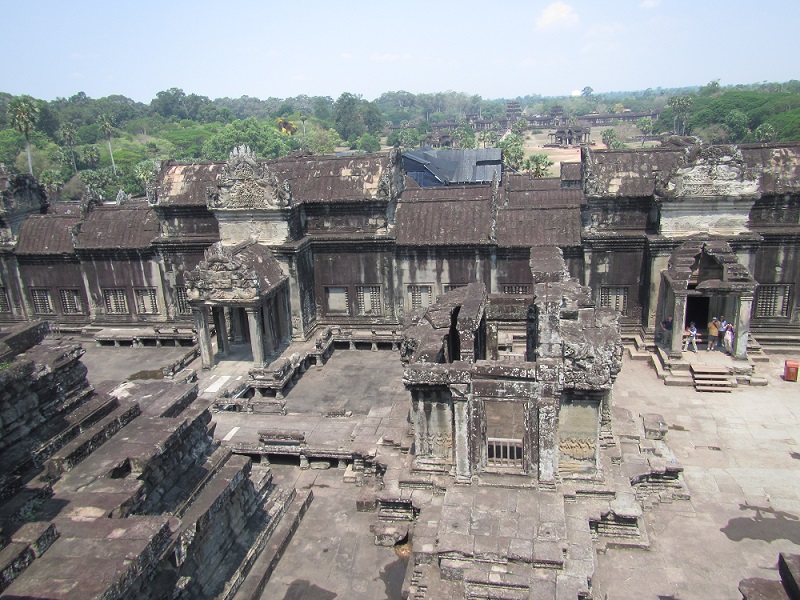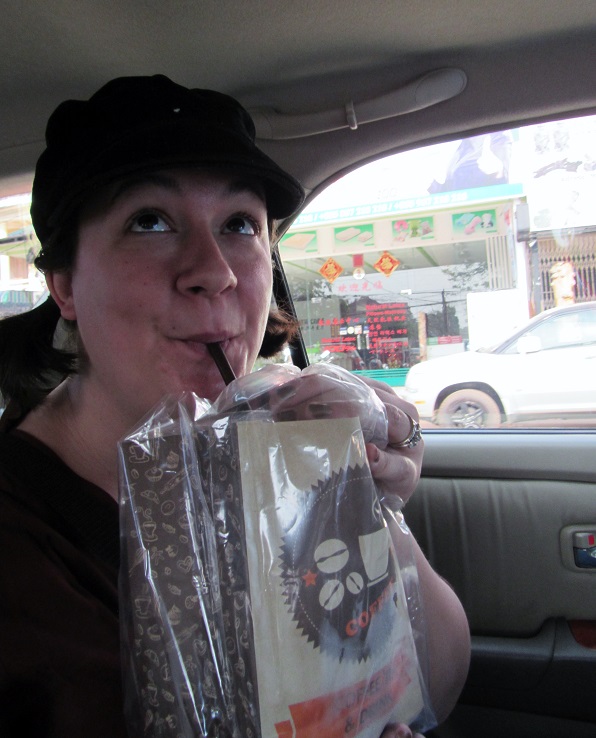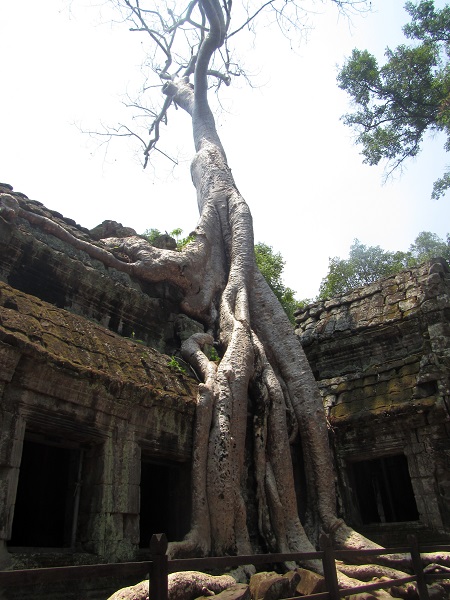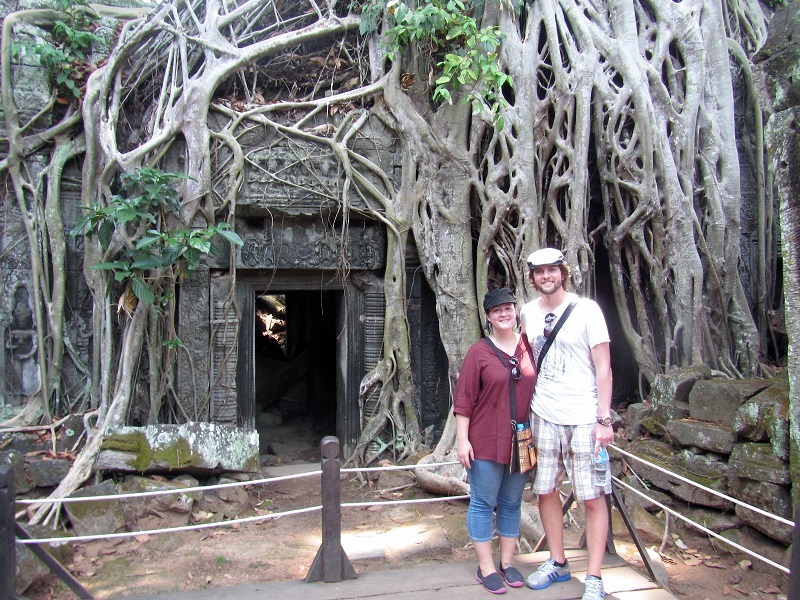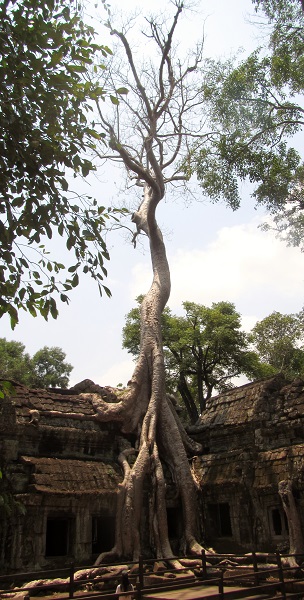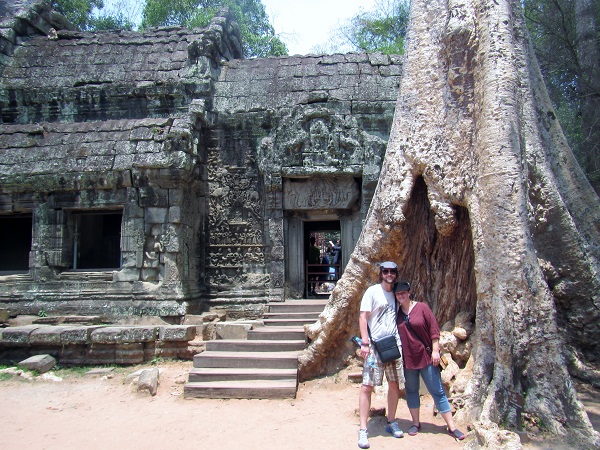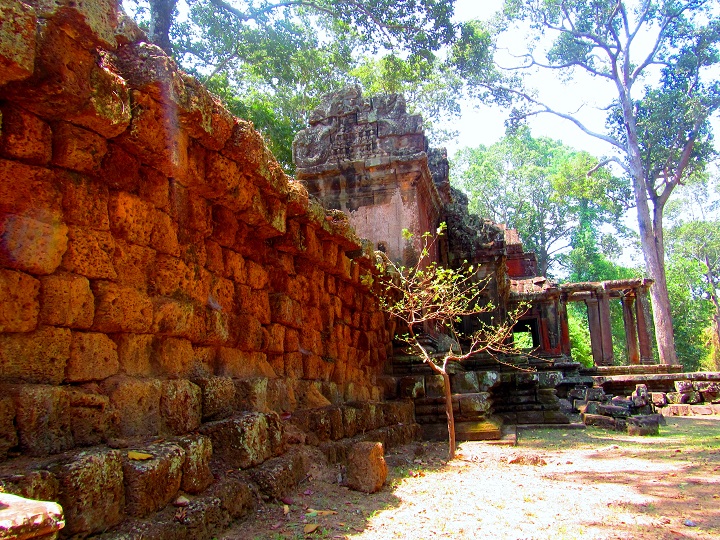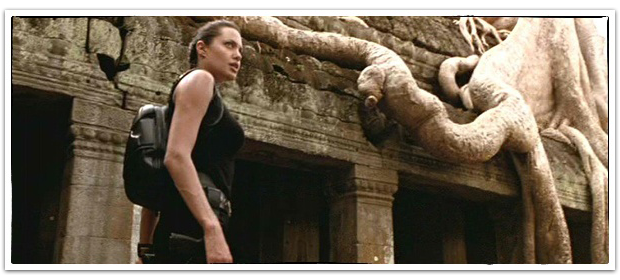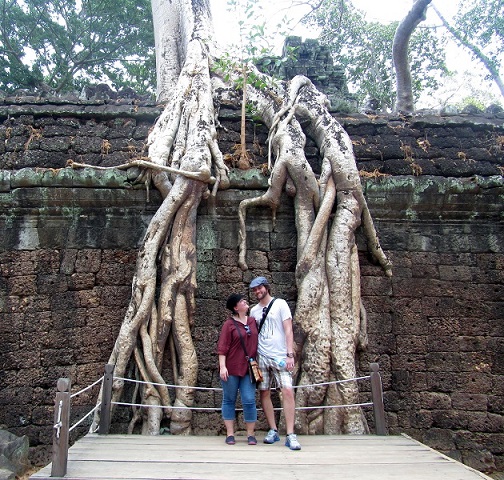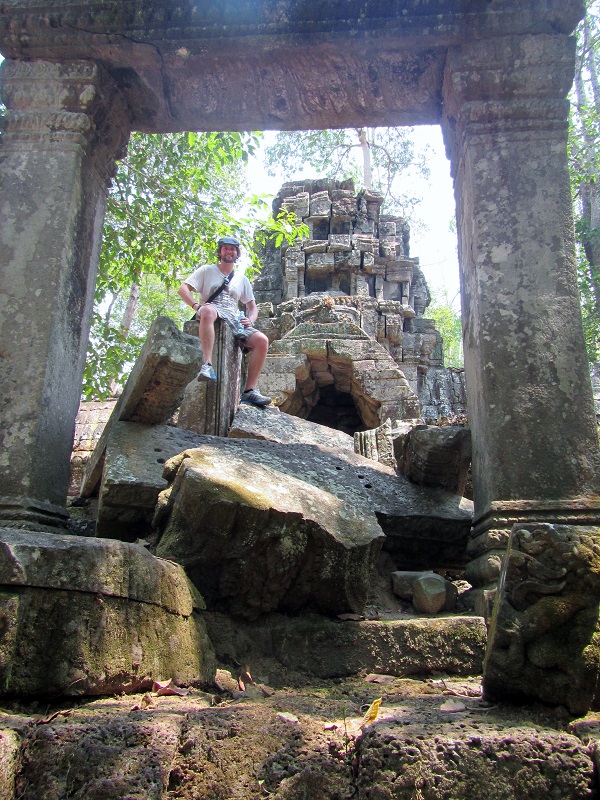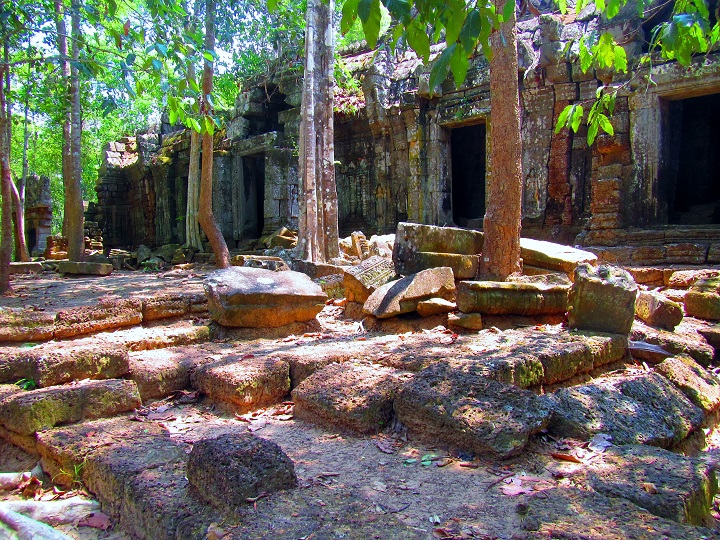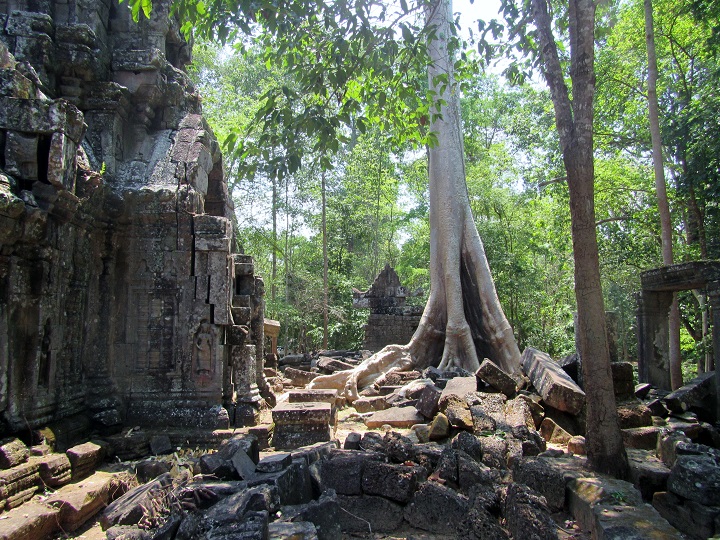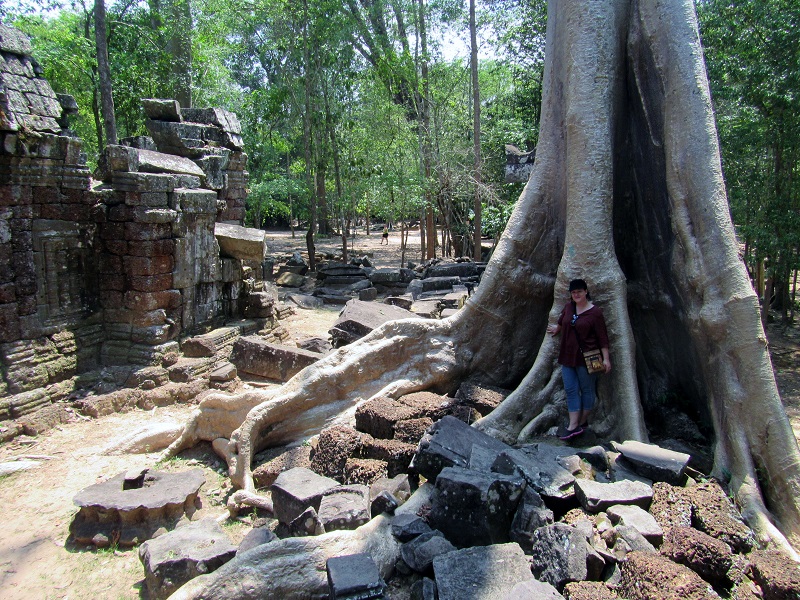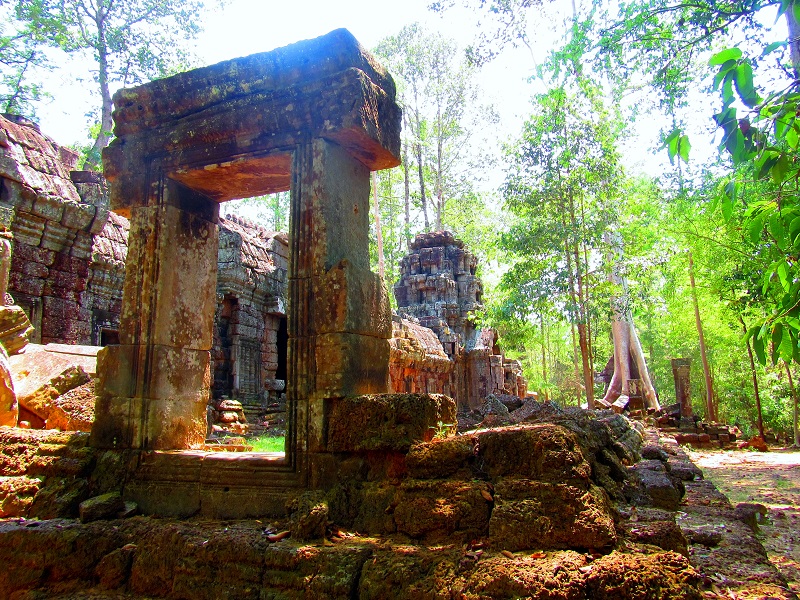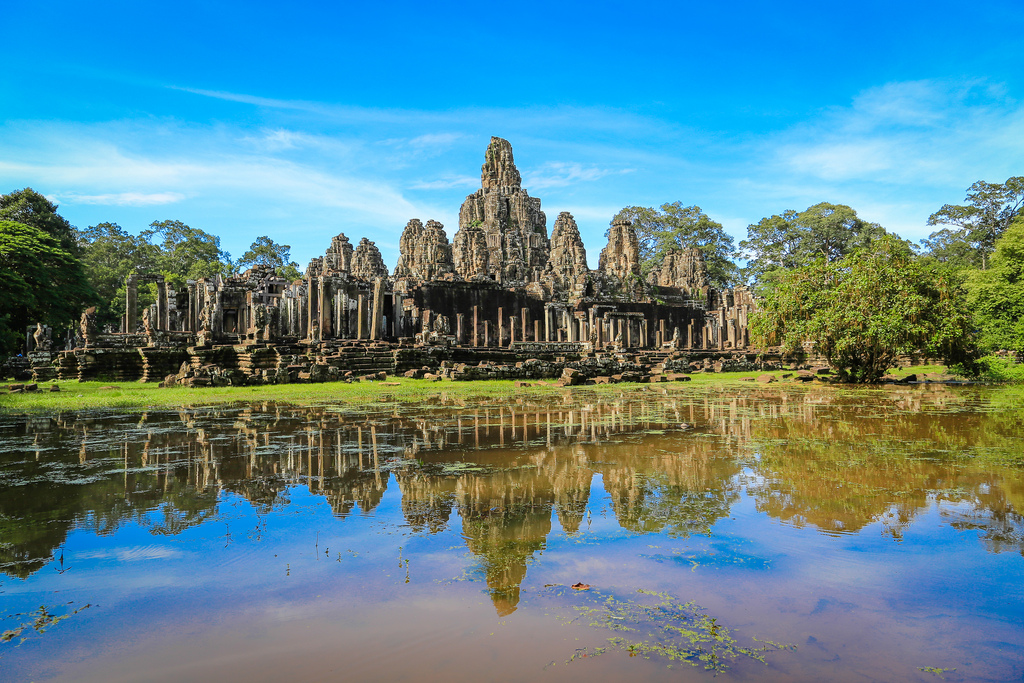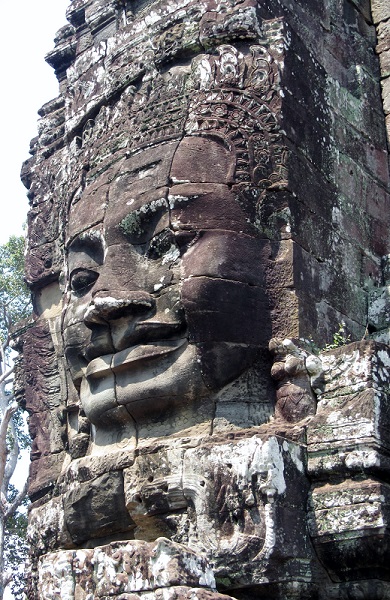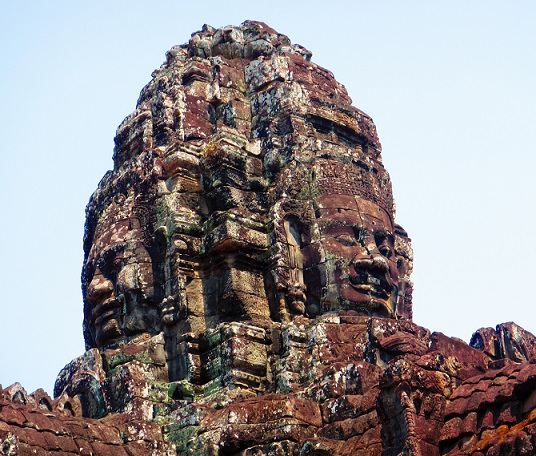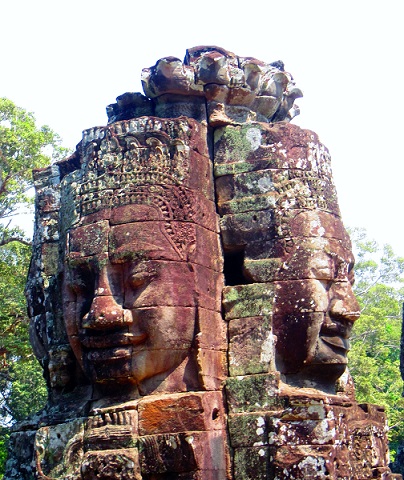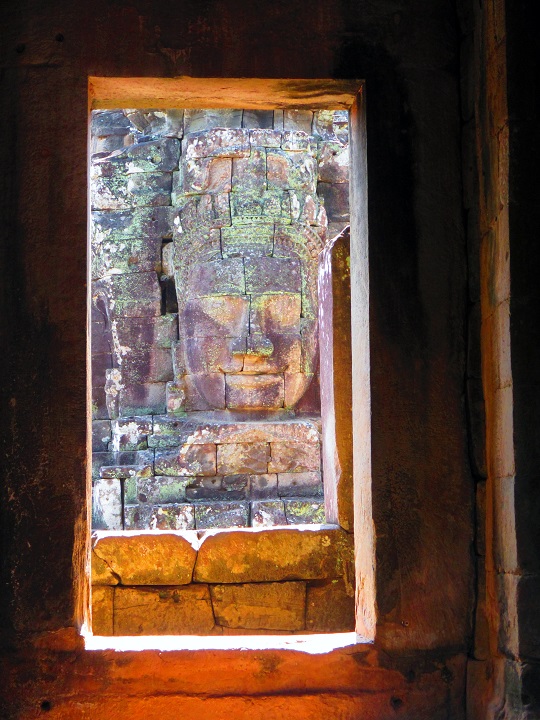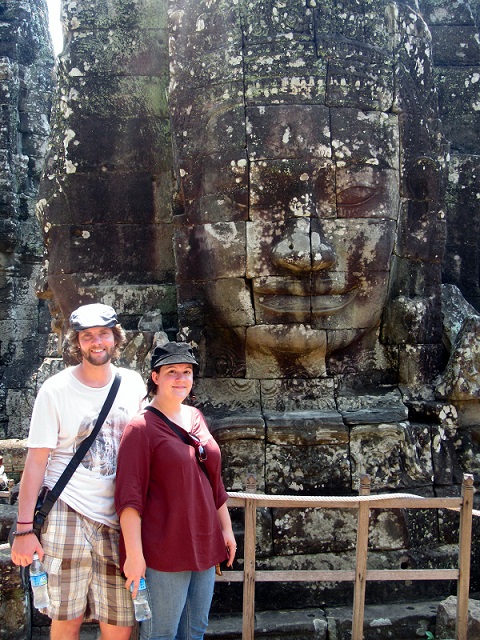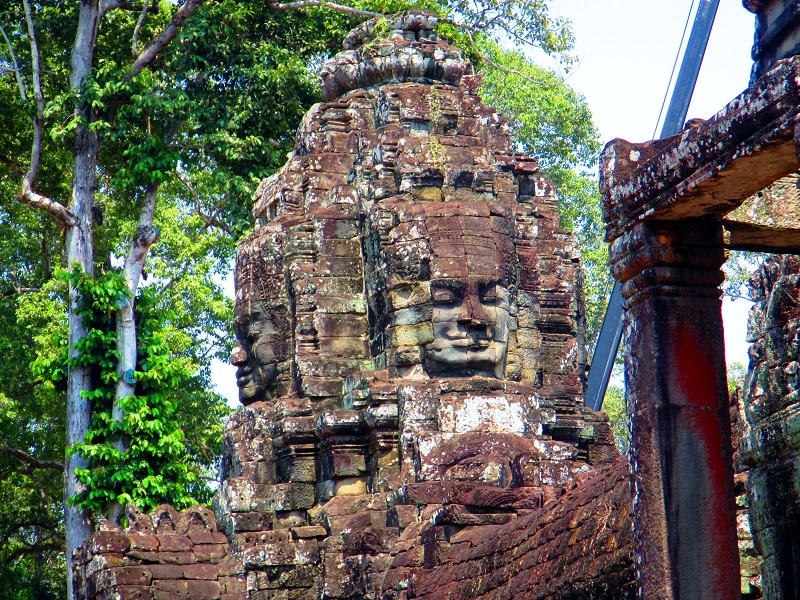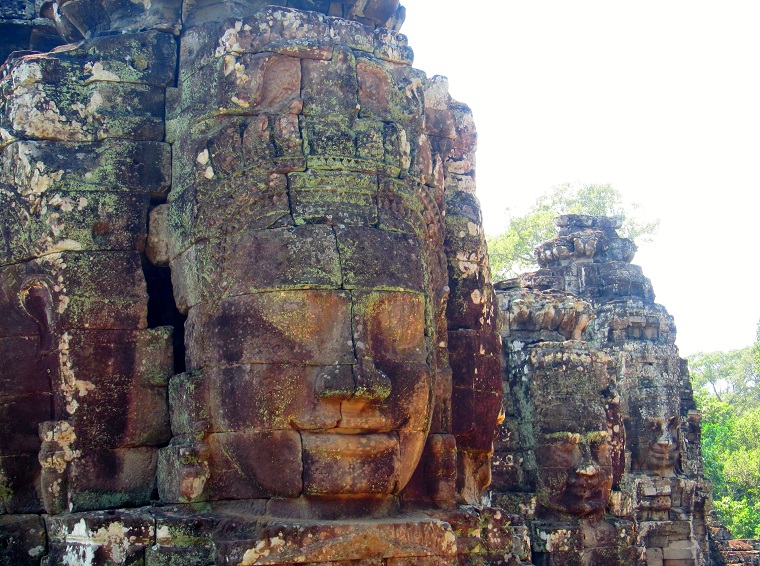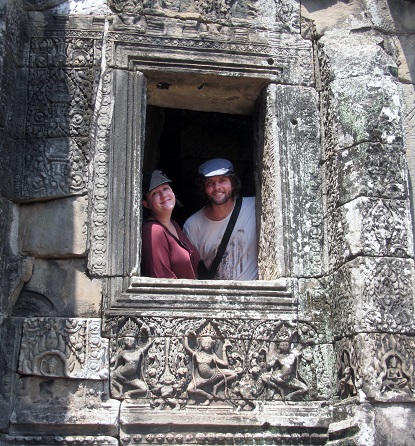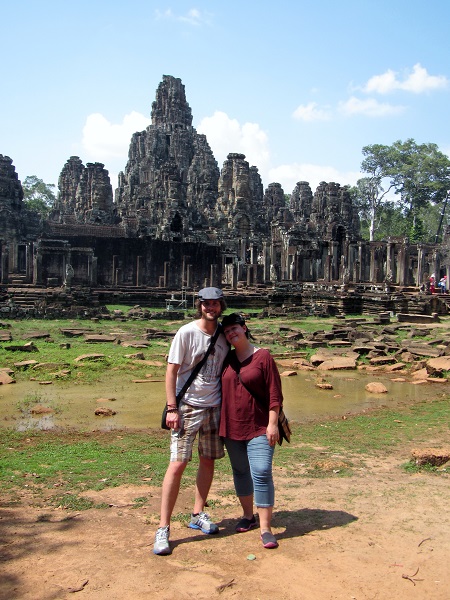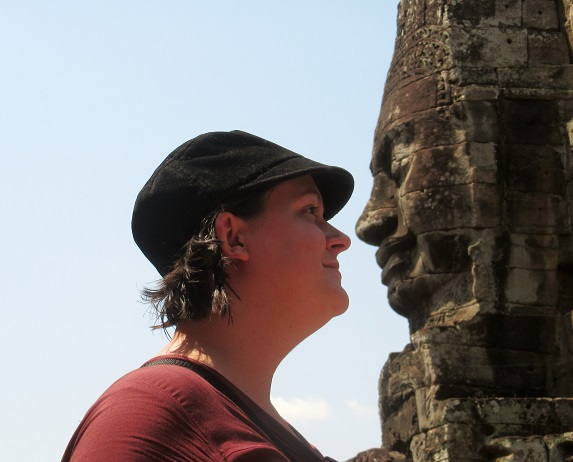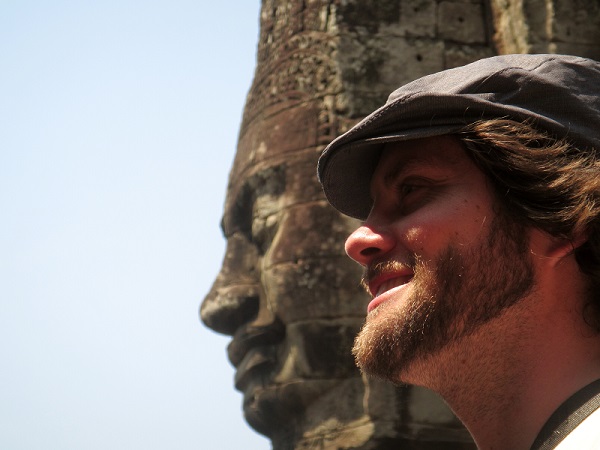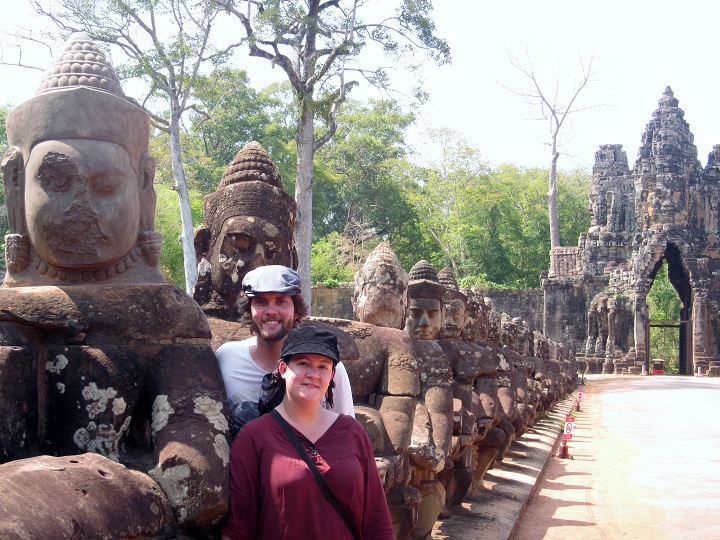As the 3rd leg of our adventure comes to an end, I am realizing that I have a lot of catching up to do! I’ve been neglecting both my journal and blog, so I figure it’s best I get started now, while I wait 3 extra hours for my delayed flight to depart (at least they gave us access to the VIP lounge!!).
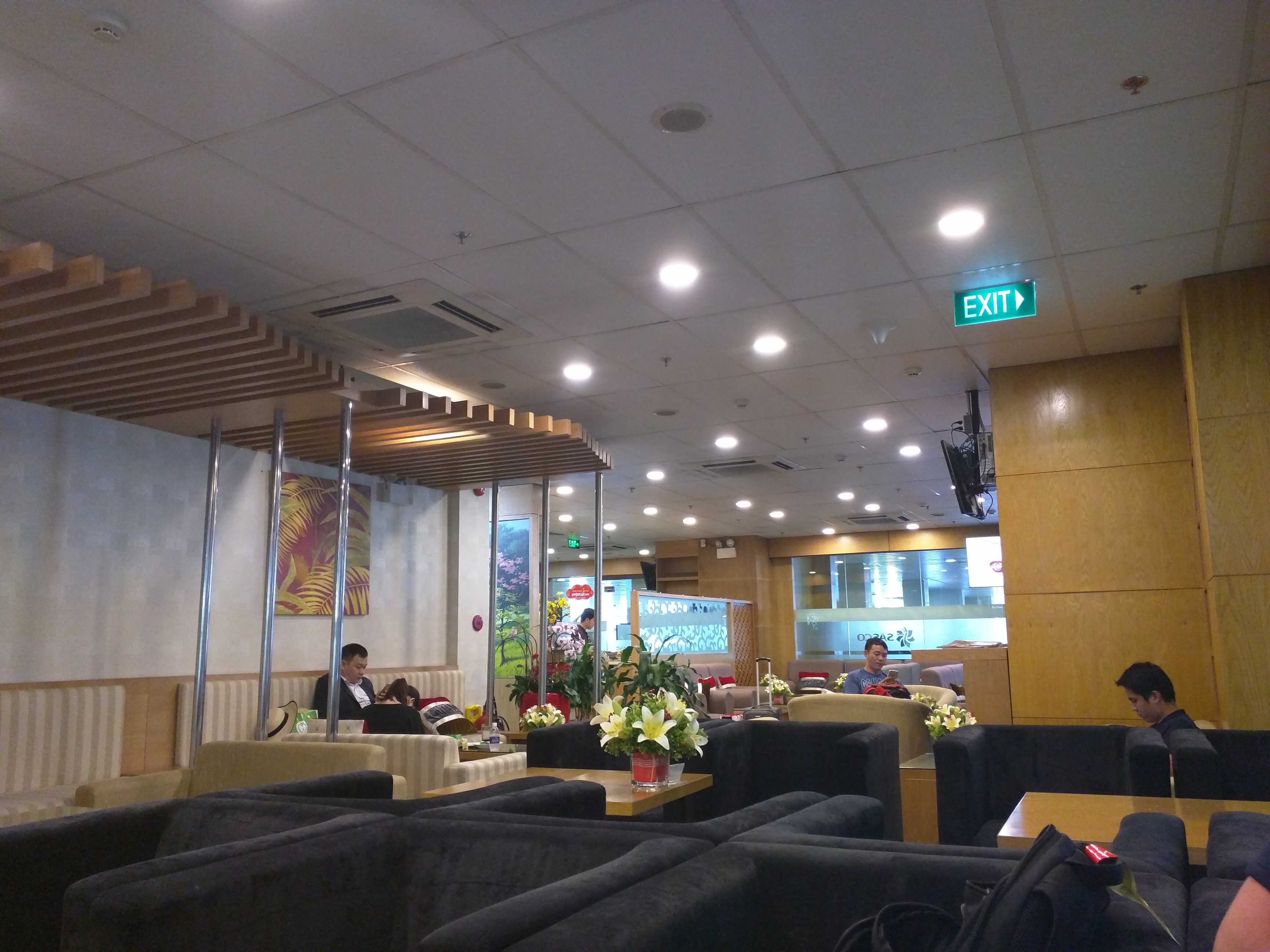
Ho Chi Minh City

Our latest stop has been in Ho Chi Minh City, also known as Saigon. HCMC is the largest city in Vietnam (but not its capital). Its population is around 8.5 million people, and I’m pretty sure every person here owns a motorcycle and driving them 24 hours a day!!! The bike traffic in this city is nuts!!
We stayed in District 1, which is the Back Packer’s district. There are lots of overpriced bars and restaurants in the area and there is a much bigger party scene here than either Dave or I had expected! Liz was telling us that there are bars down that street that are open 24 hours a day!
We did enjoy a few beers down this street, but we had a lot more planned than just Saigon Red and Iced Coffees!!
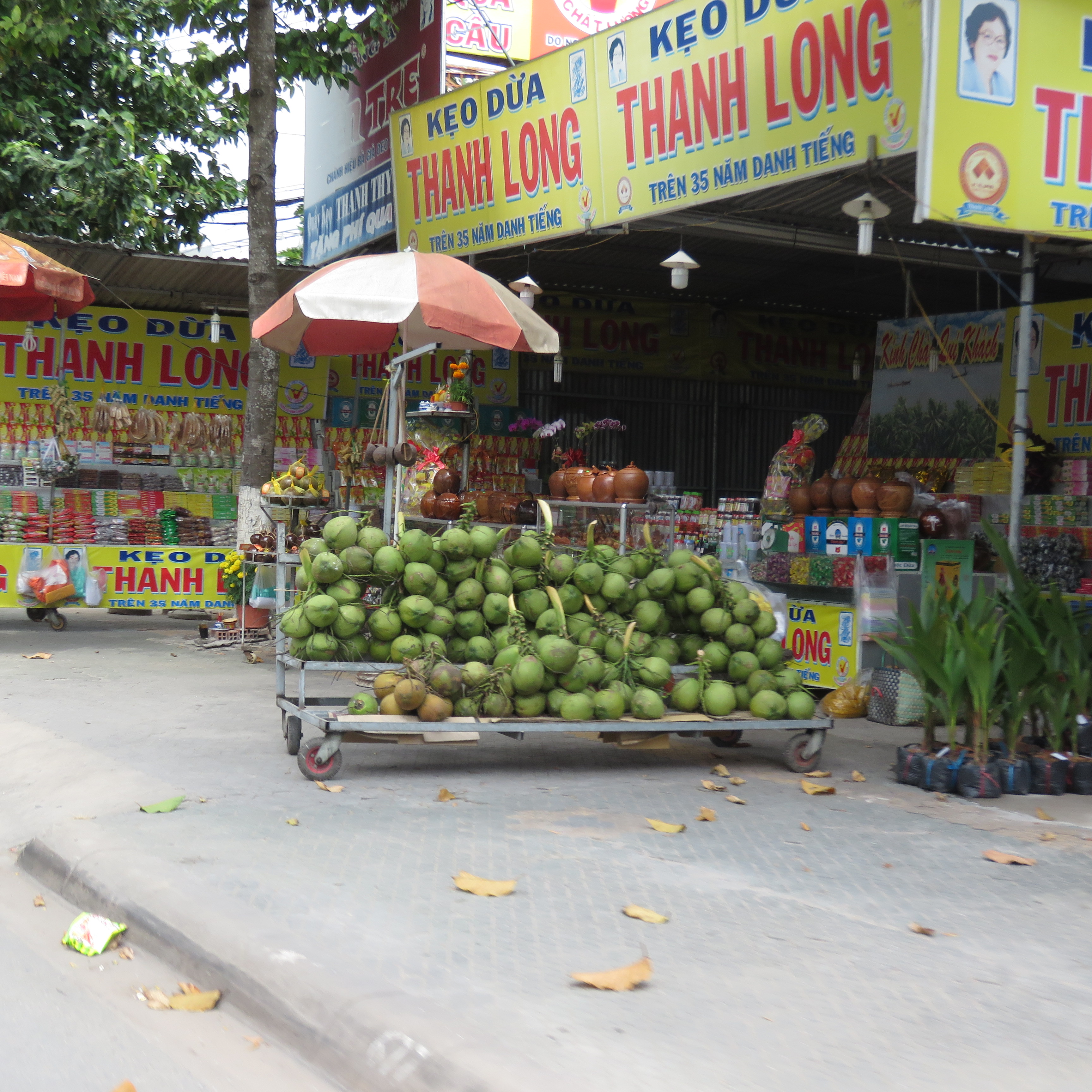
Our Holiday
A few months back, when we were planning our holiday in HCMC, we discovered that our friends Liz and Jeff were going to be visiting at the same time as we were. We made sure to be staying in the same area, and then as we were planning it, a couple more friends decided to join in on the fun! It turned out that 6 of us were all in Saigon at the same time! The best part is that Liz actually lived in HCMC for 4 years, and she was super excited to show us around.
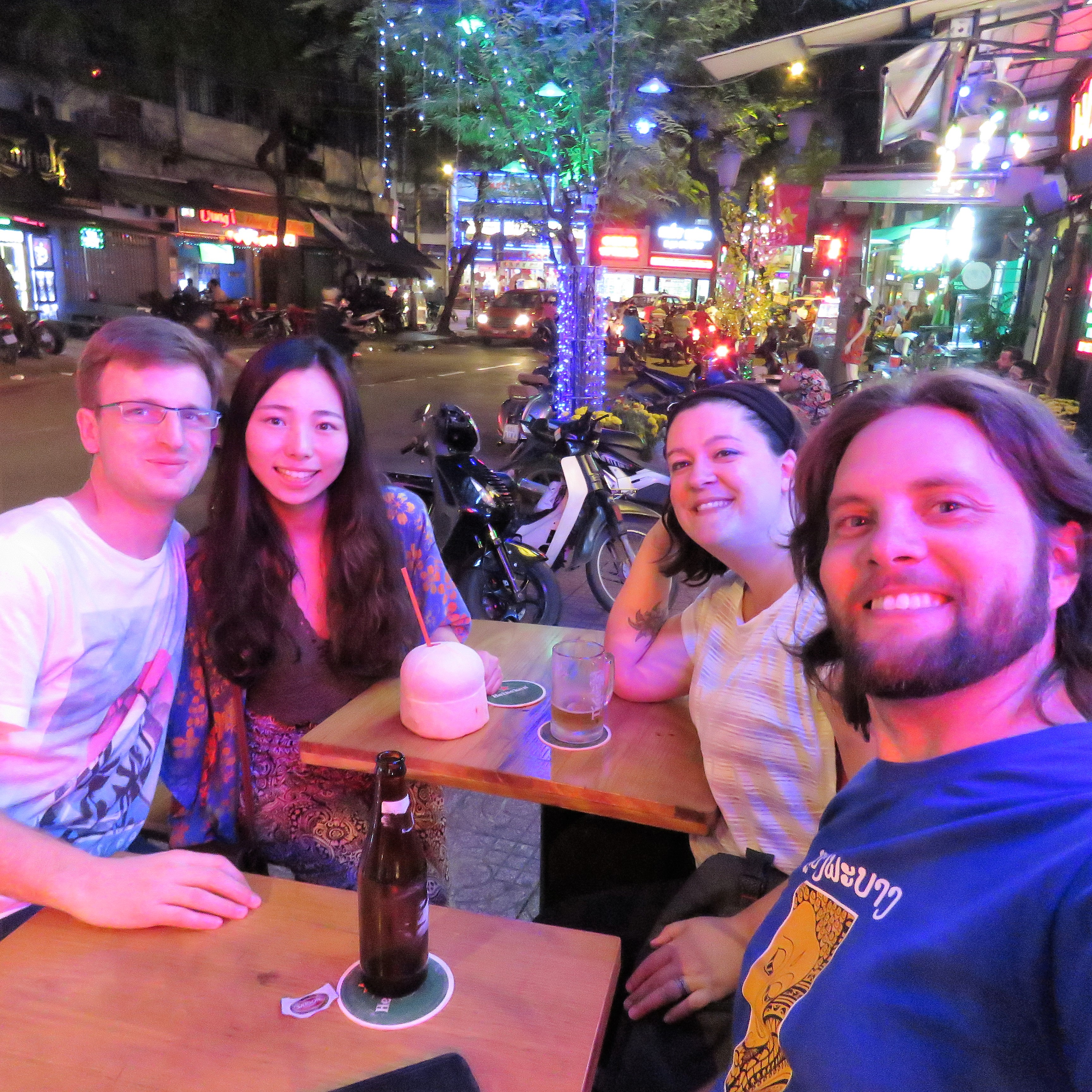
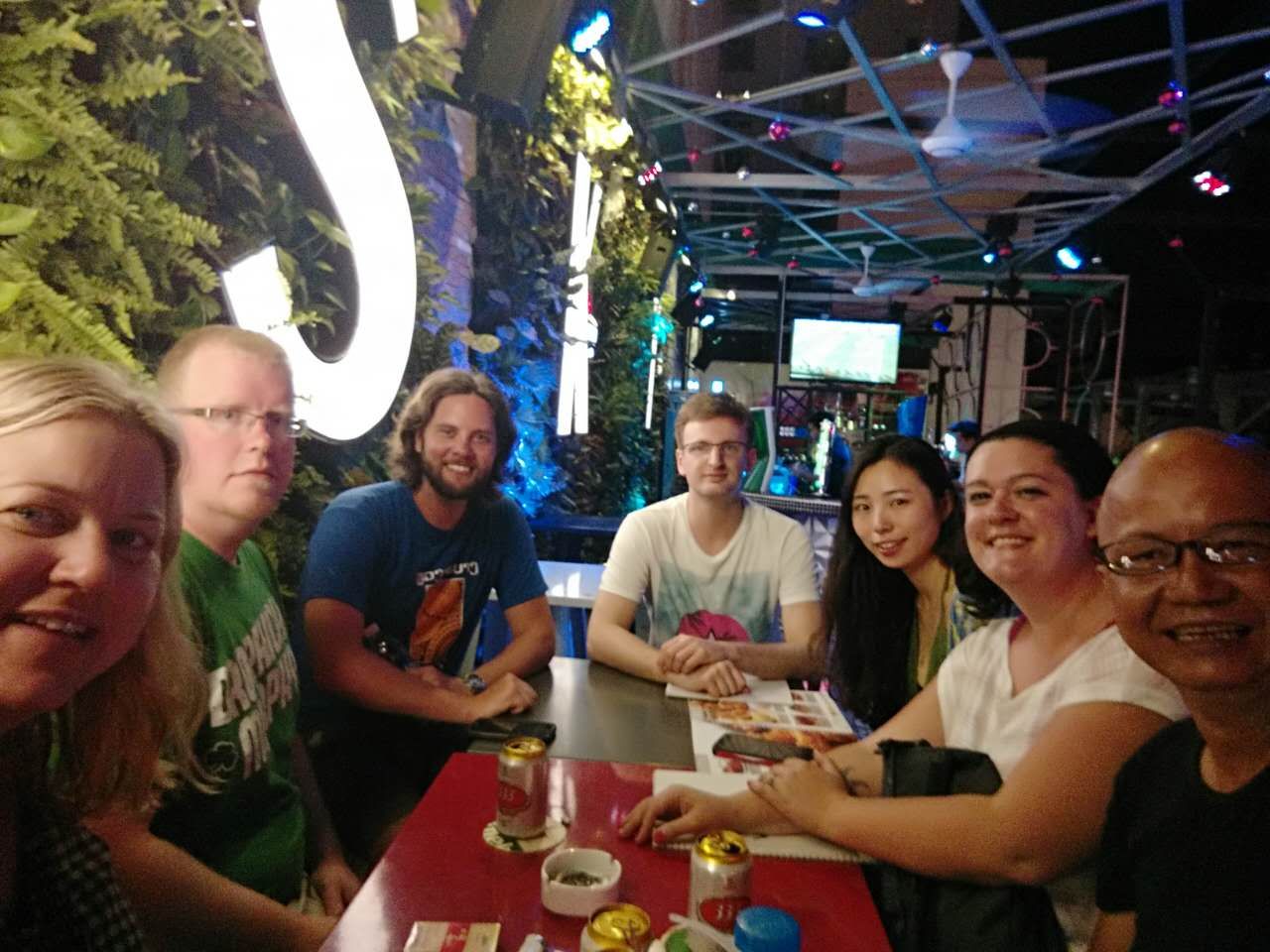
Unfortunately, we didn’t get to do a lot of the things Liz had wanted to do, because it was Tet (Chinese New Year). Just like in China, everything closes down during the holiday. The few places that DO stay open, charge an extra 20% too, which was unfortunate. We still managed to have a good time though and we did lots of exploring in the city and also in the area.
The Sights
There are a few cool things to see around HCMC. Dave and I had a day and a half to ourselves before everyone else arrived and we were able to explore the War Reminents museum (I’ll be writing about that in a separate post) and the Flower Street that is set up yearly for Tet.
There is a huge market near the backpacker street where we were staying called Ben Thahn Market. Dave and I explored on our own a little bit and we ended up back there with Miya and Michael later in the week. Our first visit was short and overwhelming, but the second time around we took some time to explore the place. Bargaining is always part of the experience and I learned a new tip from Miya! If you want them to drop the price a bit more, just tell them they’re beautiful!! It actually worked!!!
Another stop we made with Michael and Miya was the Notre Dame Cathedral and post office, which are actually right next to one another. Both buildings are beautiful. I can now say I’ve seen Notre Dame cathedral in 2 different cities (I also saw it in Montreal). Unfortunately, I’ve yet to see the one in Paris…though one day I am sure I will!
Saigon is home to several museums, including the War Reminents Museum (with information about the Vietnam War), an art museum and Reunification Palace. We went to the palace yesterday, mostly to escape from the heat. The building was the center of government for many years and it now acts as a museum where you can see original furniture, decor and even an underground bunker from when the palace was still in use.
Although the palace has a tonne of potential for being a great stop for tourists, there are definitely some key issues preventing it from really shining.
For one, there is a real lack of signage in the museum. On the main floor there are some explanations regarding which rooms functioned as what, but in terms of the smaller rooms, it would have been great to have some stories that tied people to the rooms we were looking at. Without that kind of information, we were just looking at dated desks and chairs.
And telephones….so…many…telephones!!
Overall it was pretty cool. The bunker was interesting enough and I found the kitchen pretty neat to see.
The bedroom was also interesting. They had a really cool old hair dryer and for some reason, there were 2 toilets in the adjoining bathroom.
Overall it was a fine way to spend an hour, but I think the War Remnents museum was a lot more educational and it definitely left a bigger impact on me.
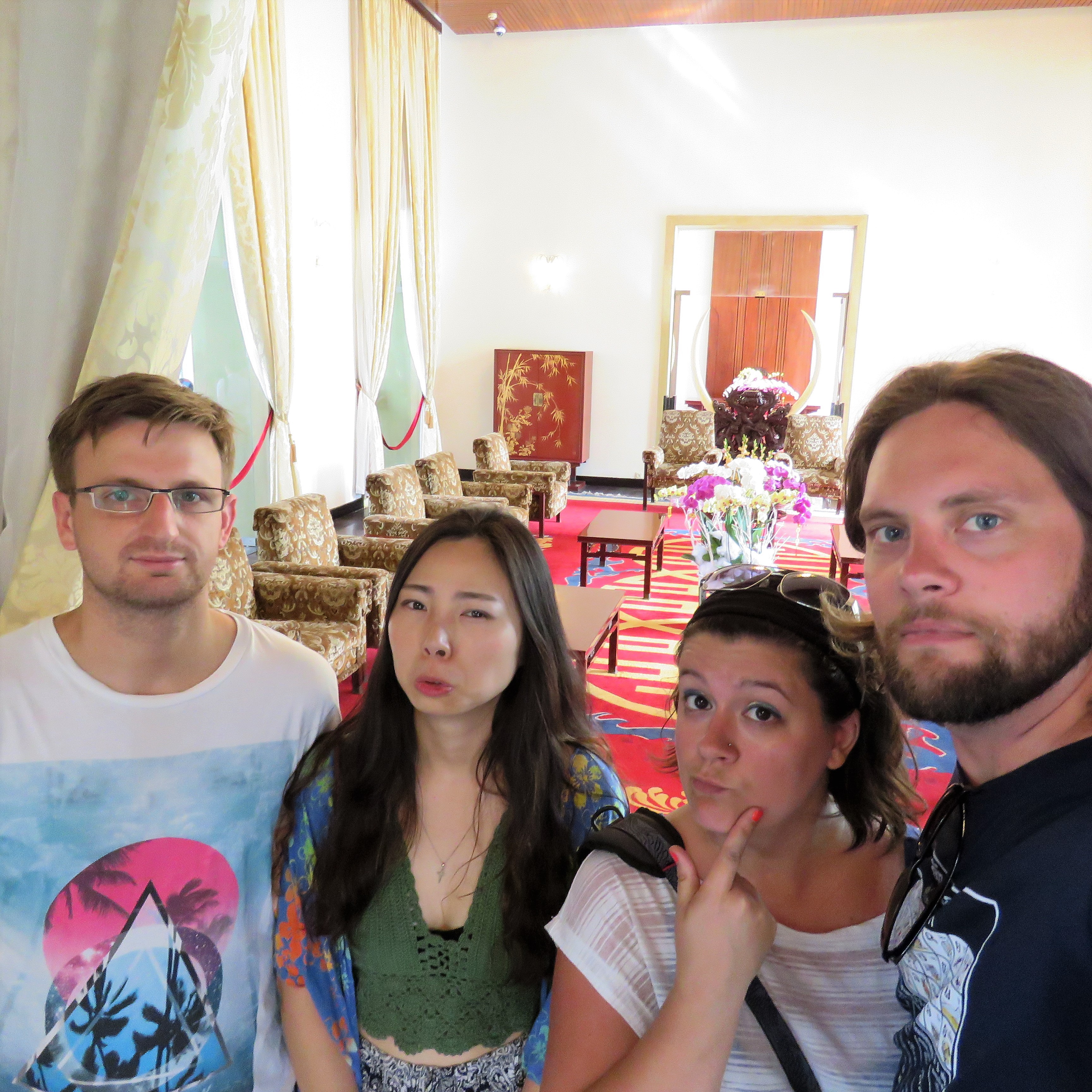
We also had a chance to find a Geo Cache while in Saigon. Miya was pretty excited because it was her first chance at this game. I, as always, dragged my heals until we were there, and then got into it. The cache took us to a very pretty fountain where I got some great shots.
I saw Michael trying to take a picture of Miya for her, and I offered to help. It’s nice having a willing model to photograph lol!!!
So that’s what we managed to see in Saigon proper. We also ventured out to Monkey Island, about 2 hours outside of the city. We rented motorbikes for the day and followed Risky and Liz all the way to Lam Vien Can Gio. There, you can see monkeys and salt water water crocodiles.
Once more, Tet prevented us from the full experience. We weren’t able to see the crocodiles, and we were given 5 minutes to take some photos of the monkeys before we were shooed of the park so that the guards could go home. To be fair, those guides did stick around and they even called the monkeys over for us, even though it was their holiday. That was pretty awesome of them!
Of course, as is often the case, we made a feline friend along the way….
The best part of this trip was the small detour we made on the way back. We stopped by the ocean to see where the Mekong mixes in. The water isn’t exactly clear, but it was a gorgeous way to see the sun start to set.
That’s about it for Ho Chi Minh City! Next, I’ll be writing about our trip to the Mekong Delta, which is one of the most lush and beautiful places I’ve ever seen in my life!!
